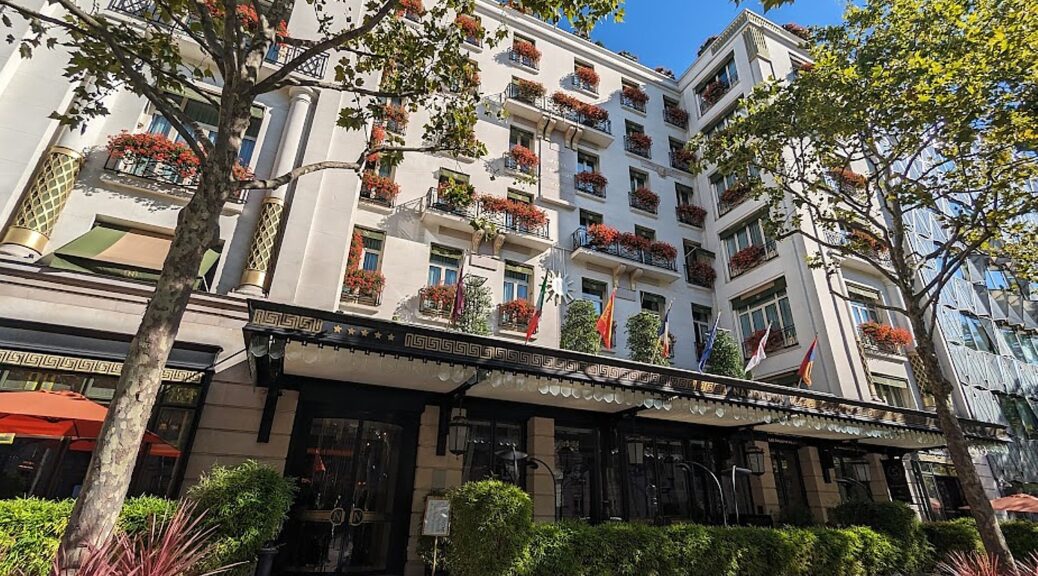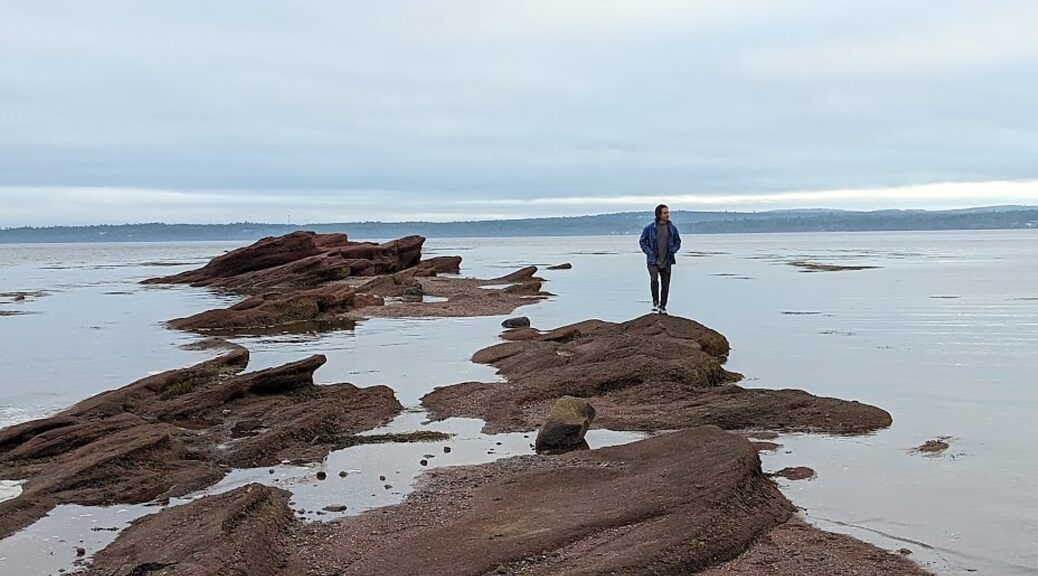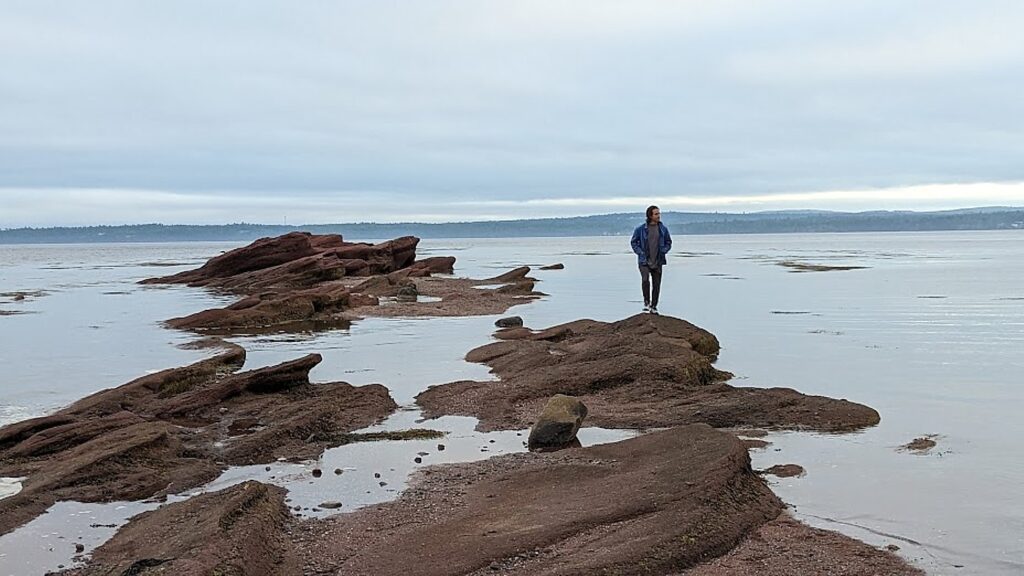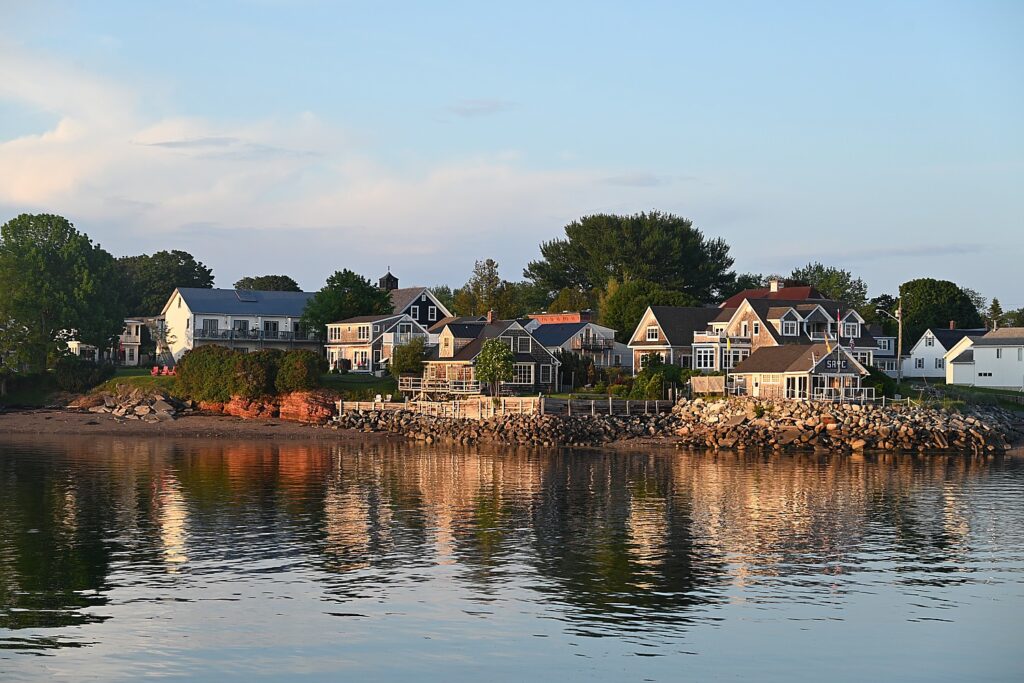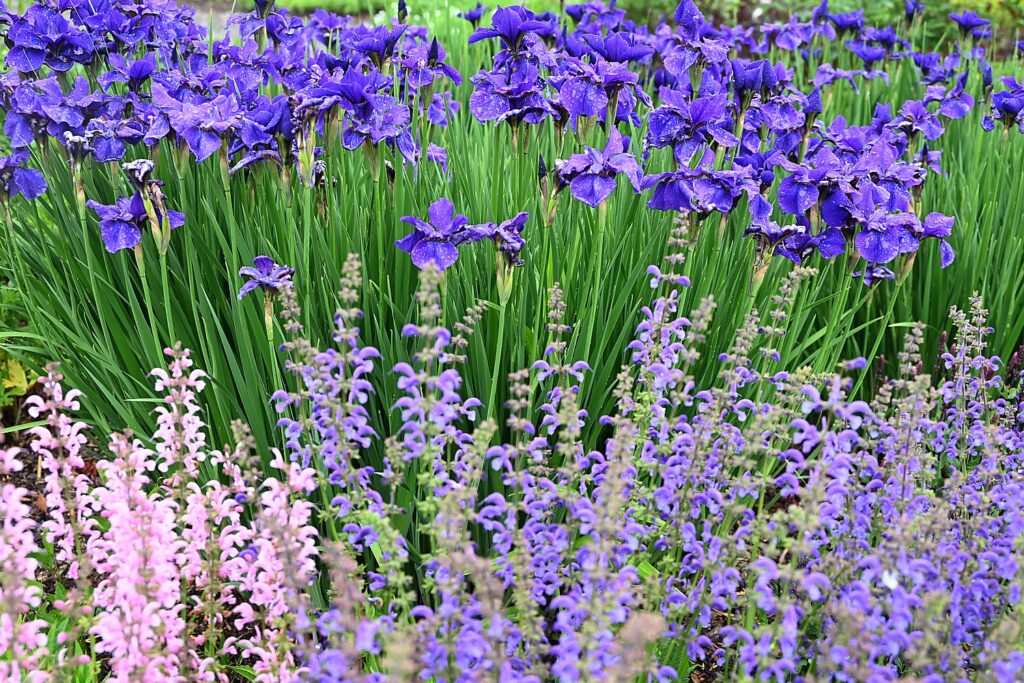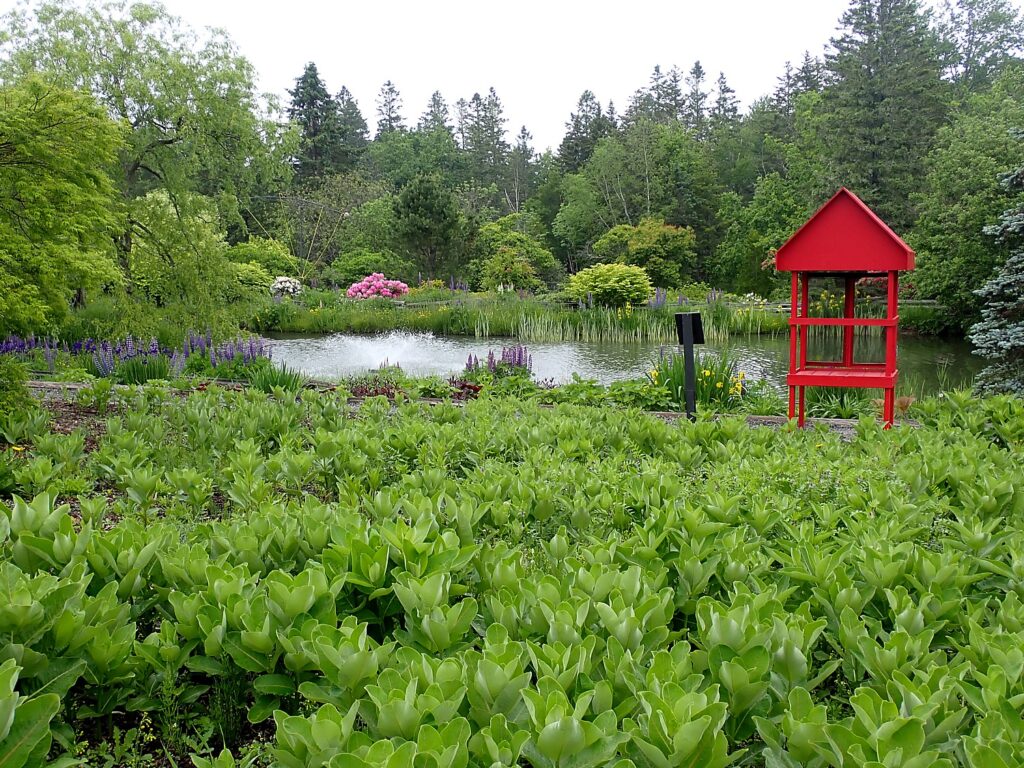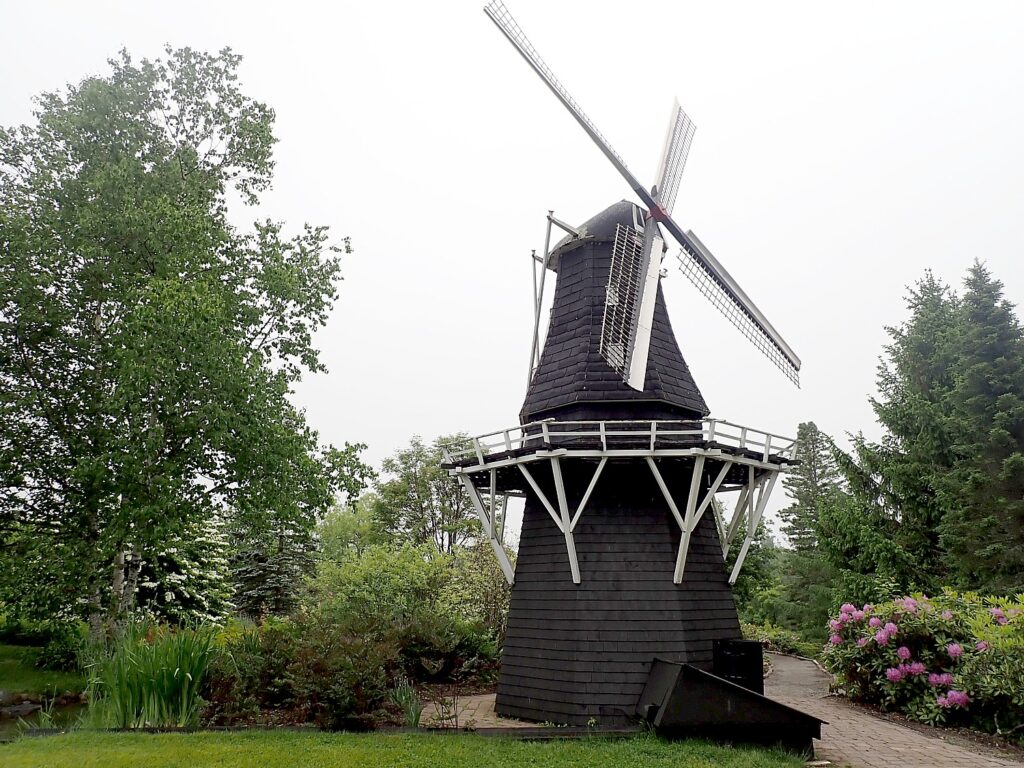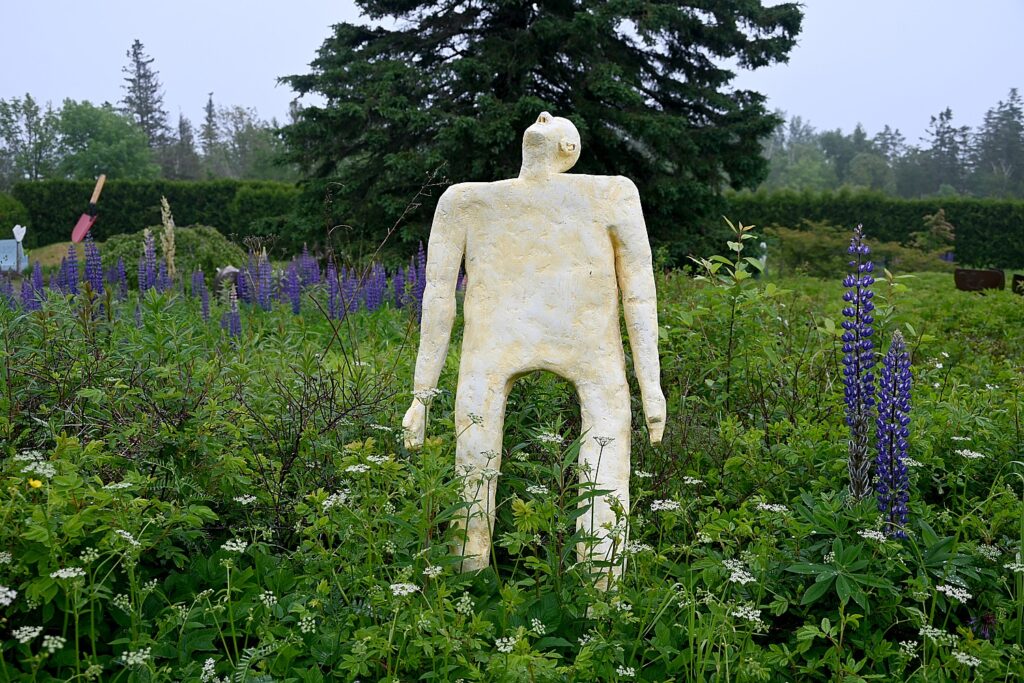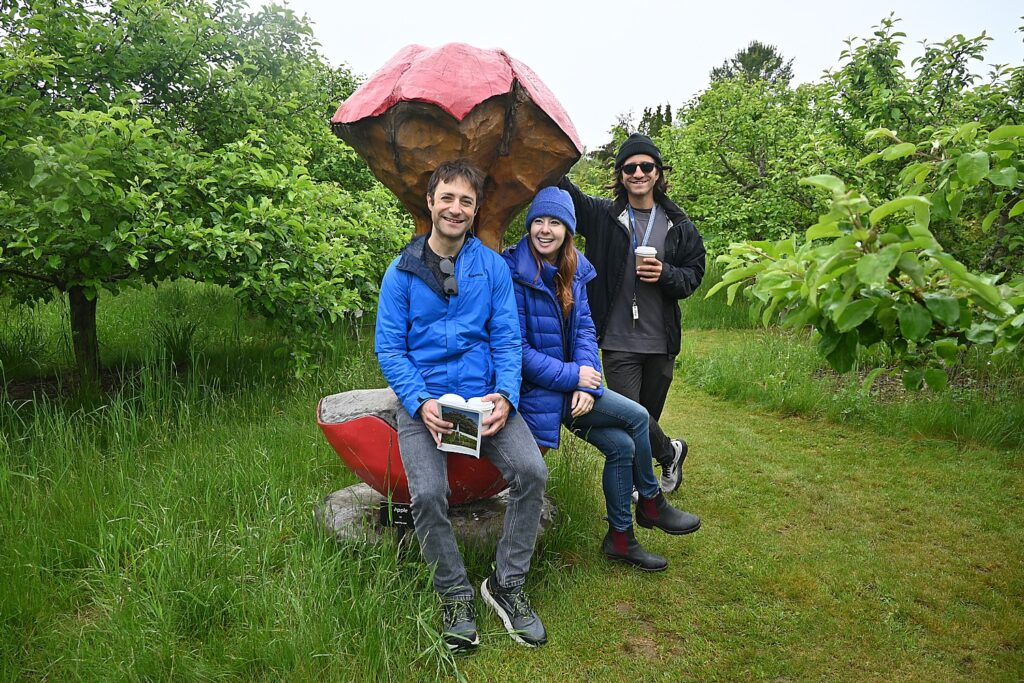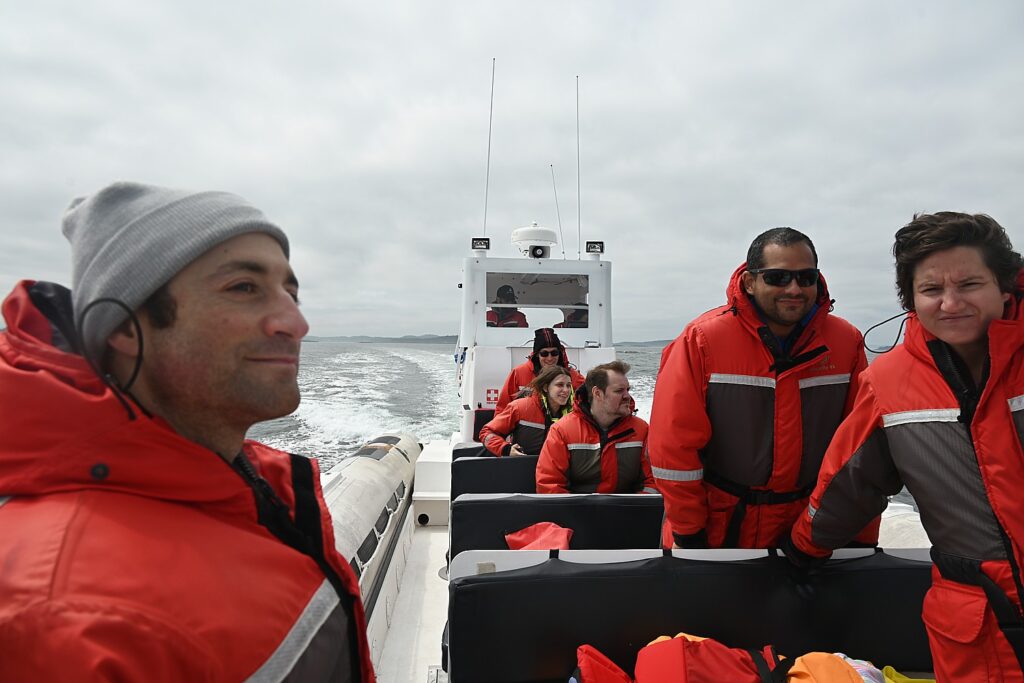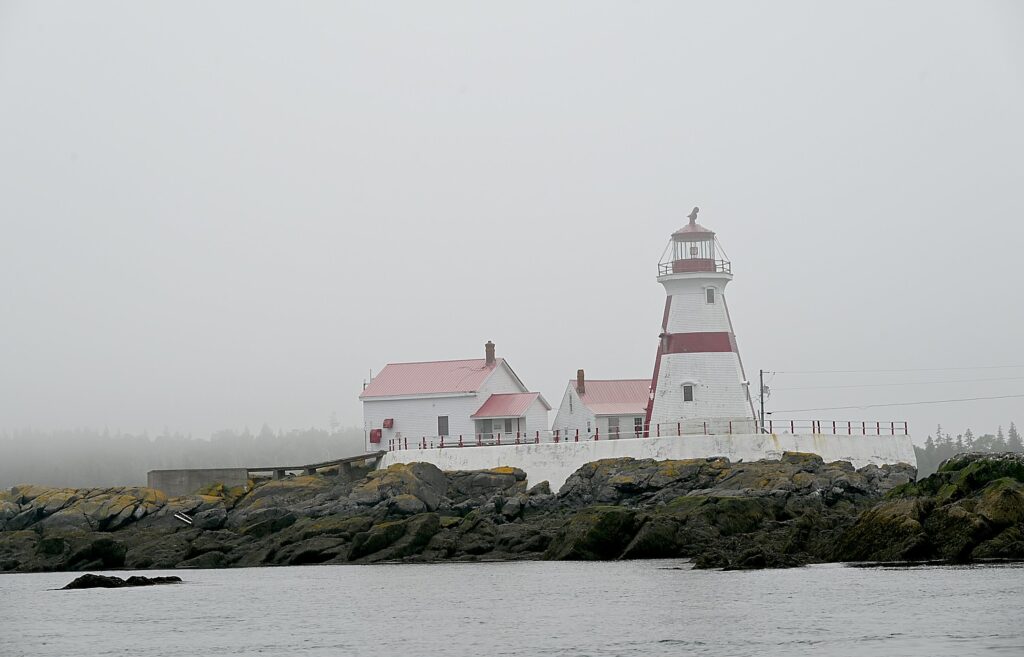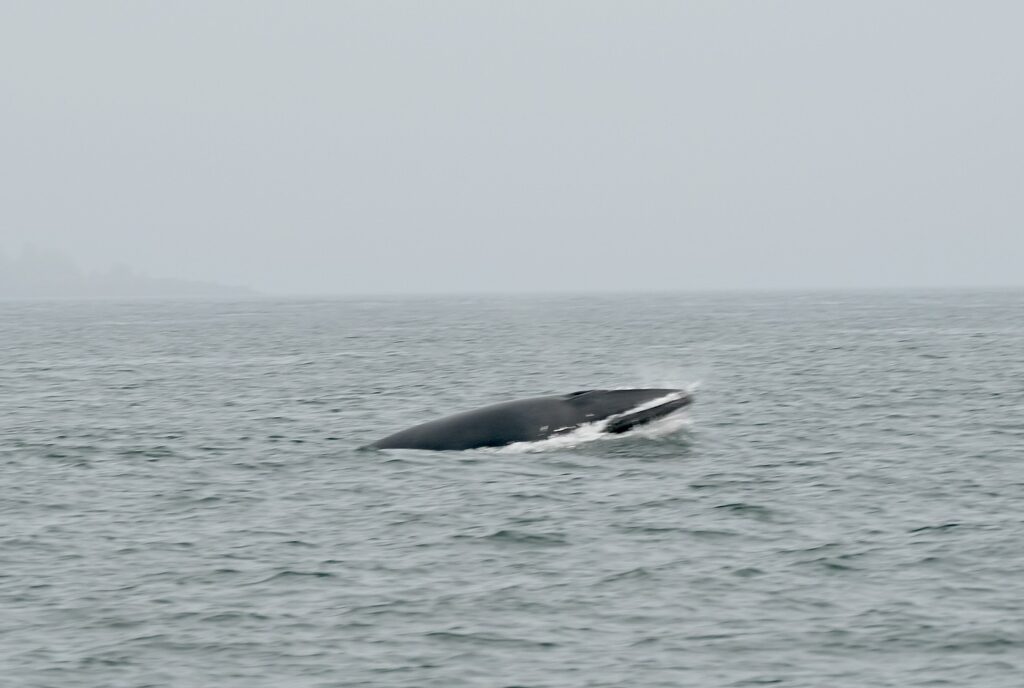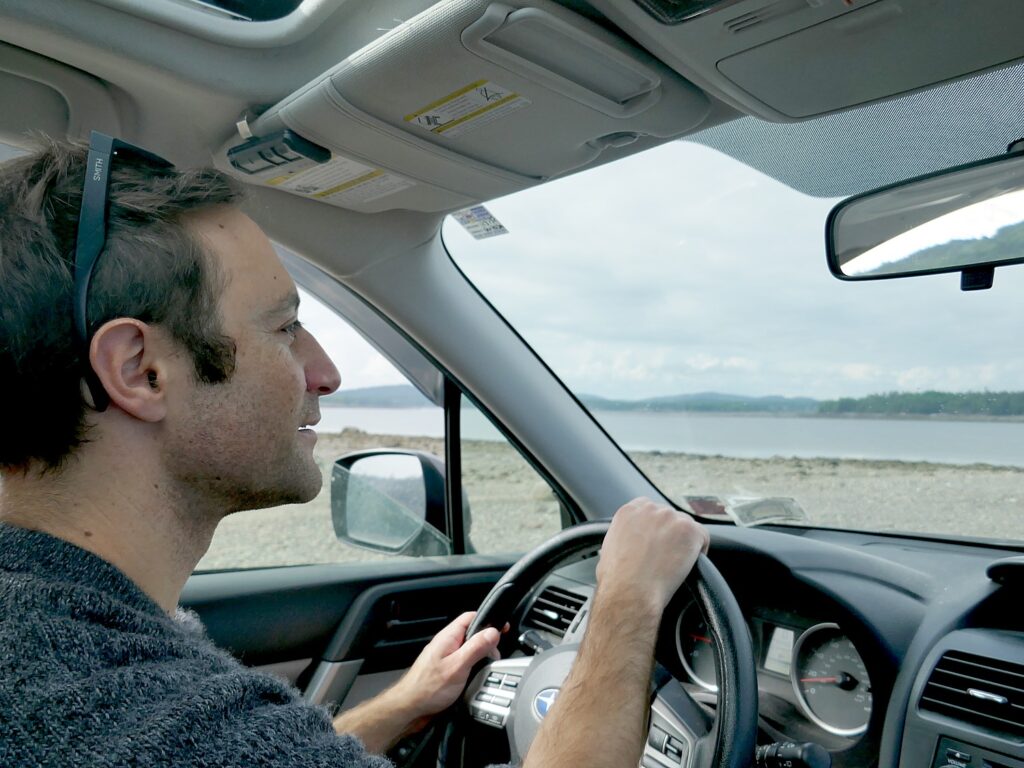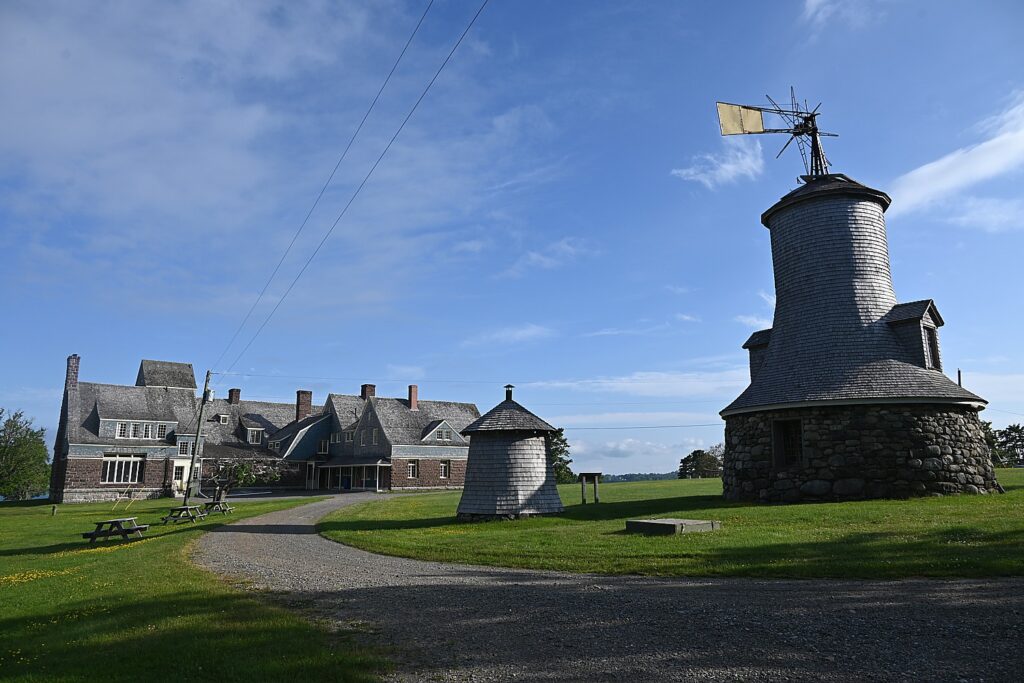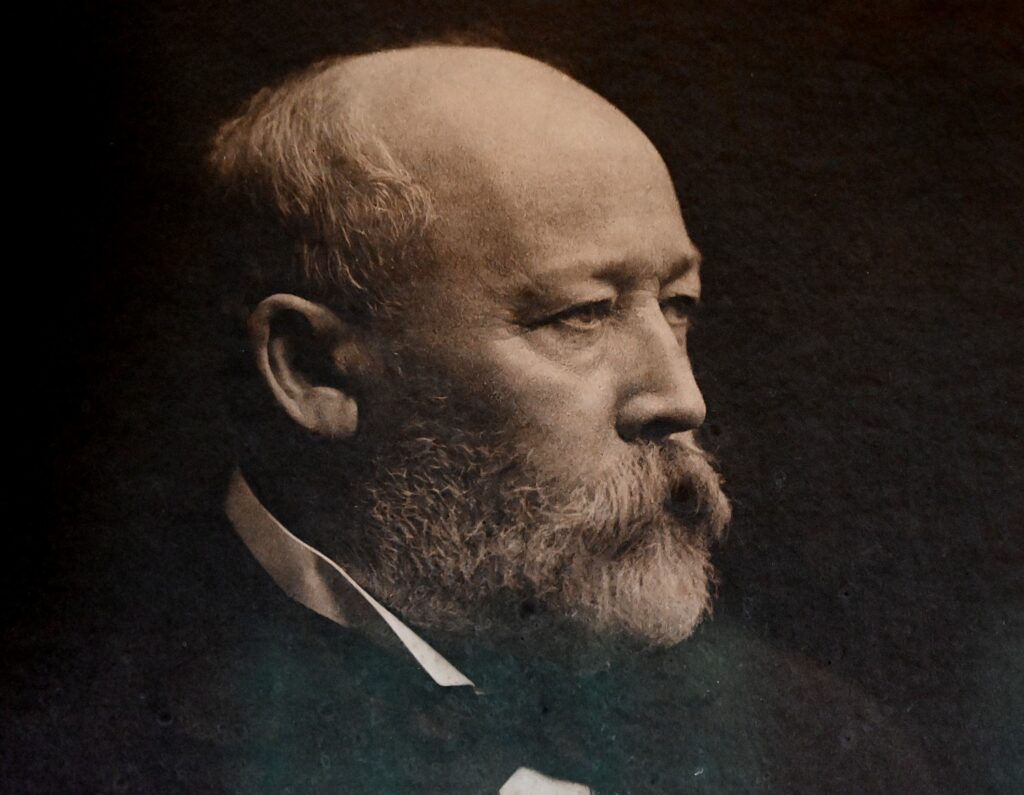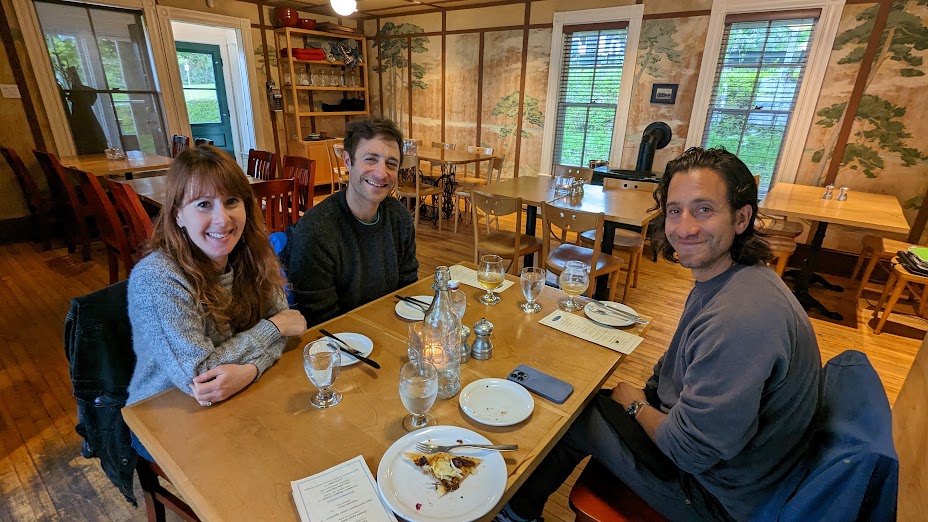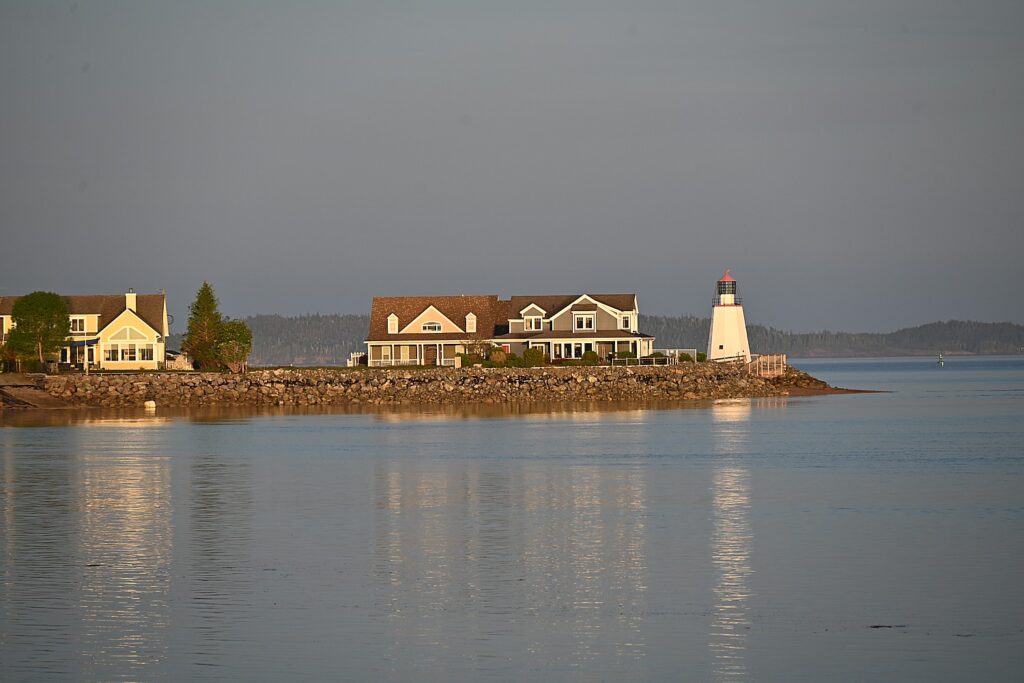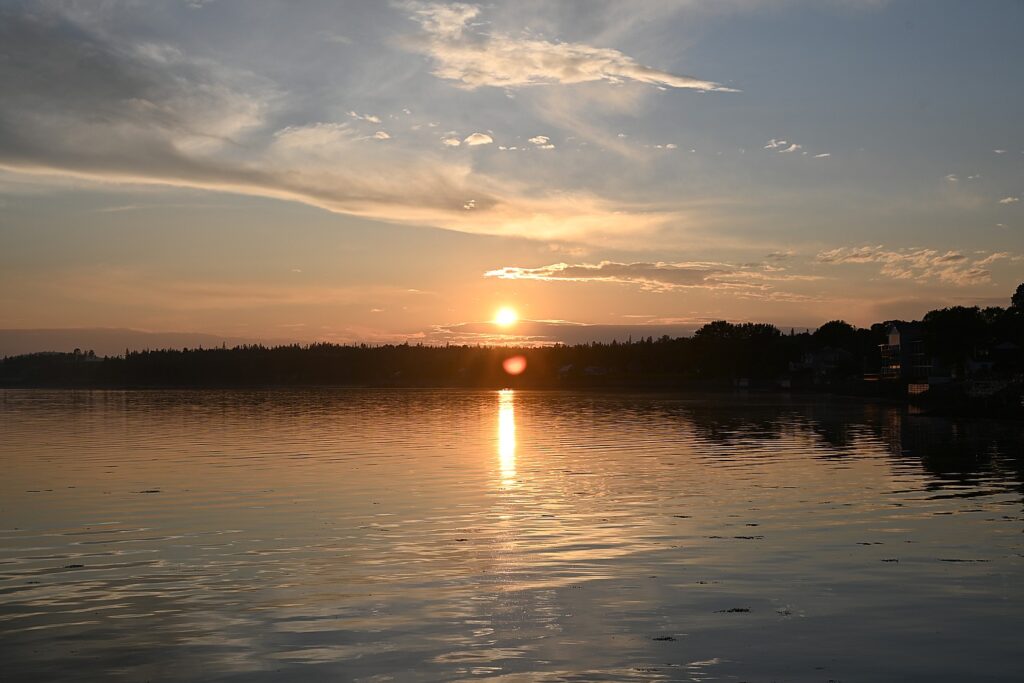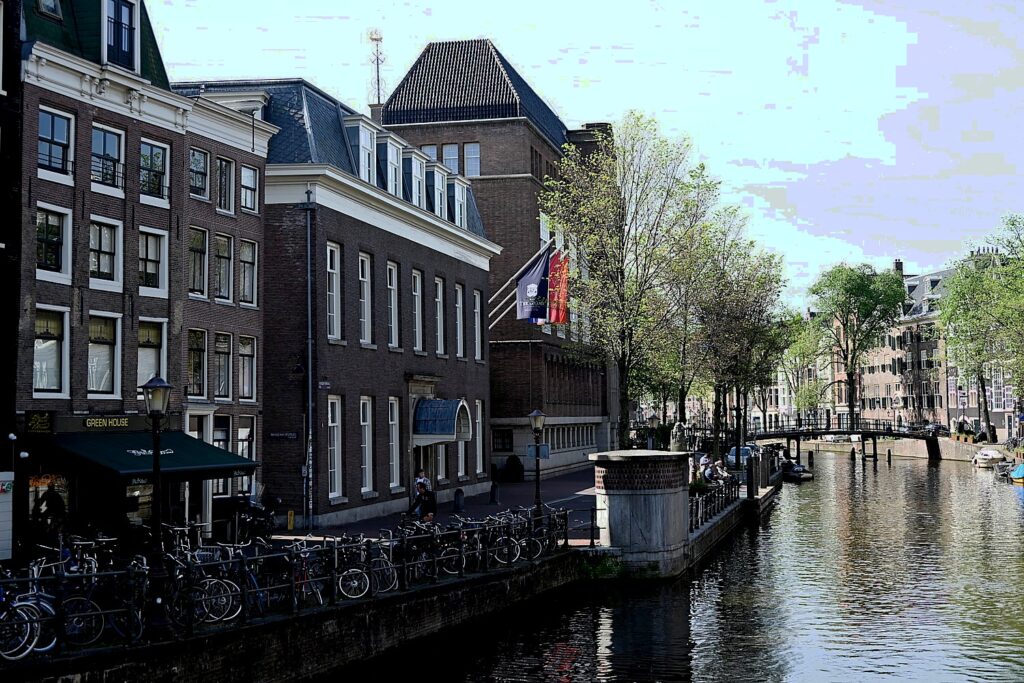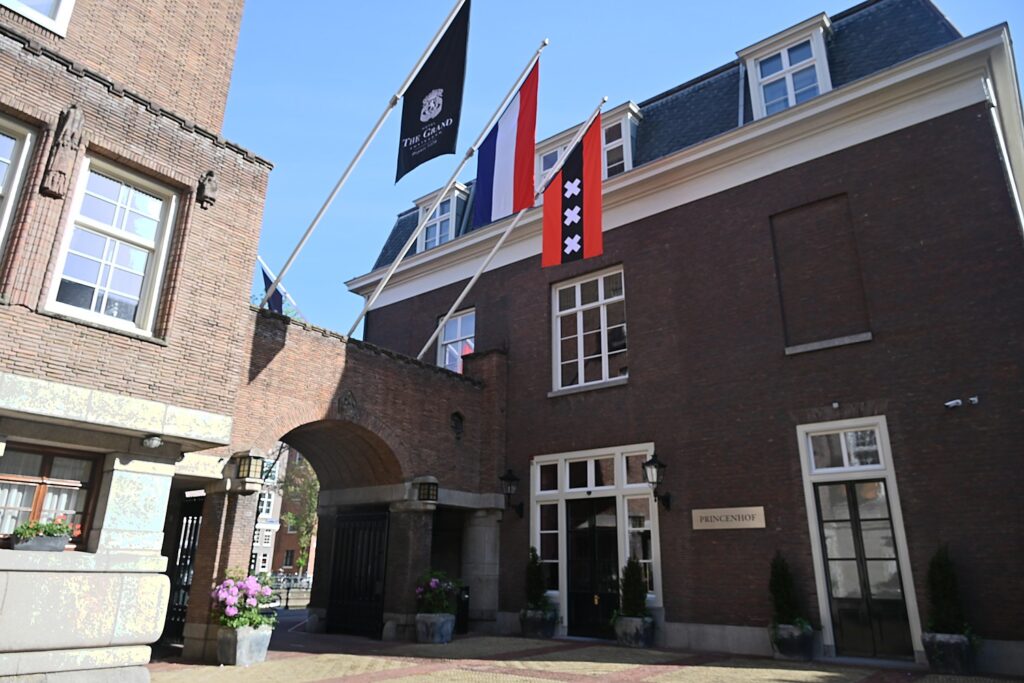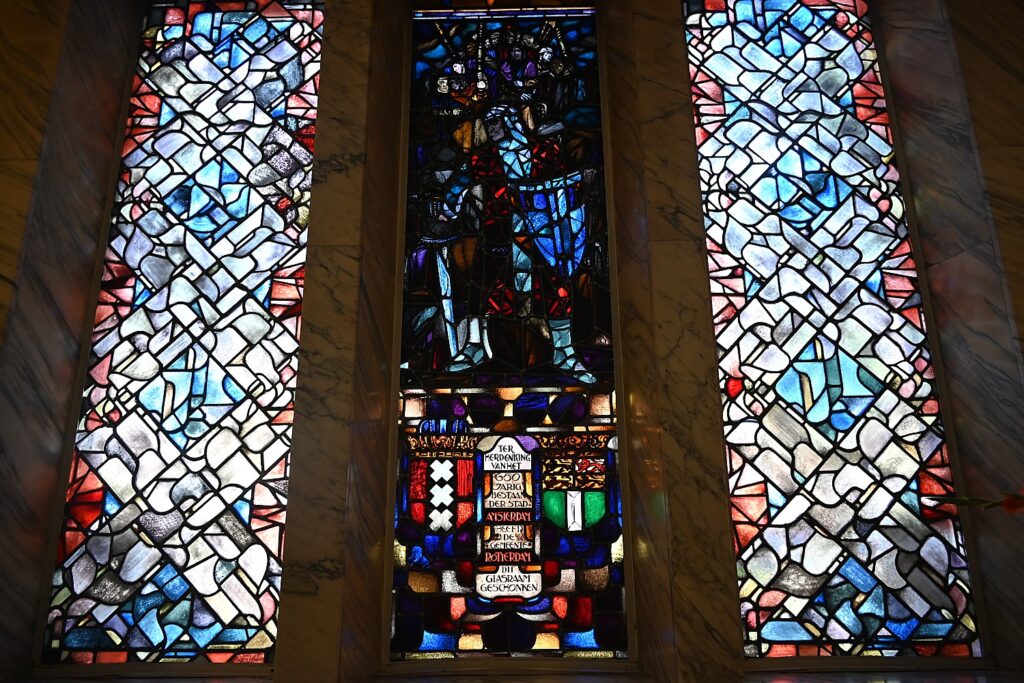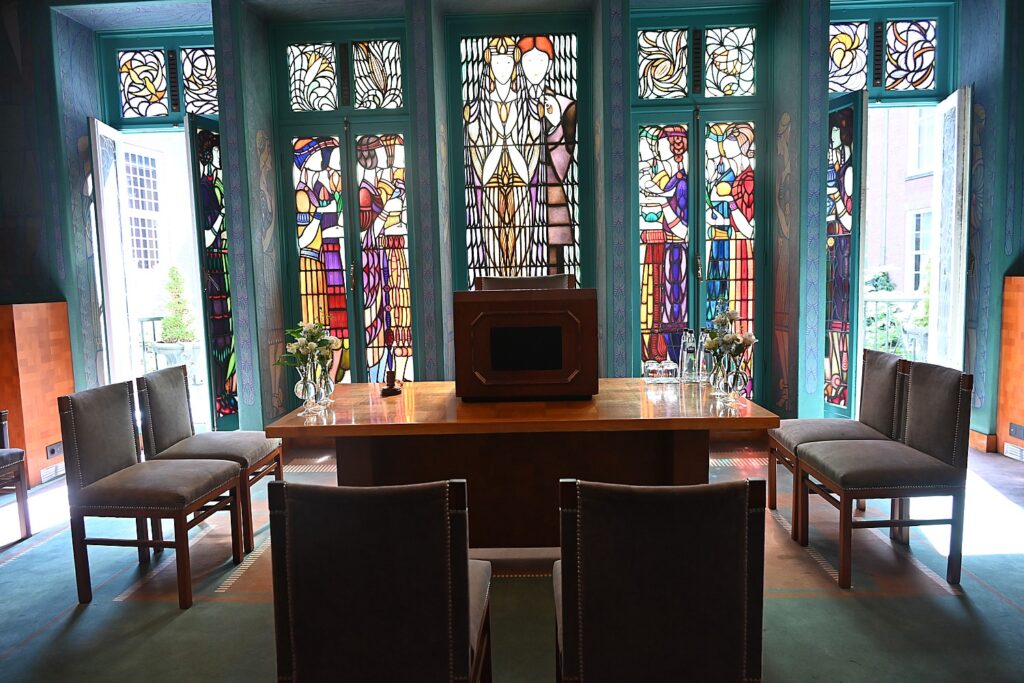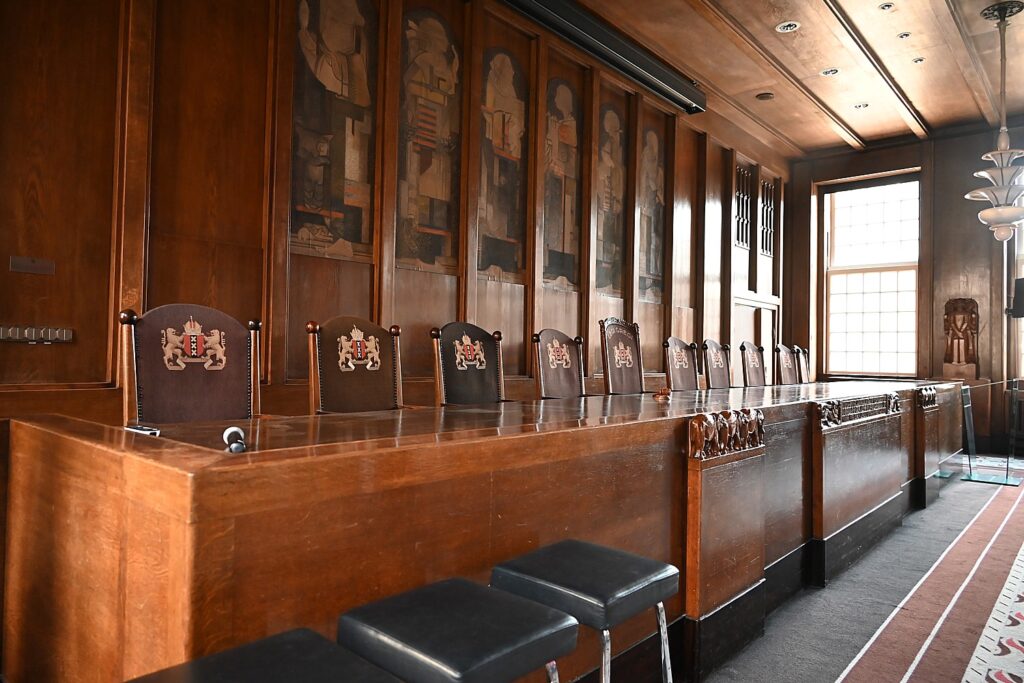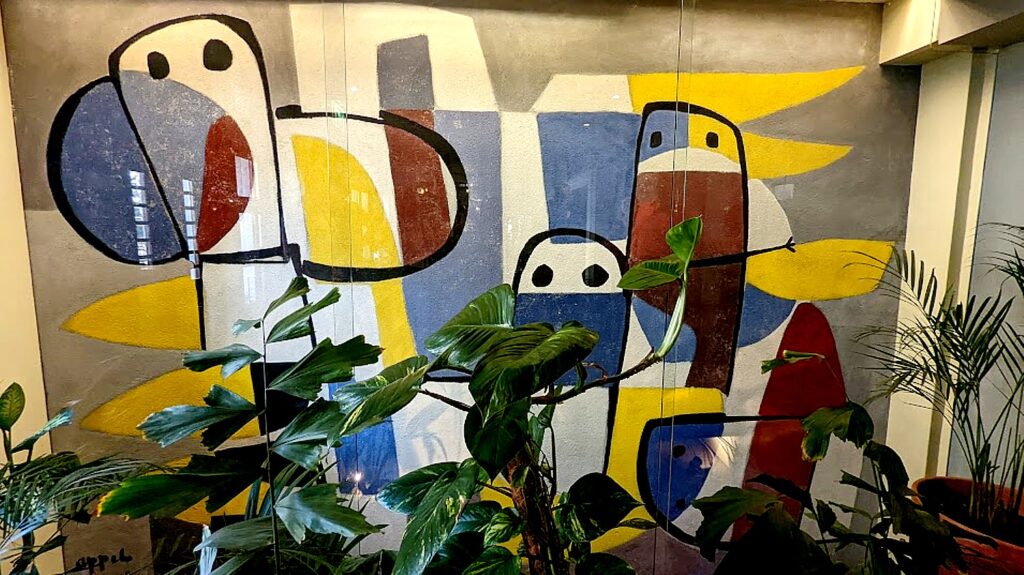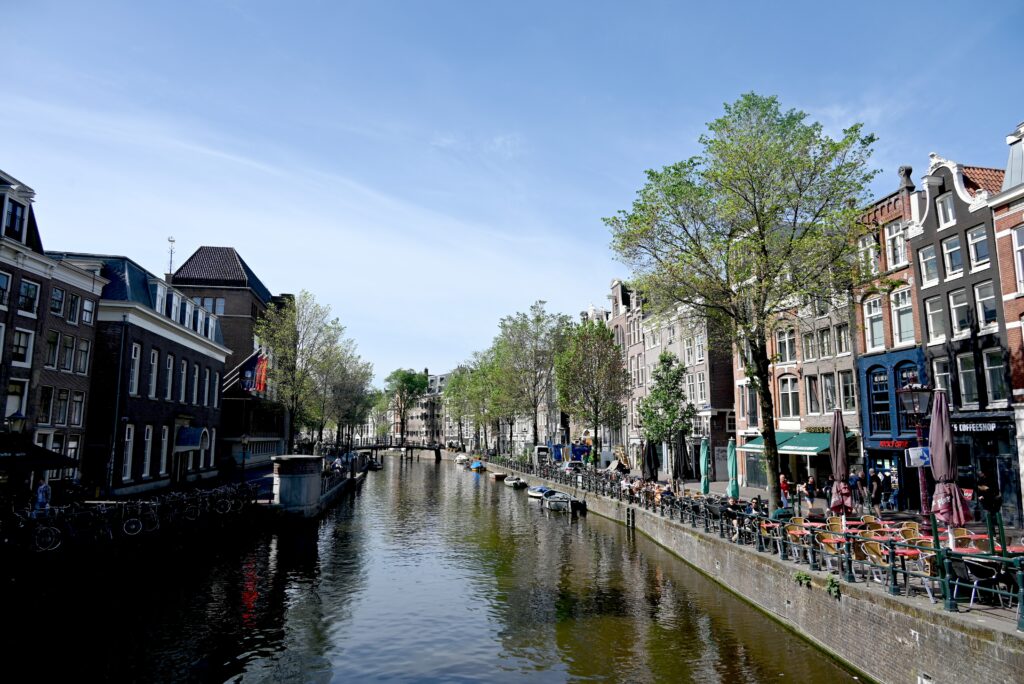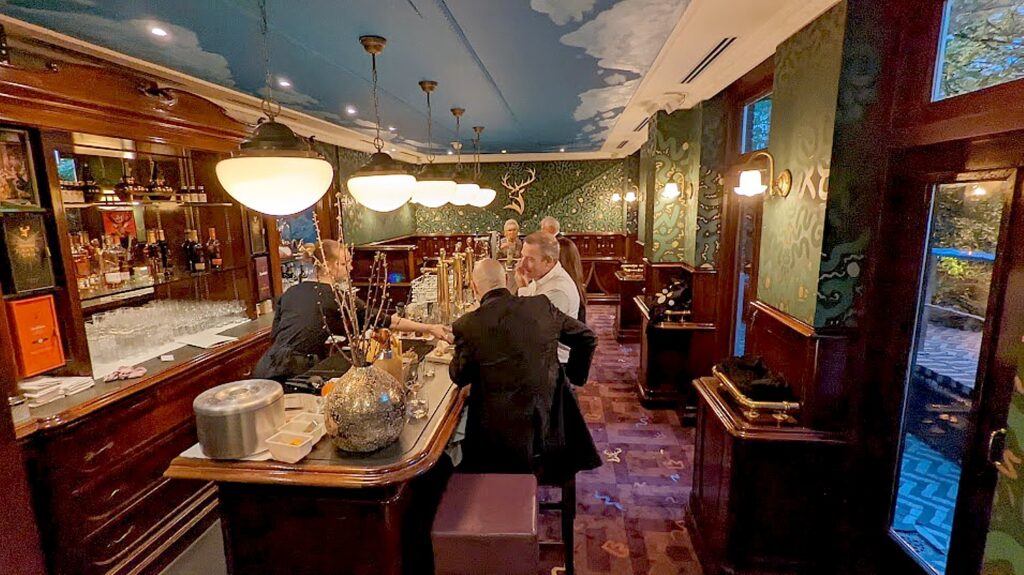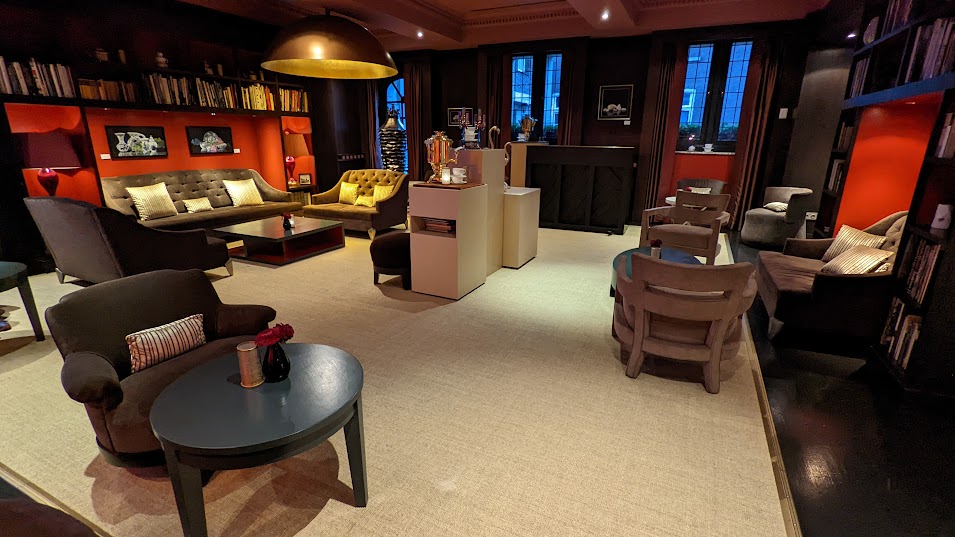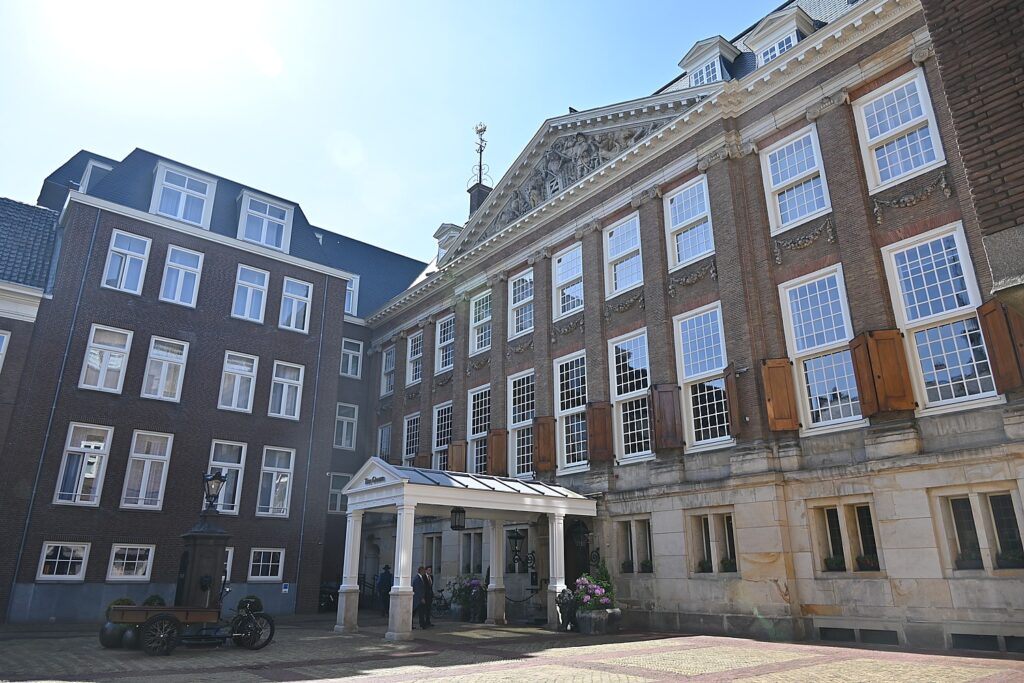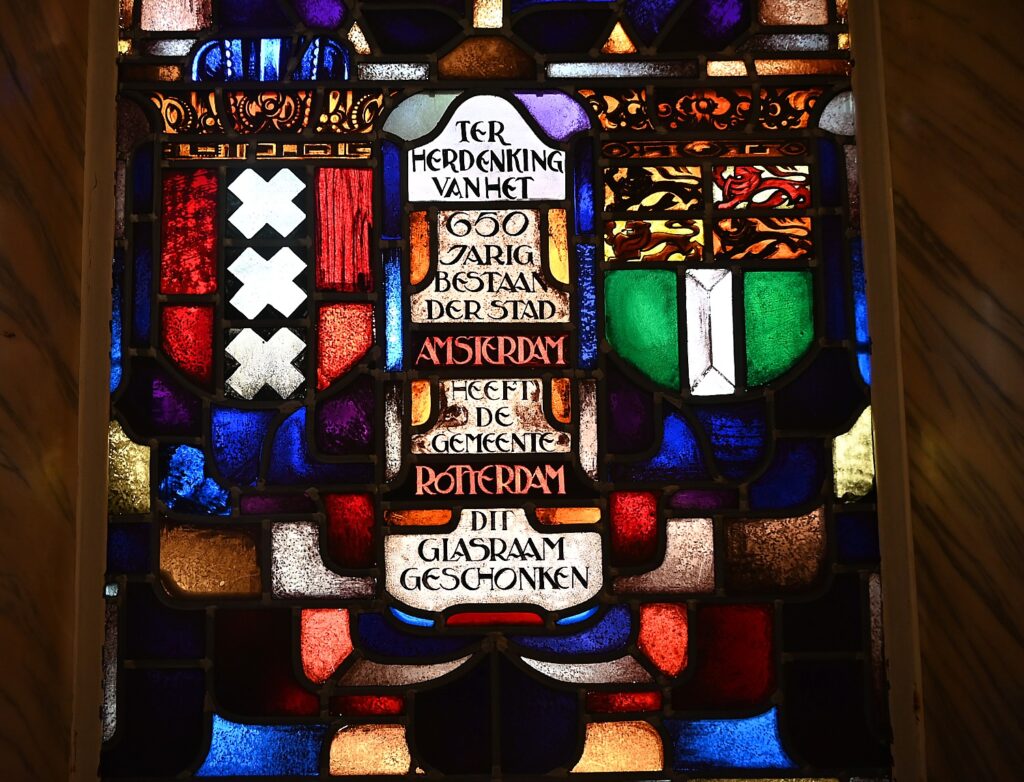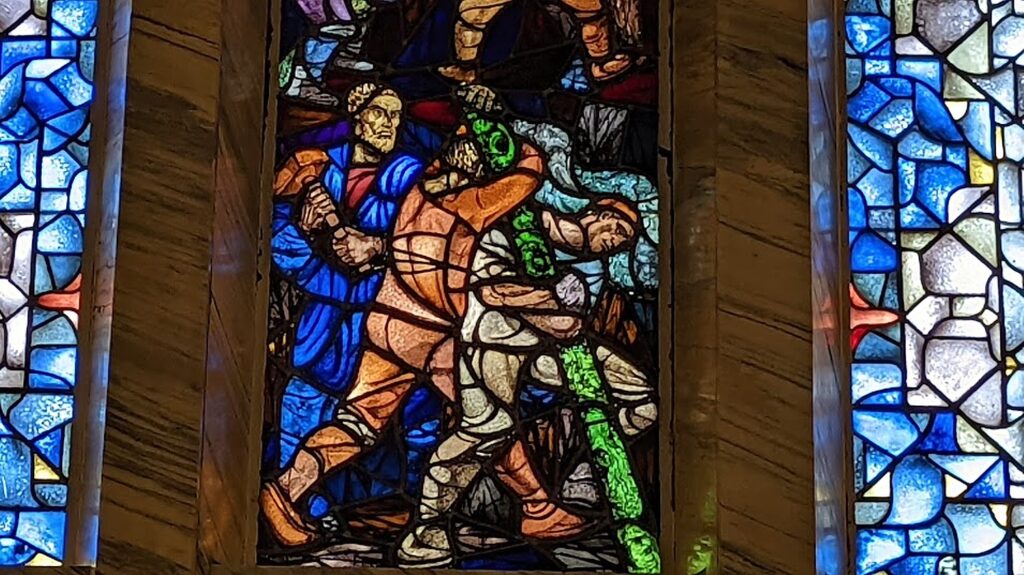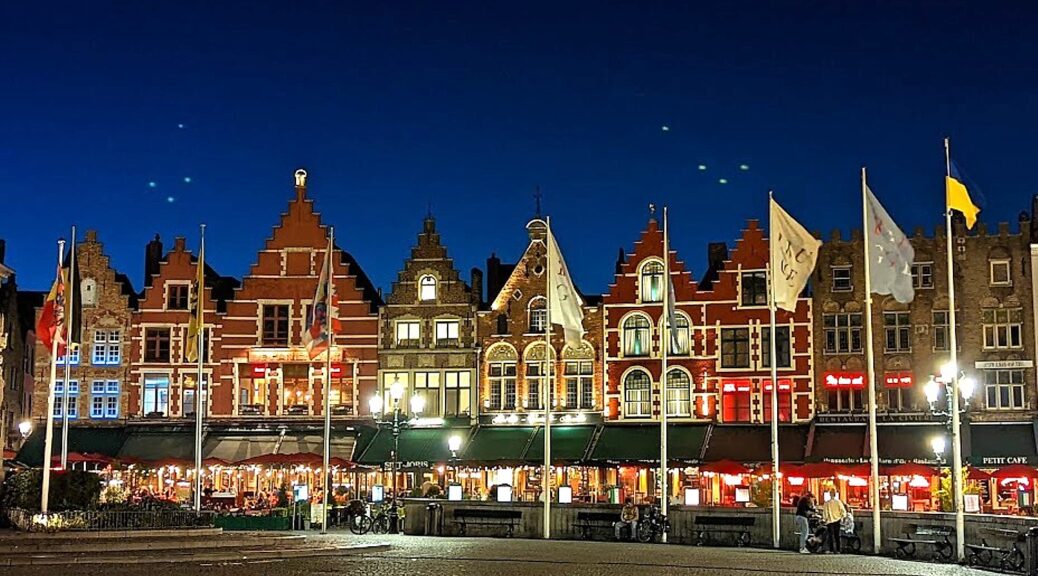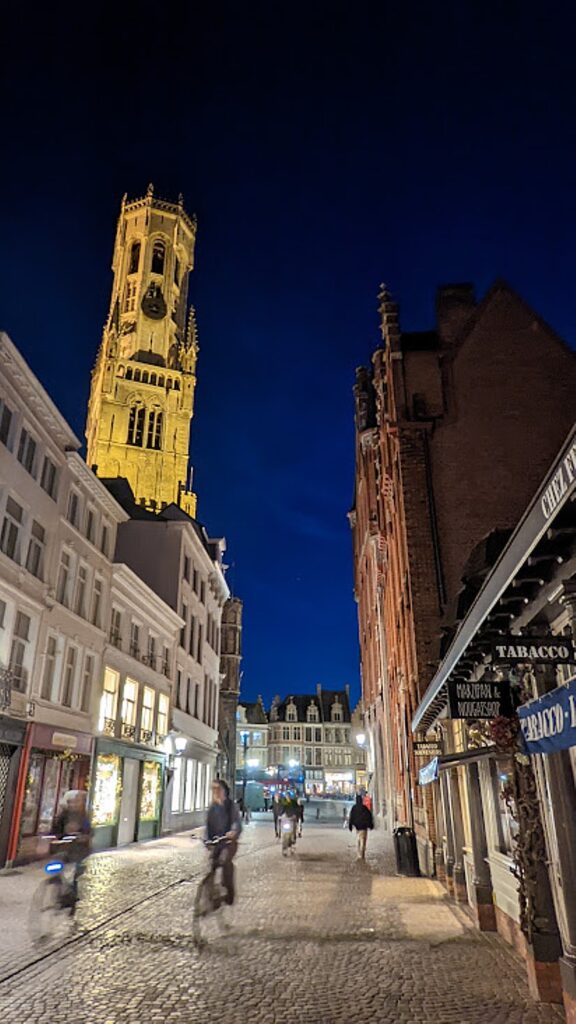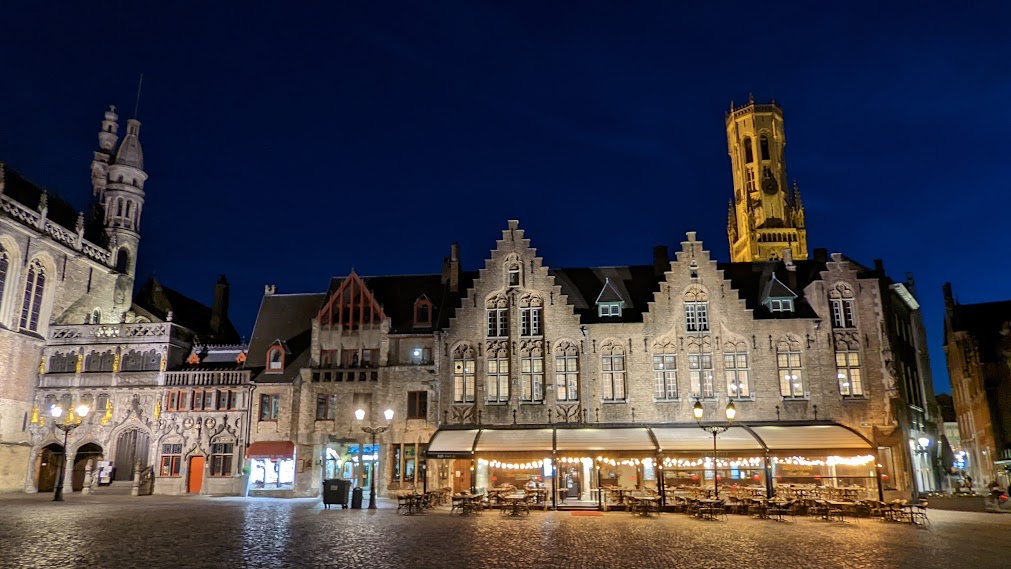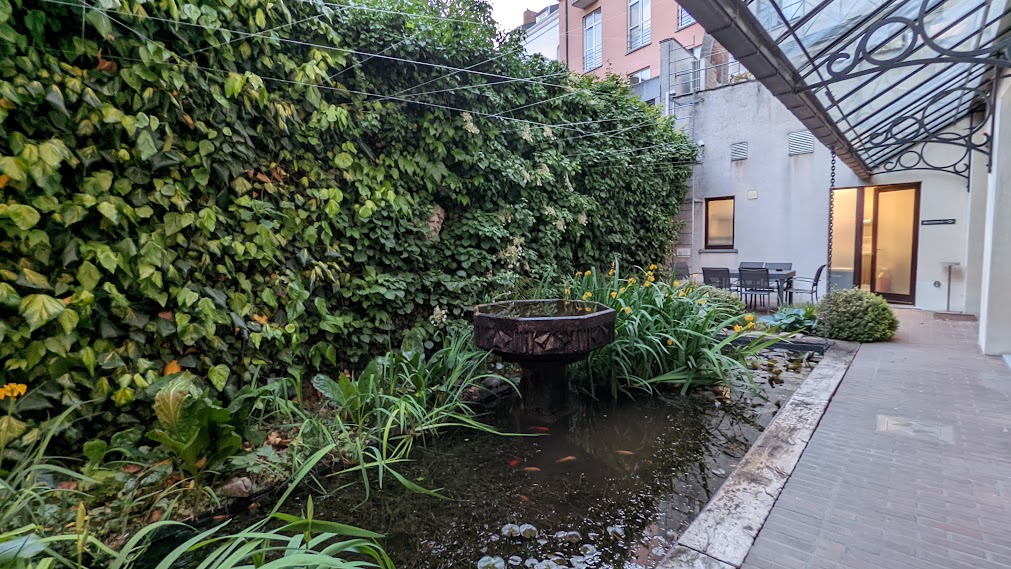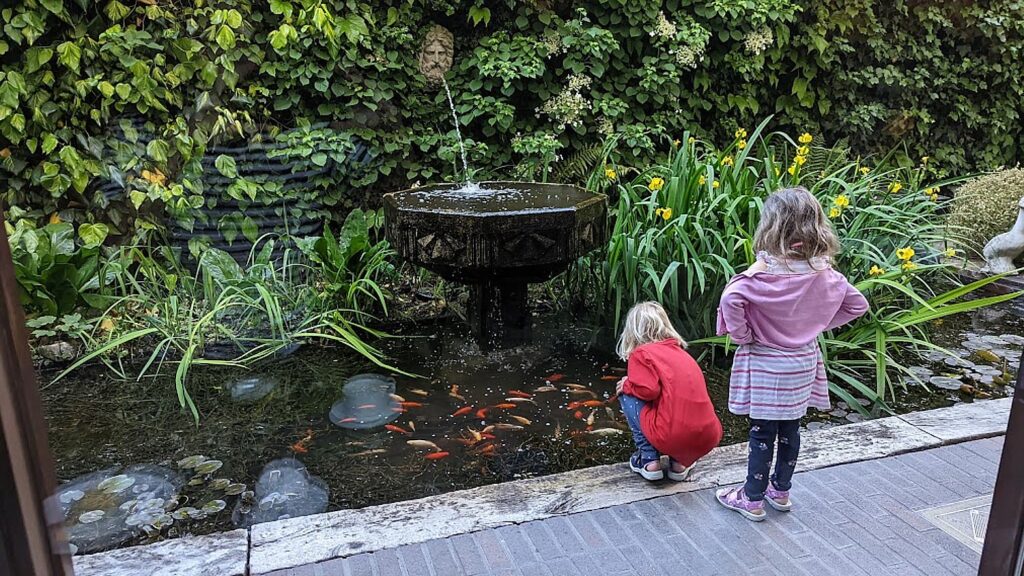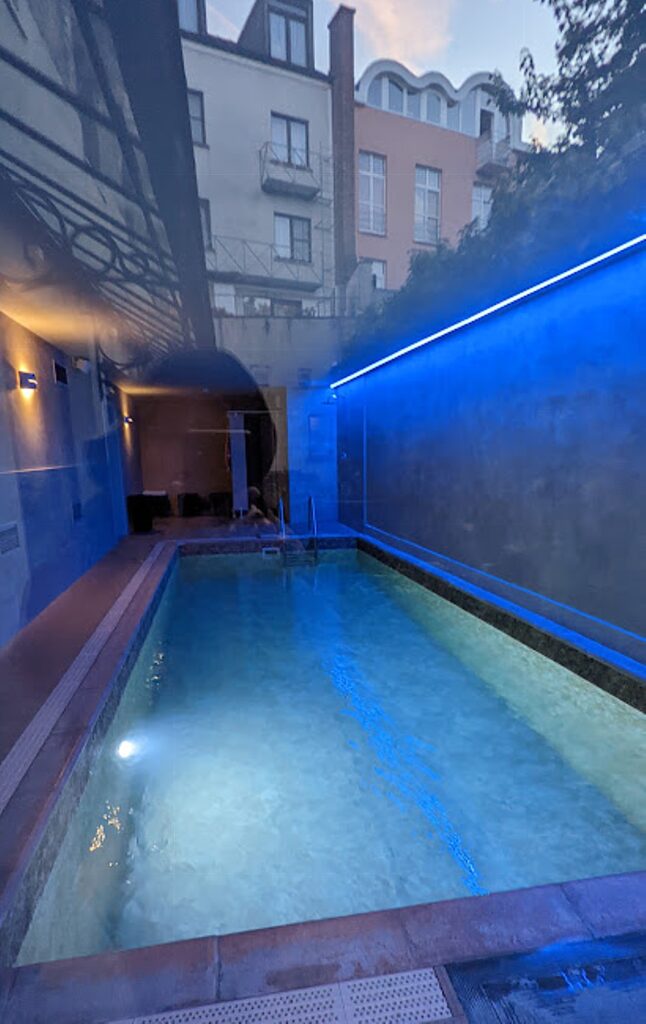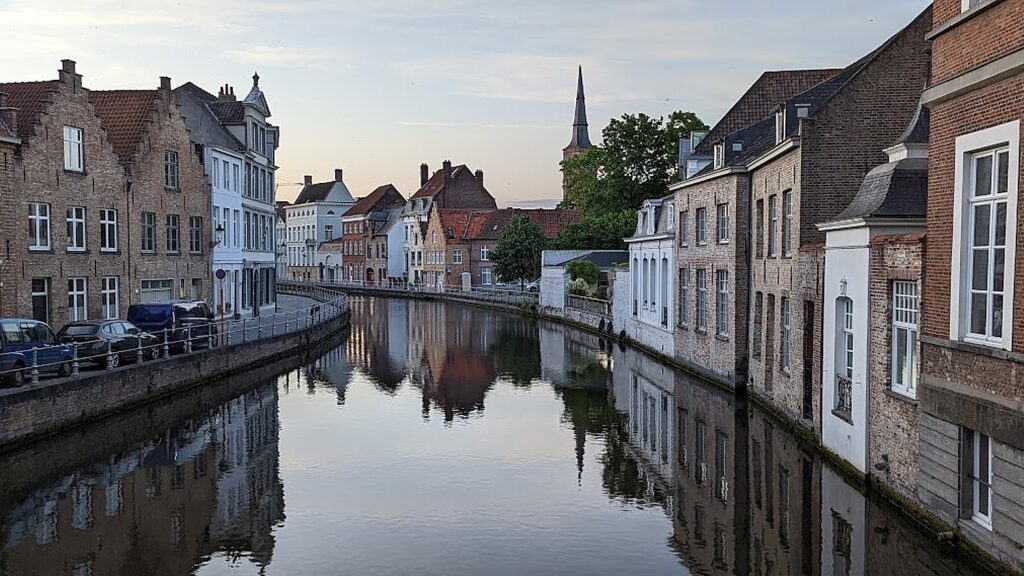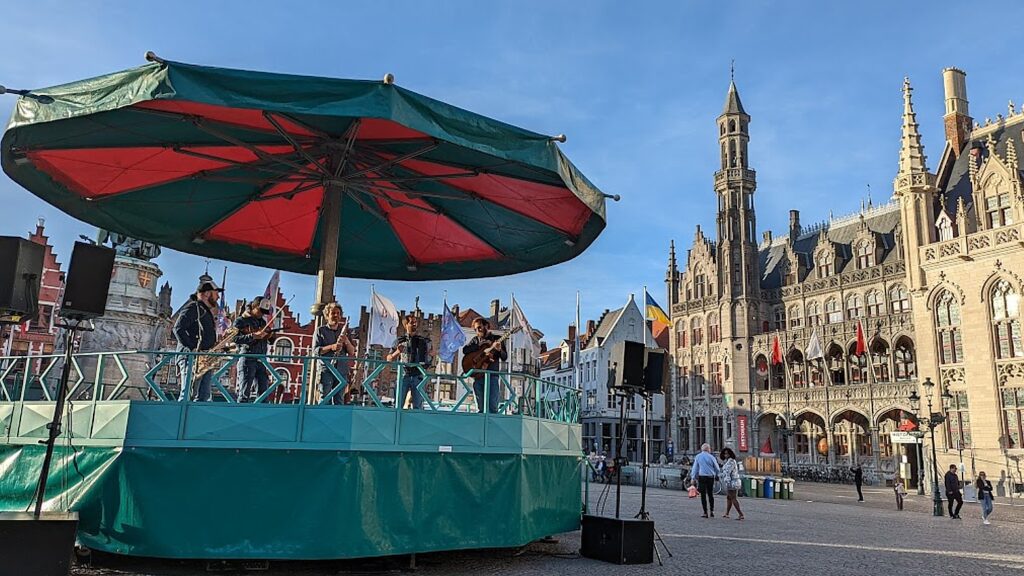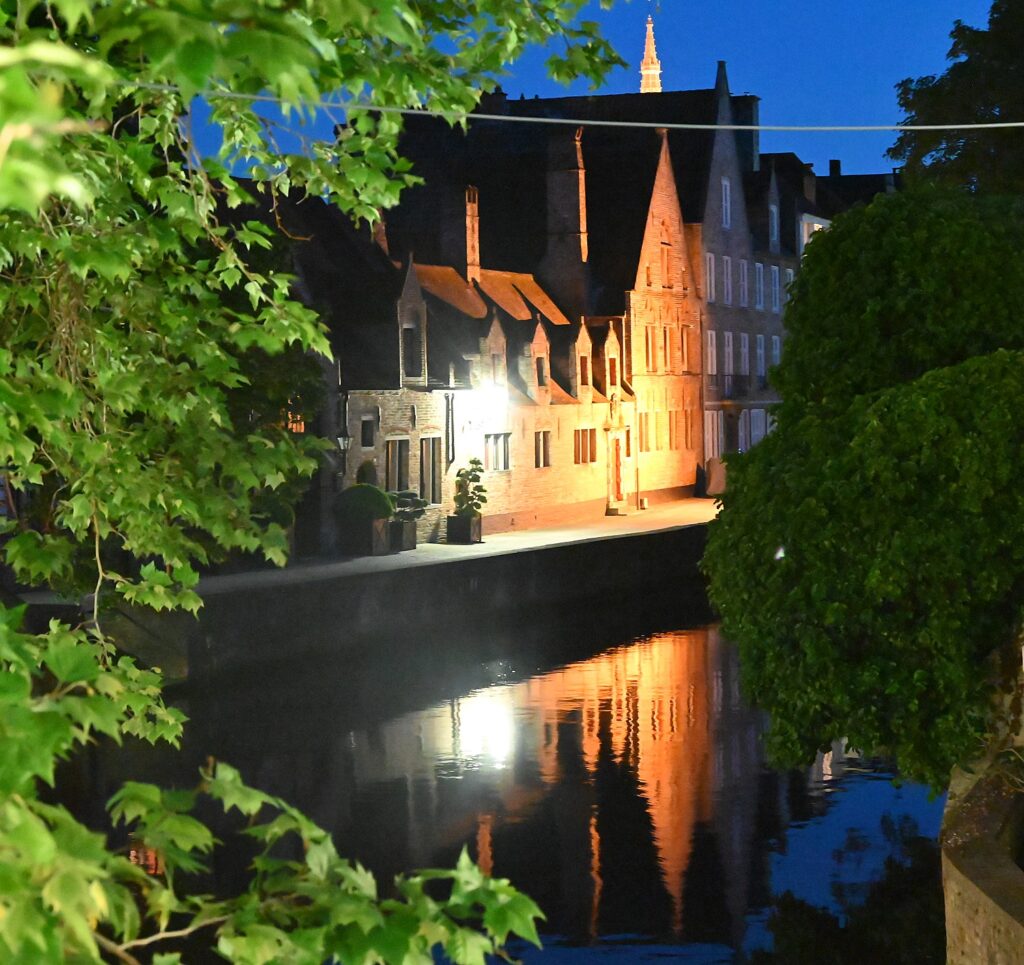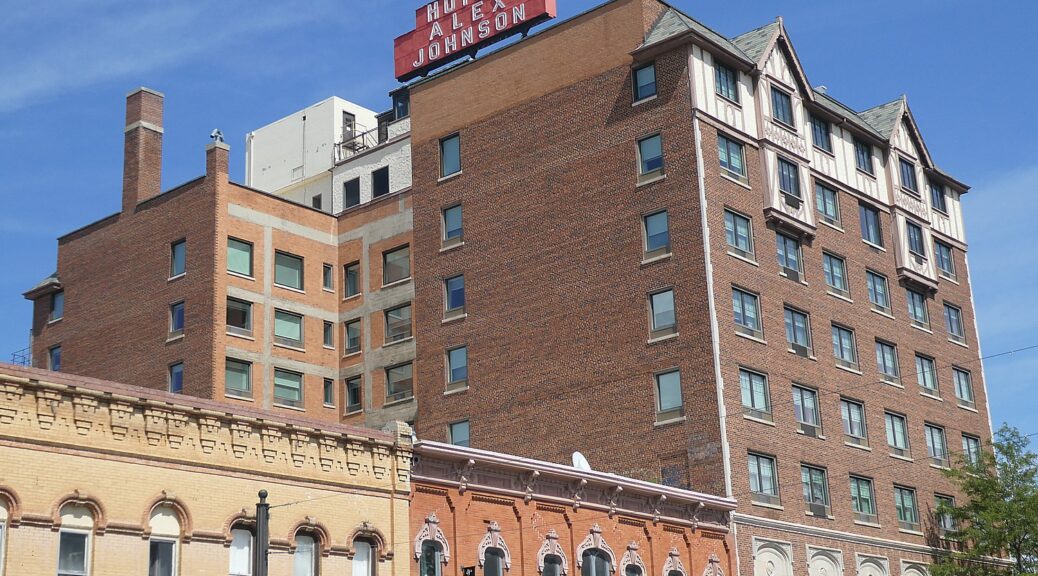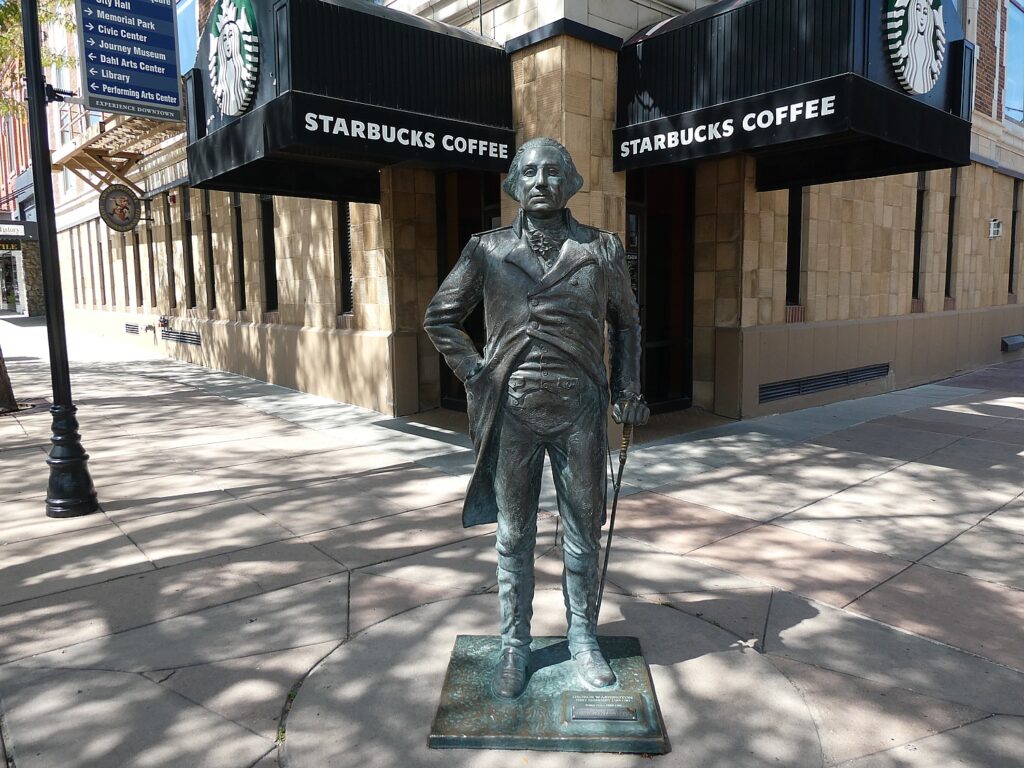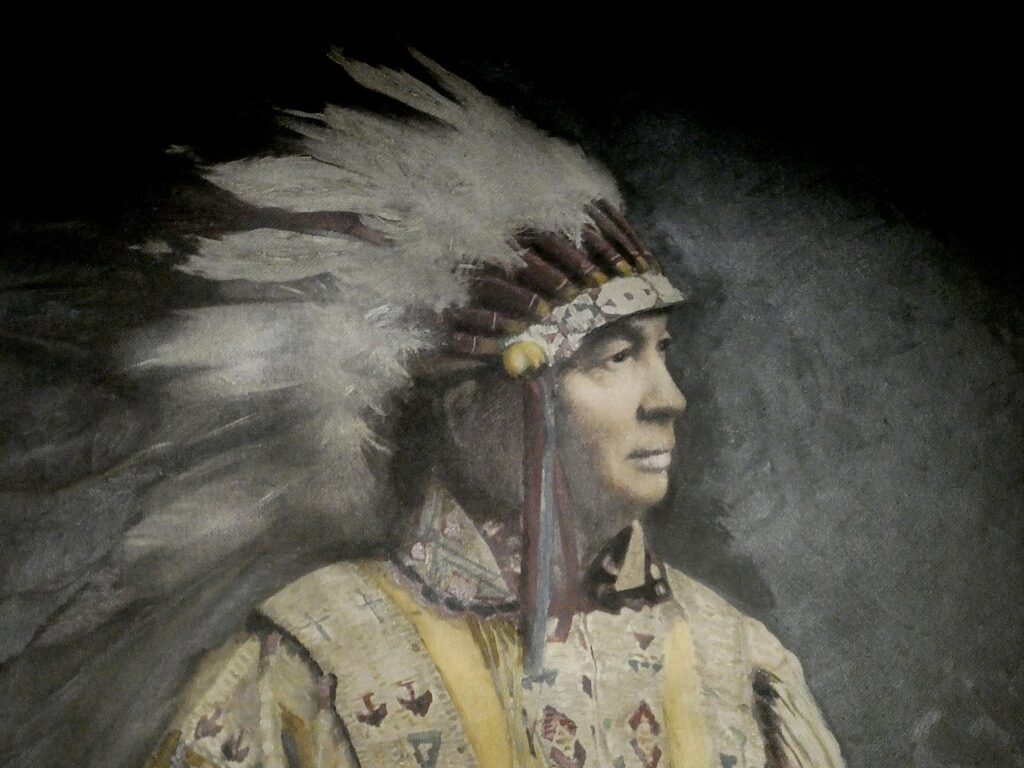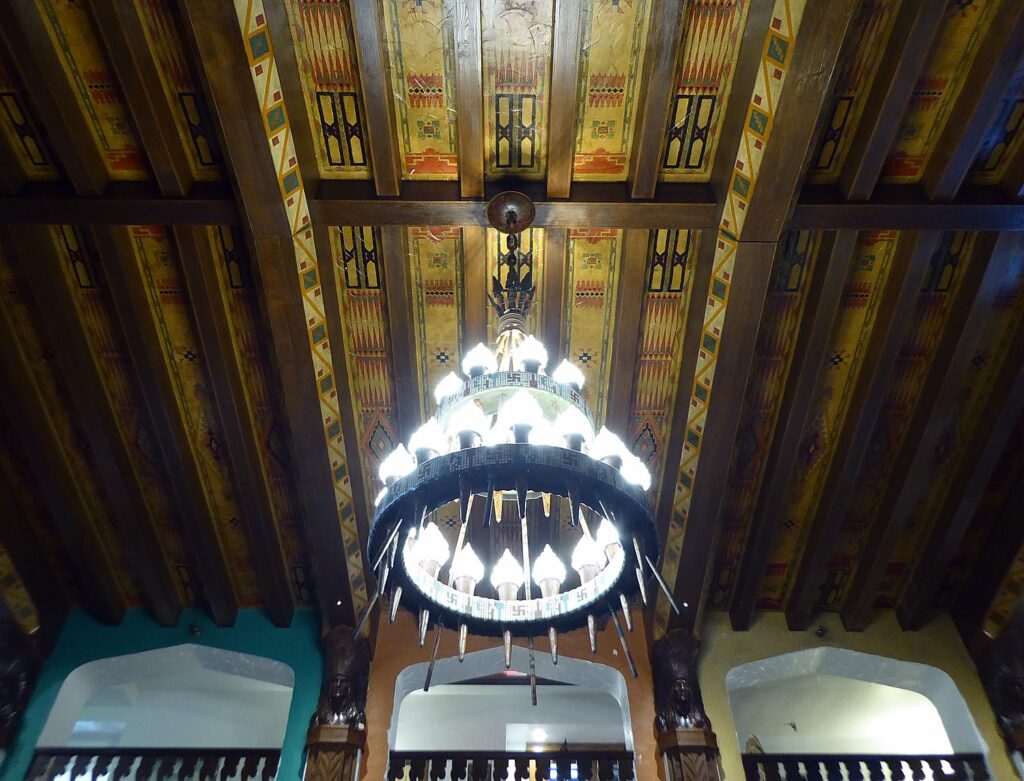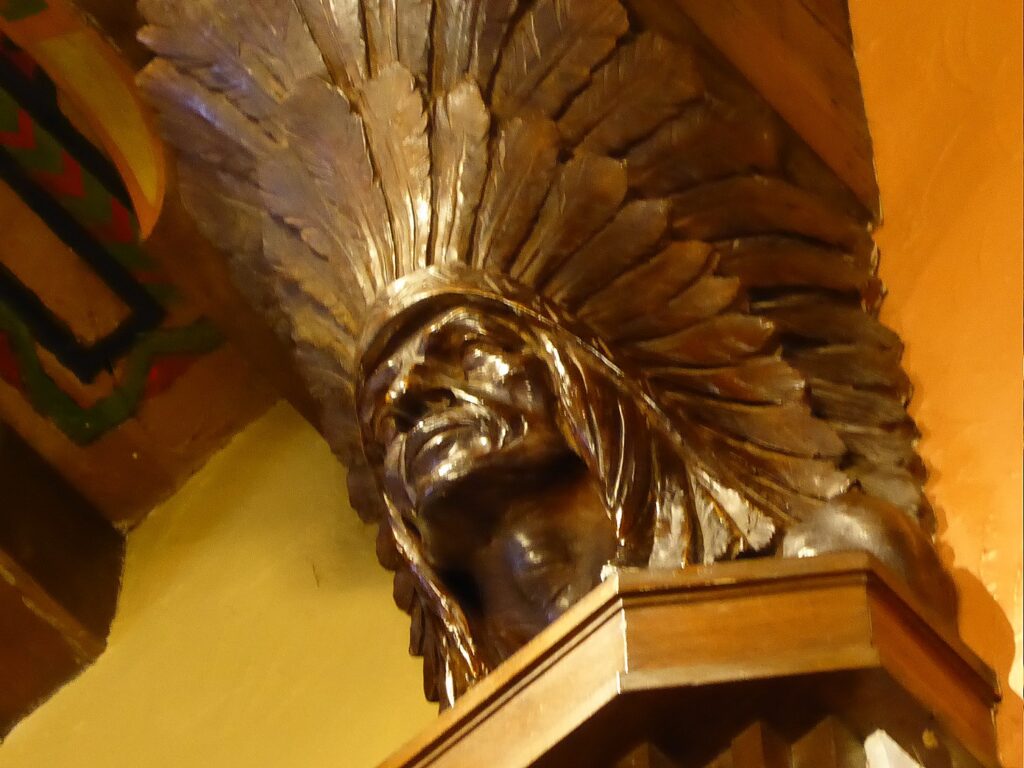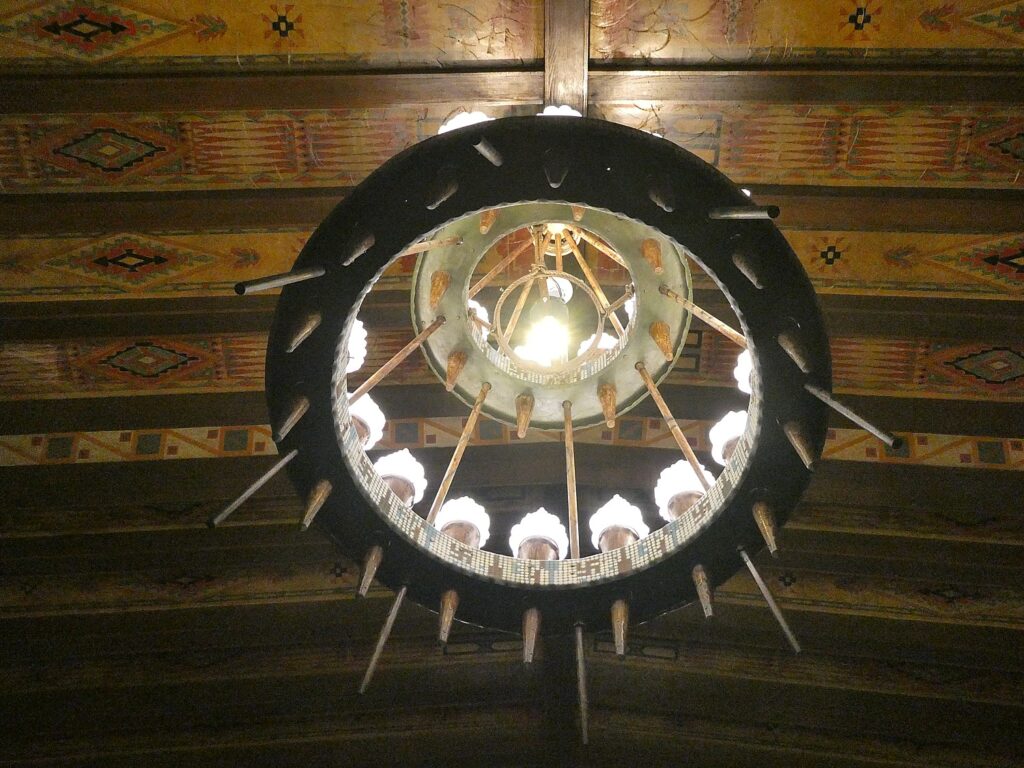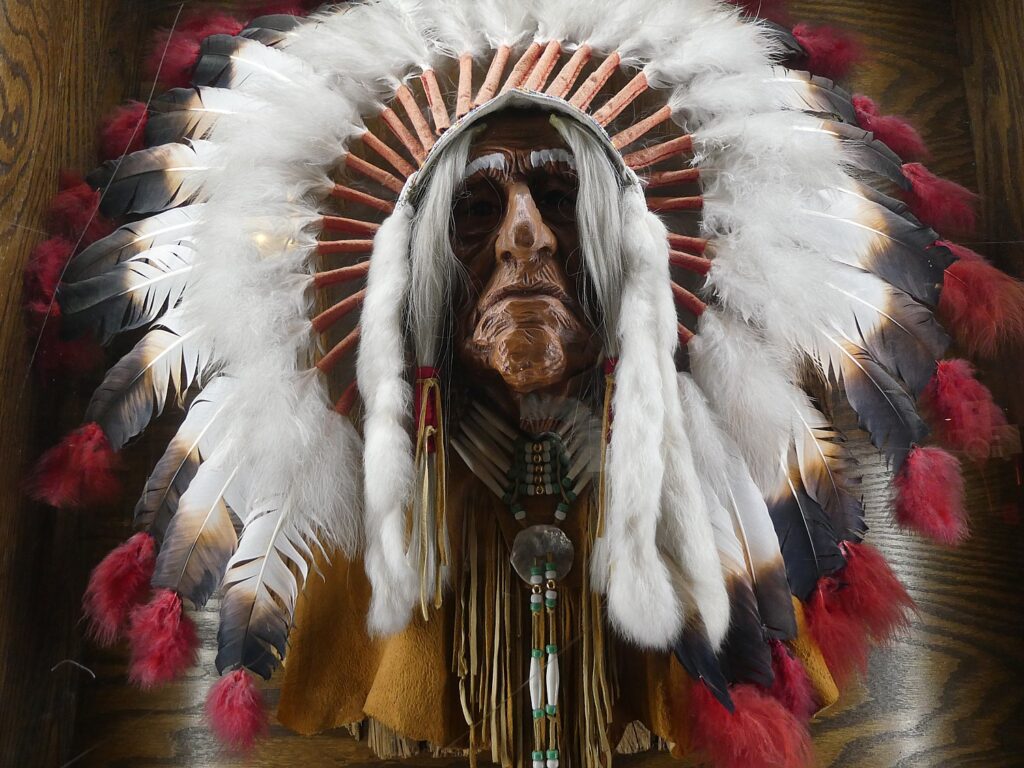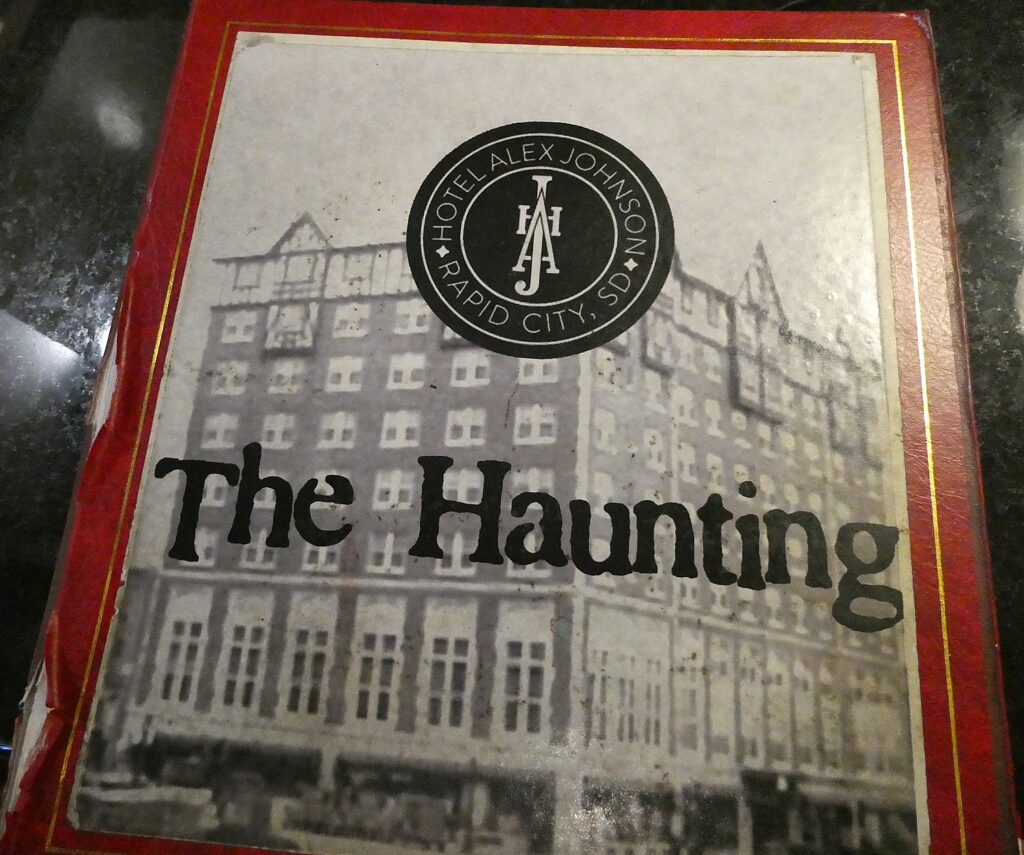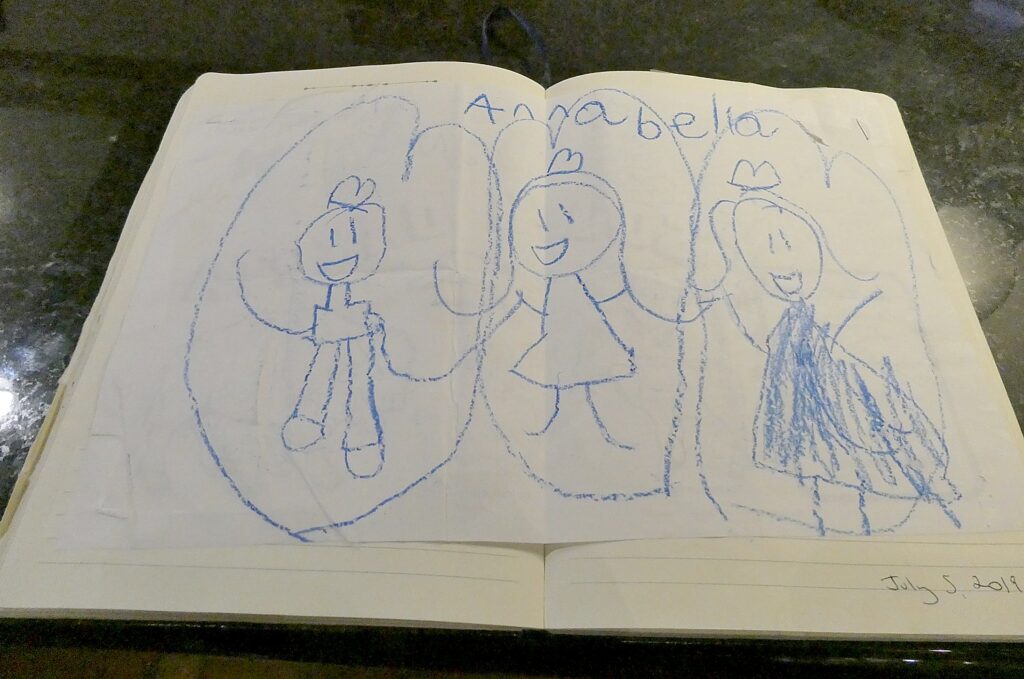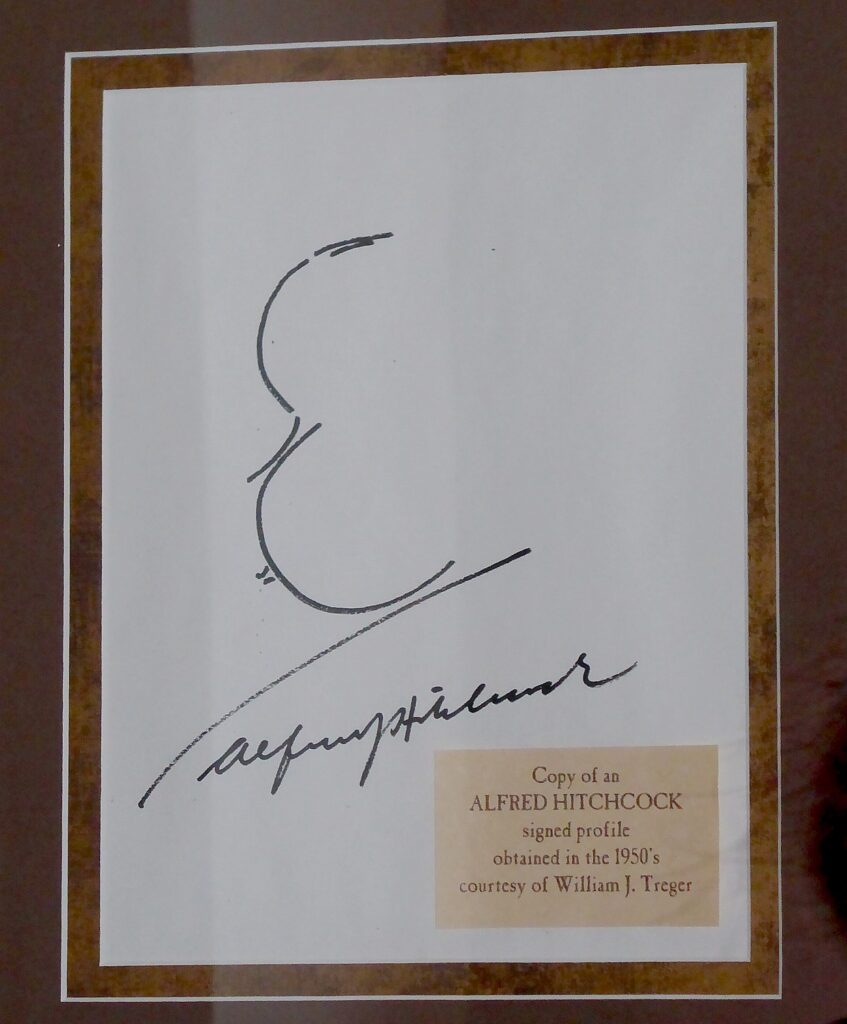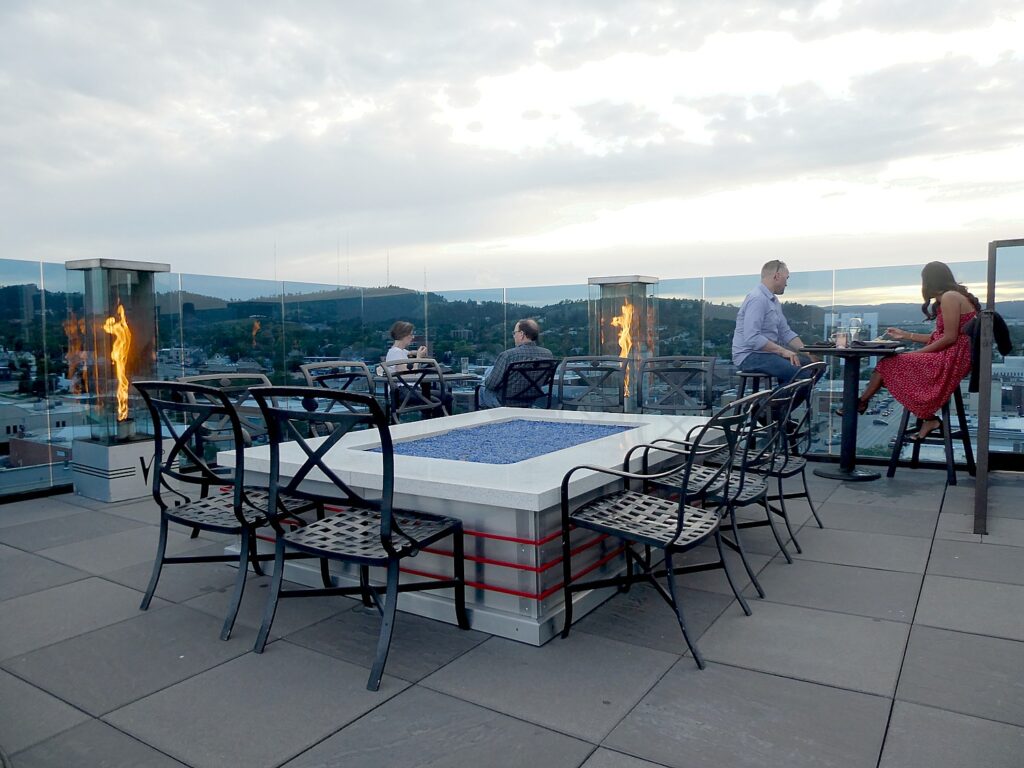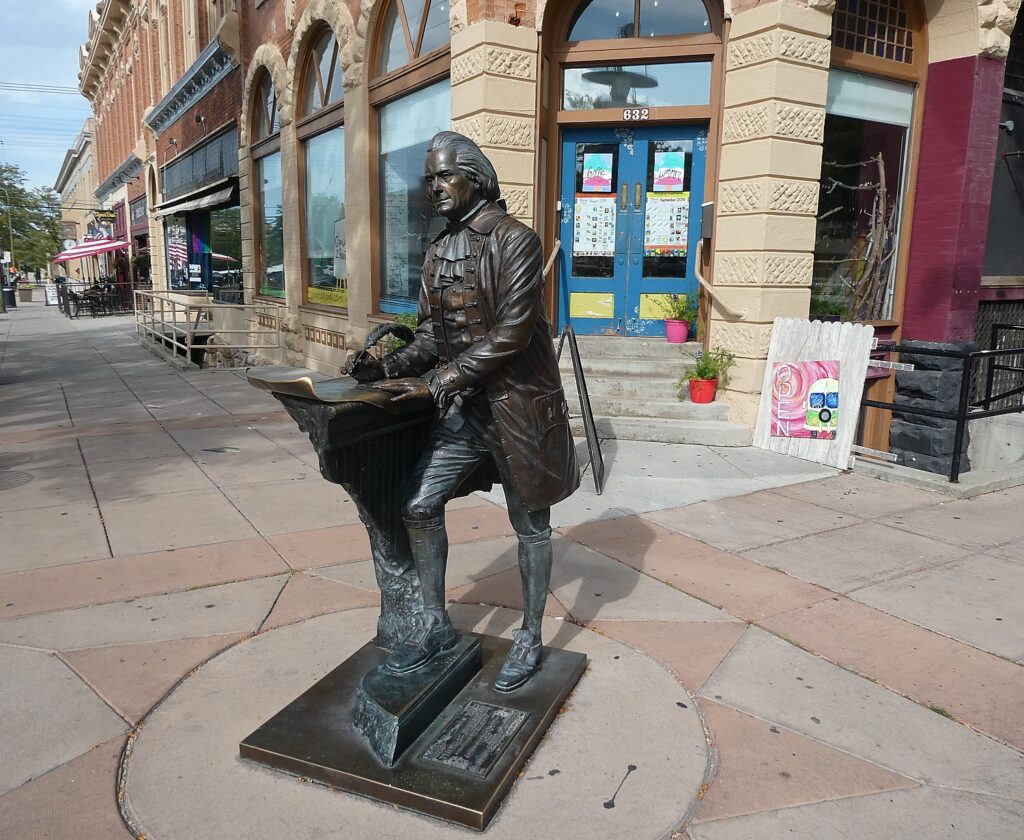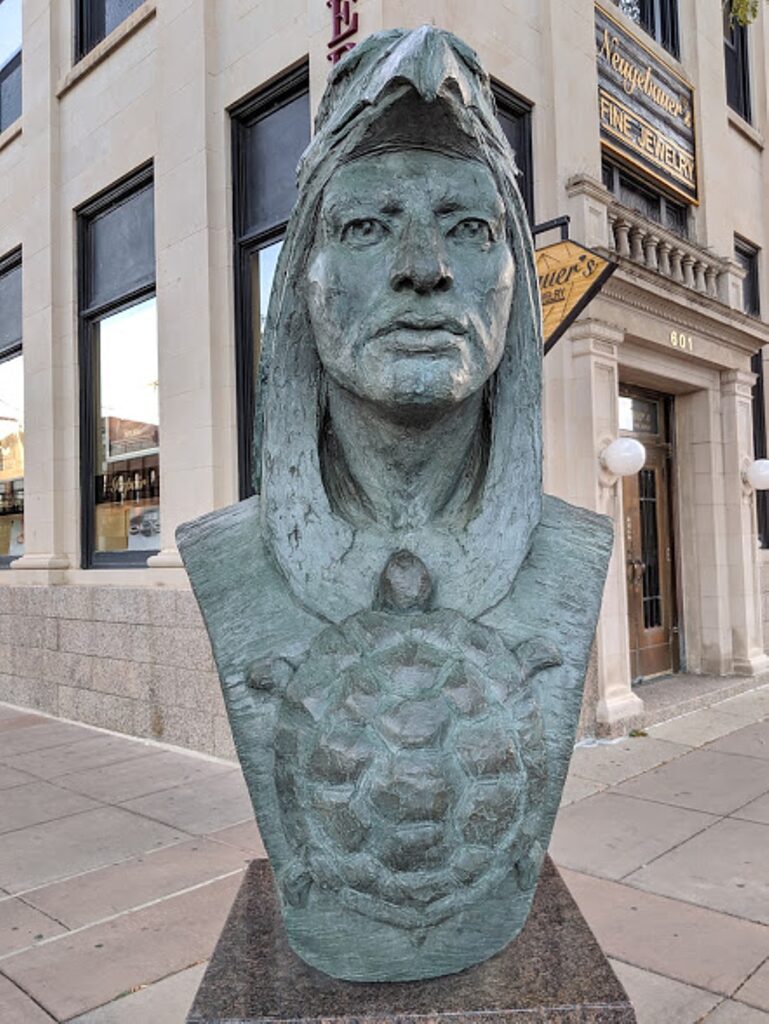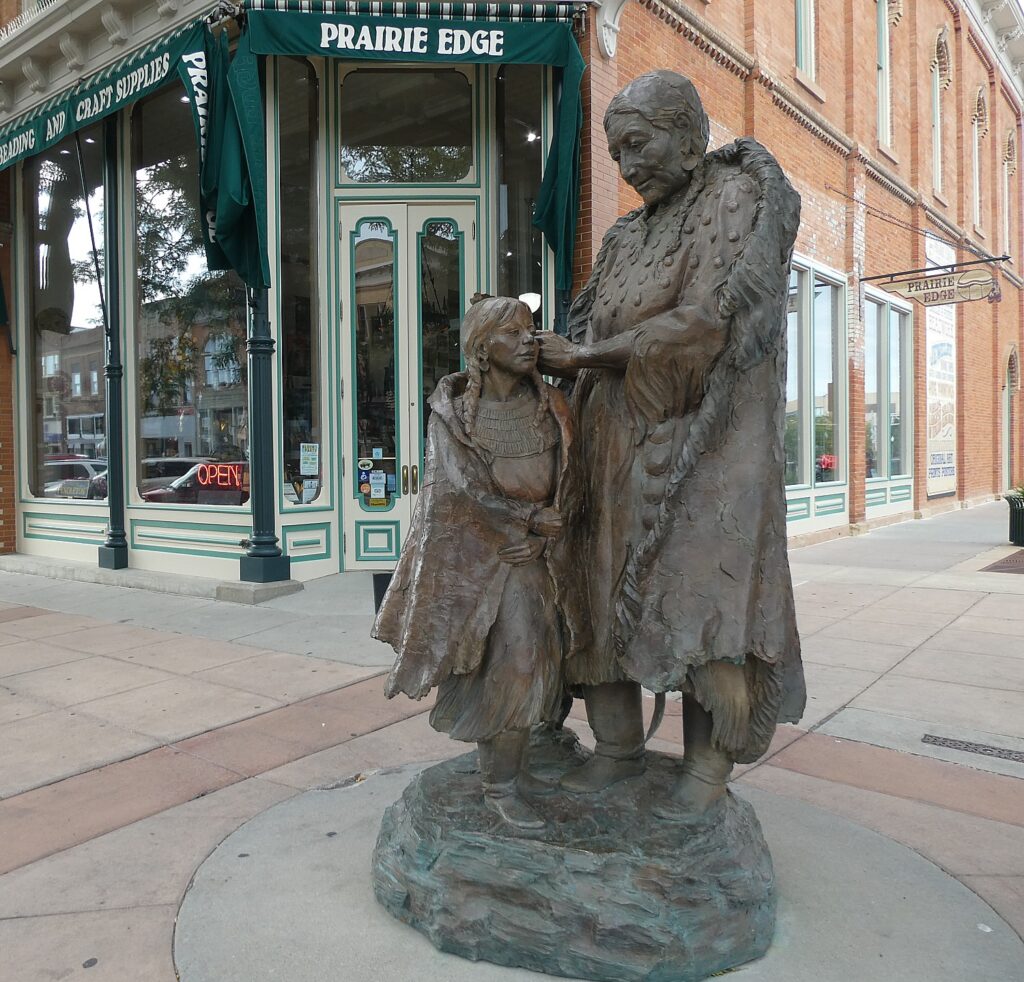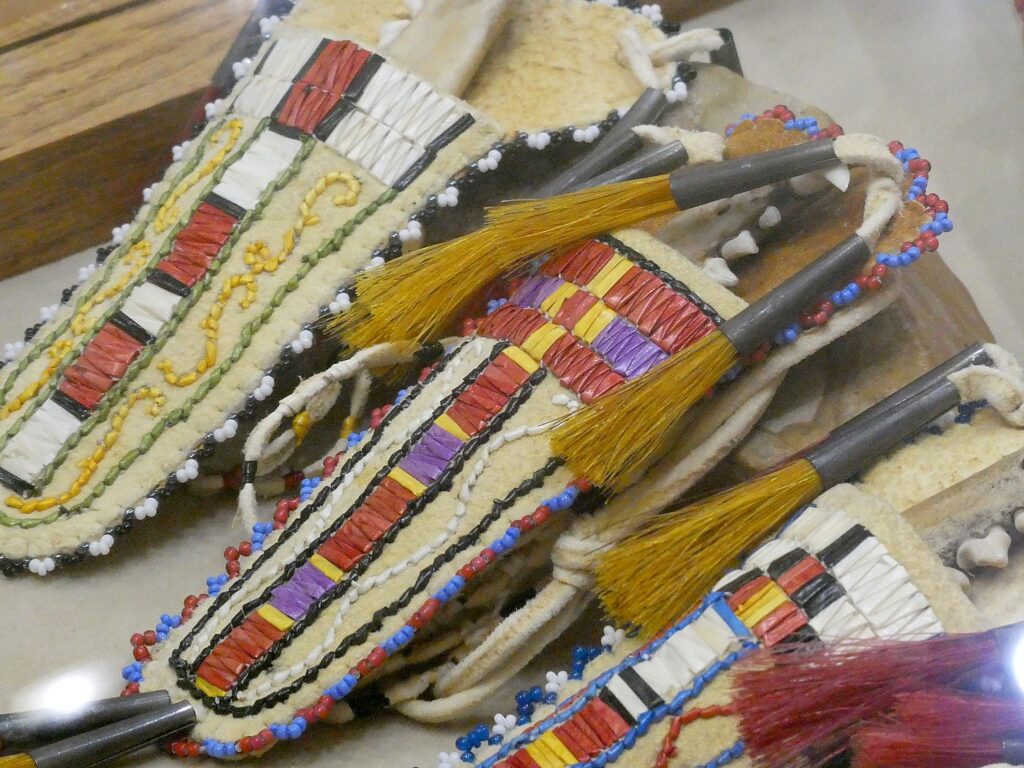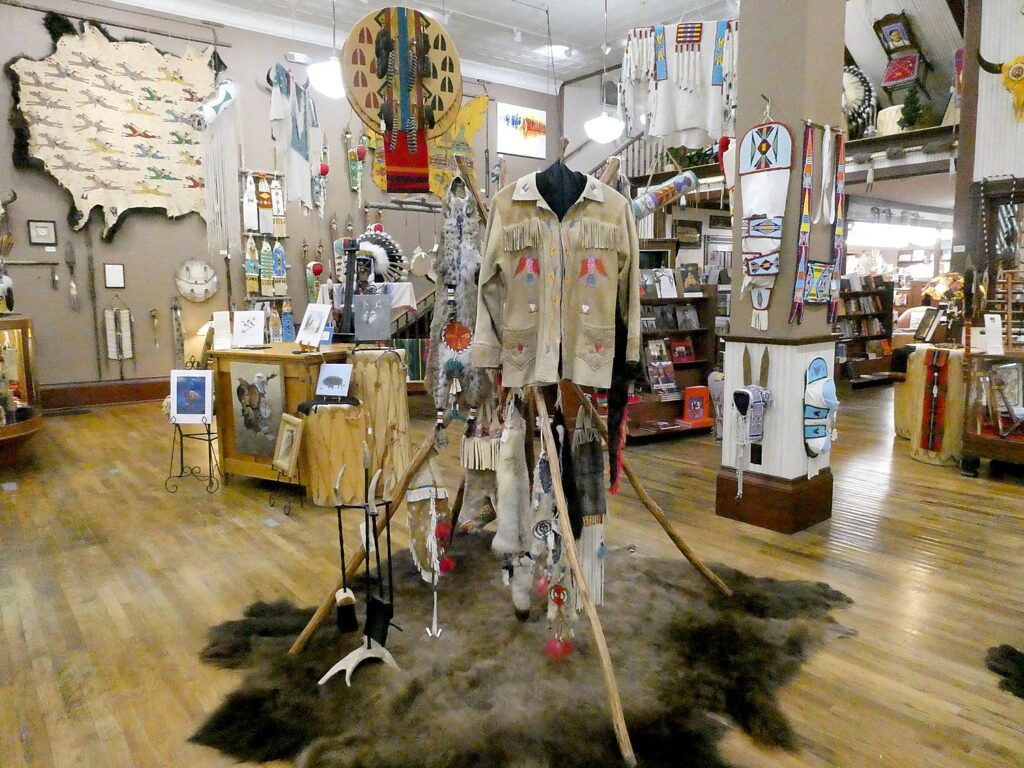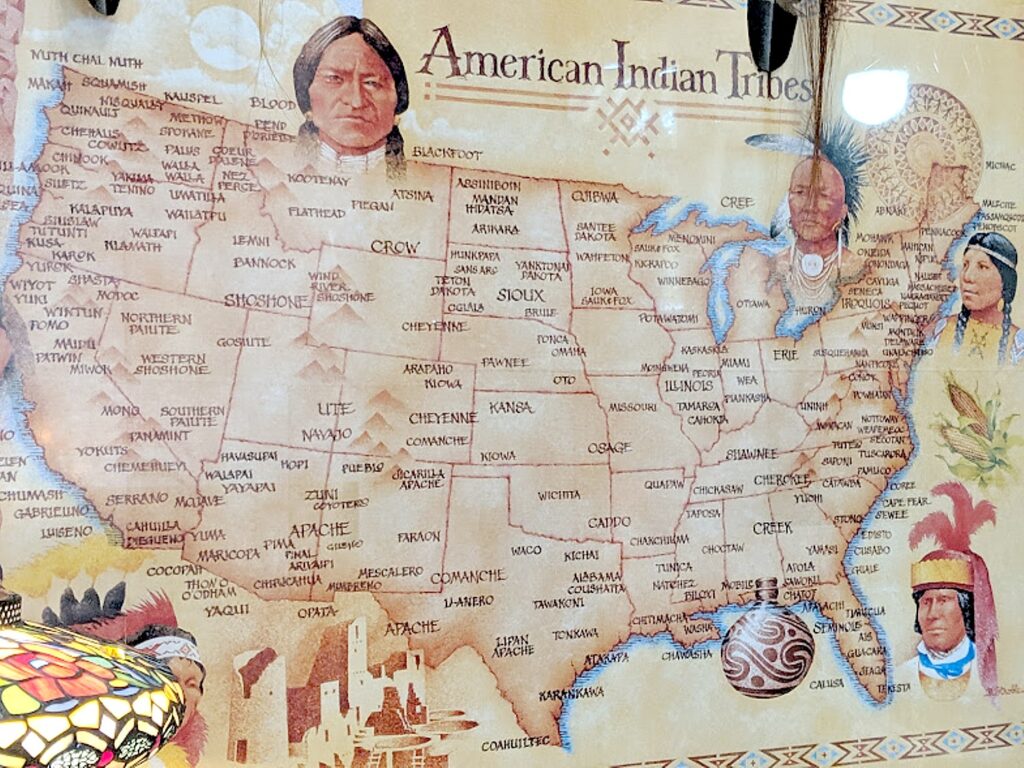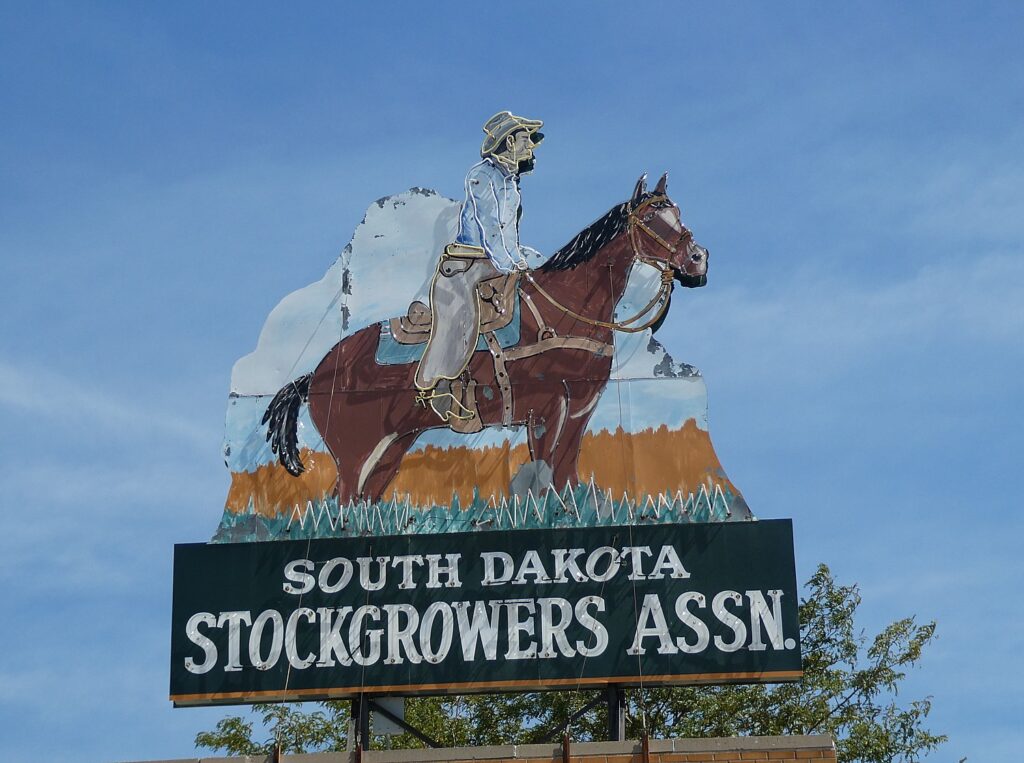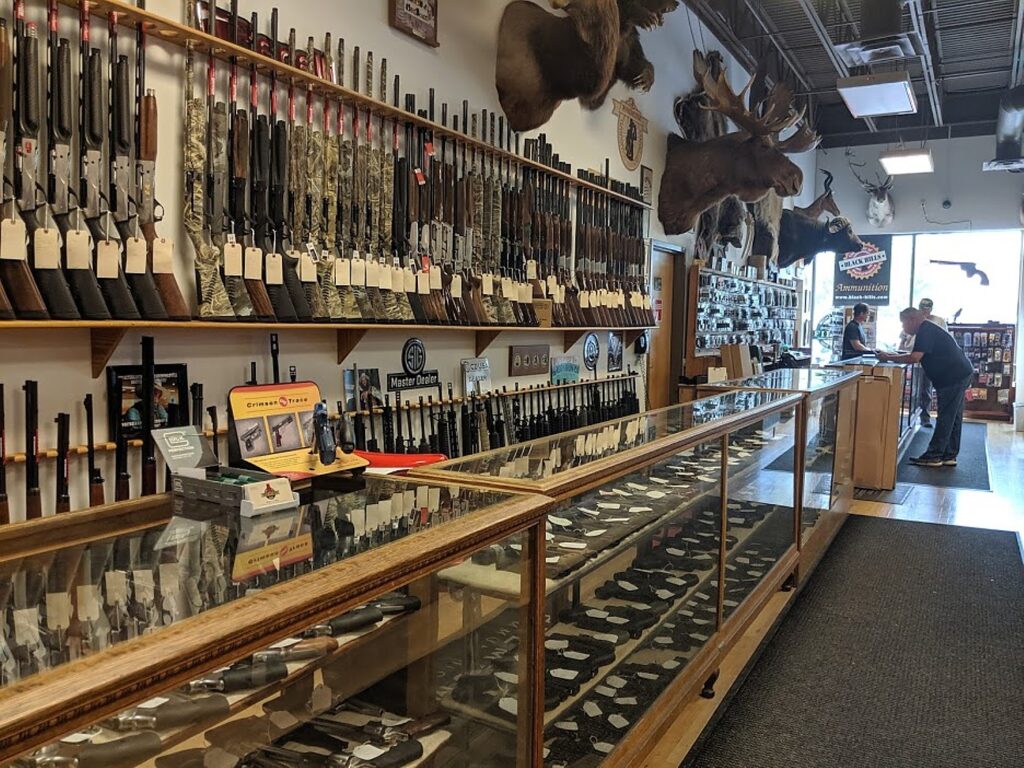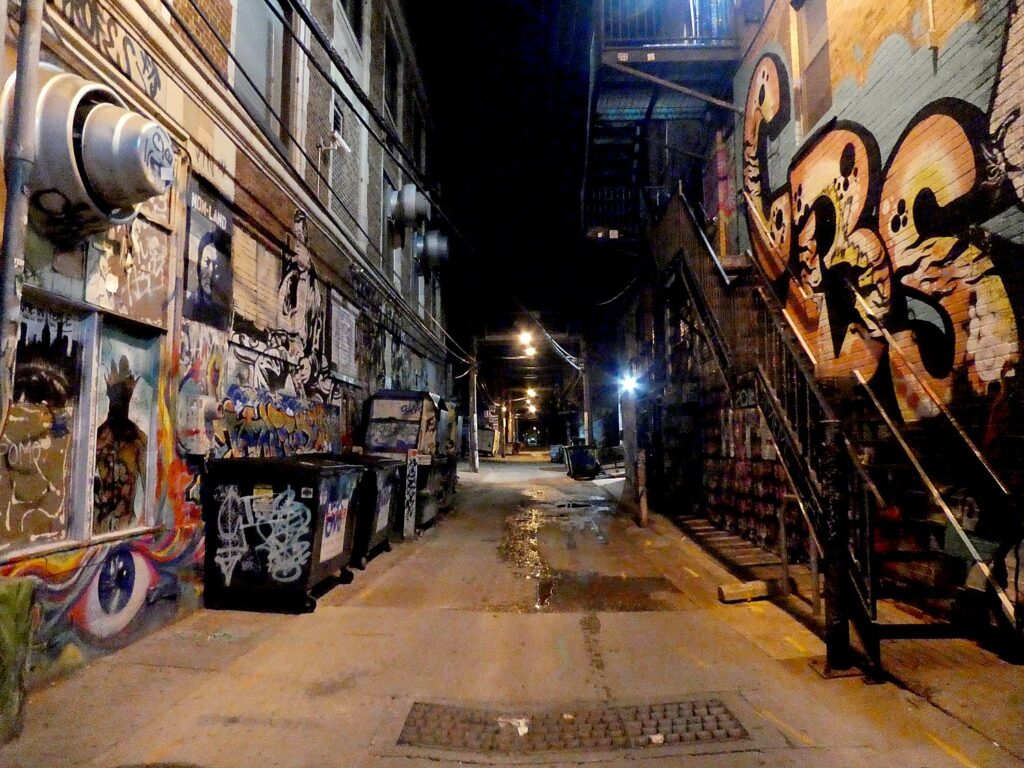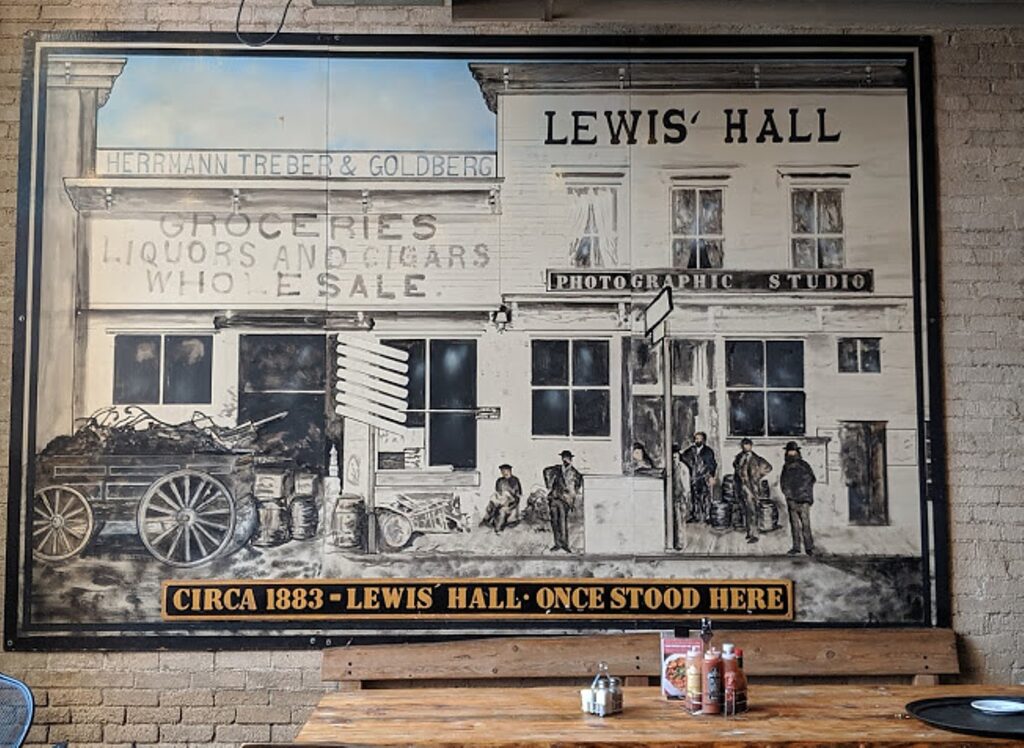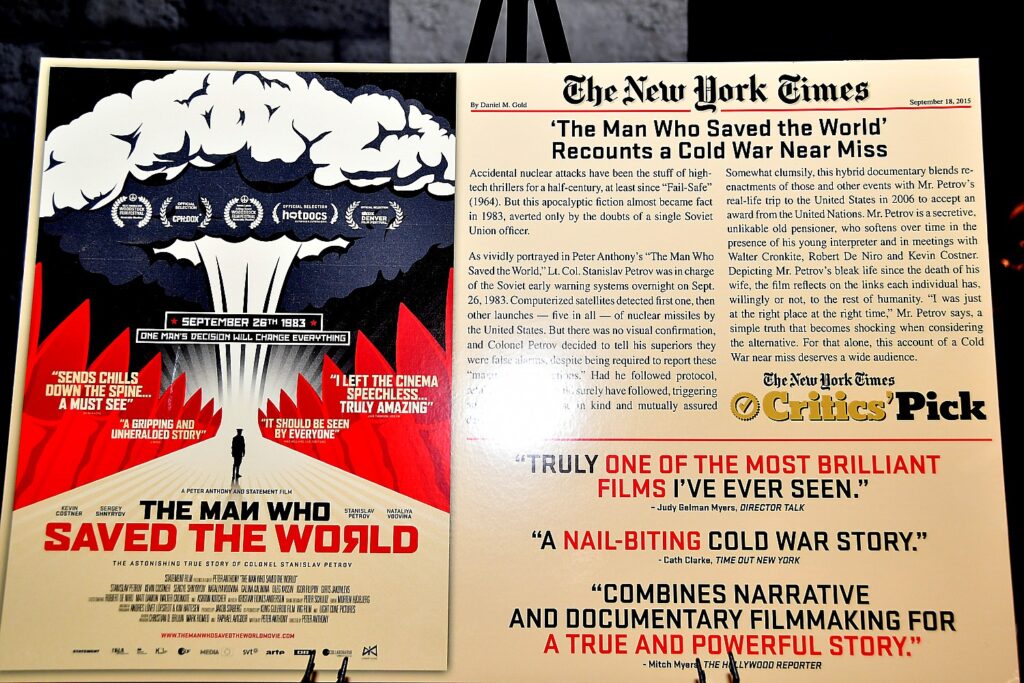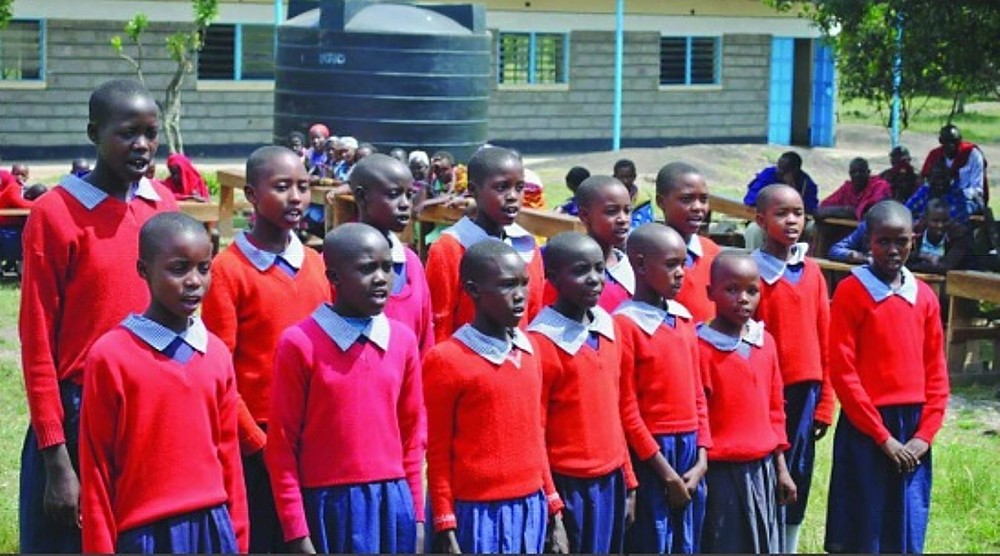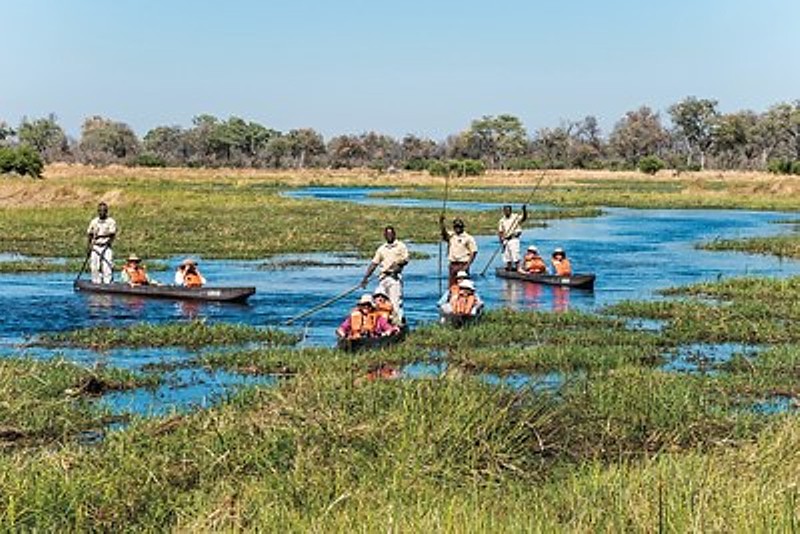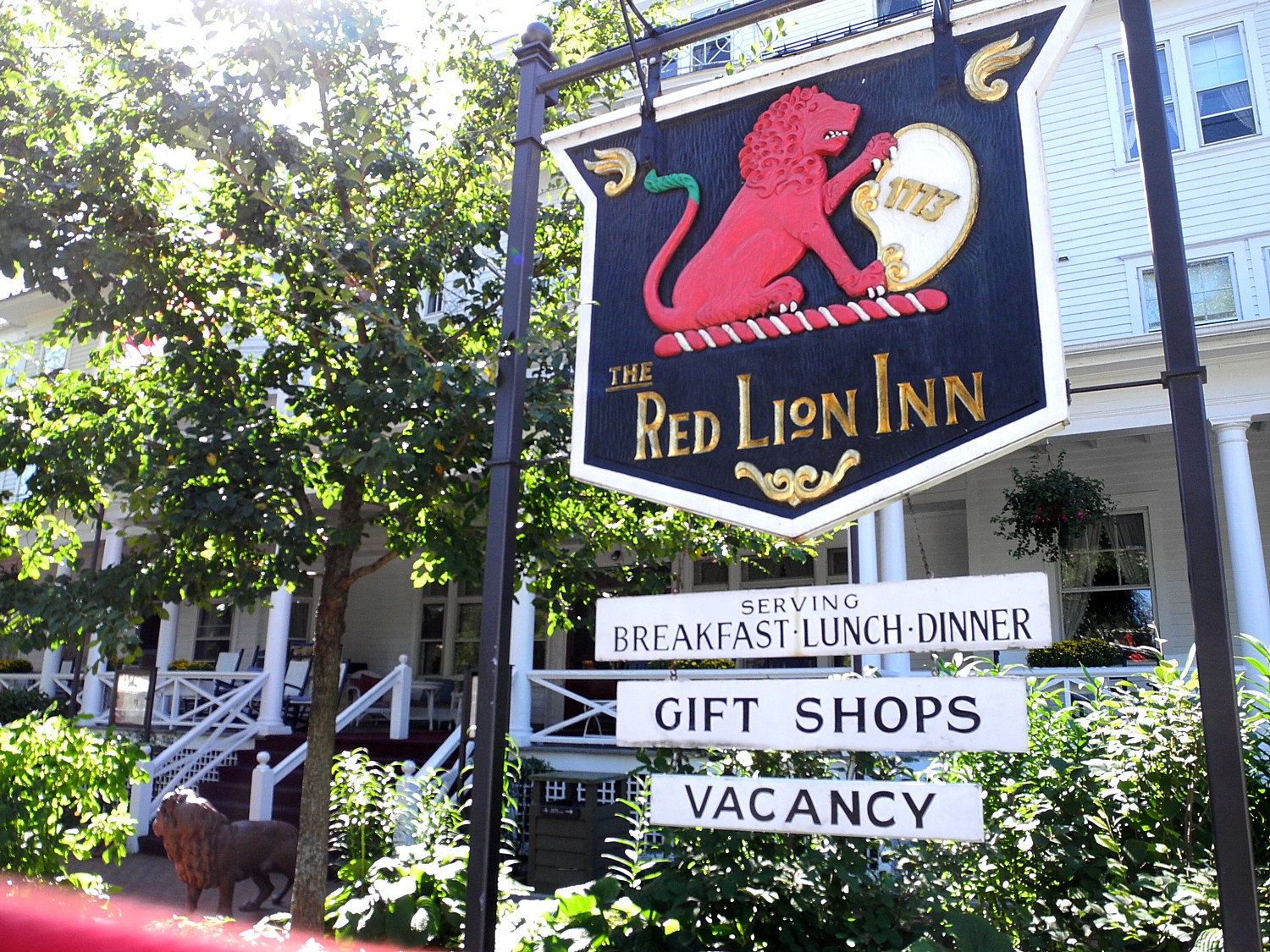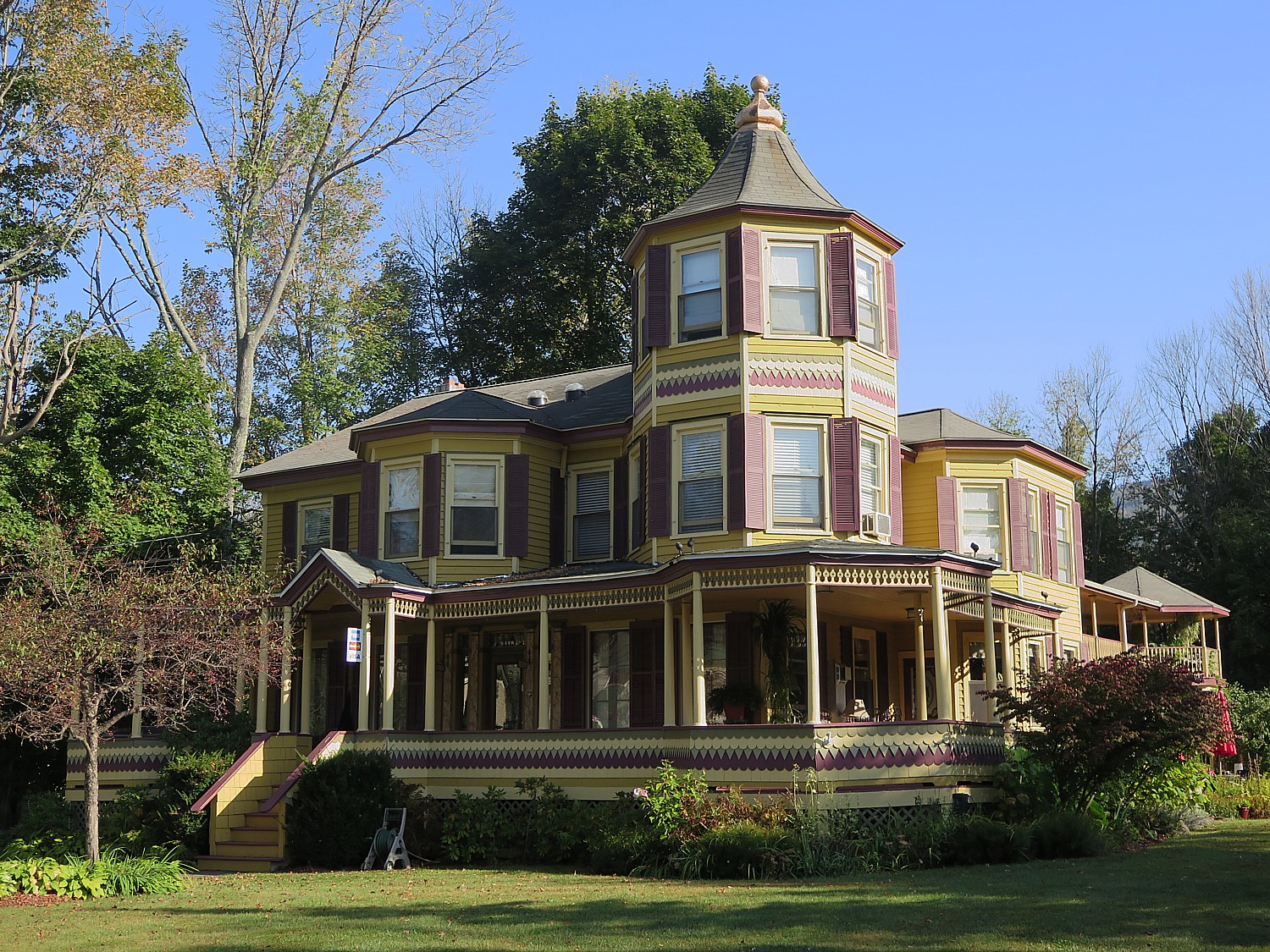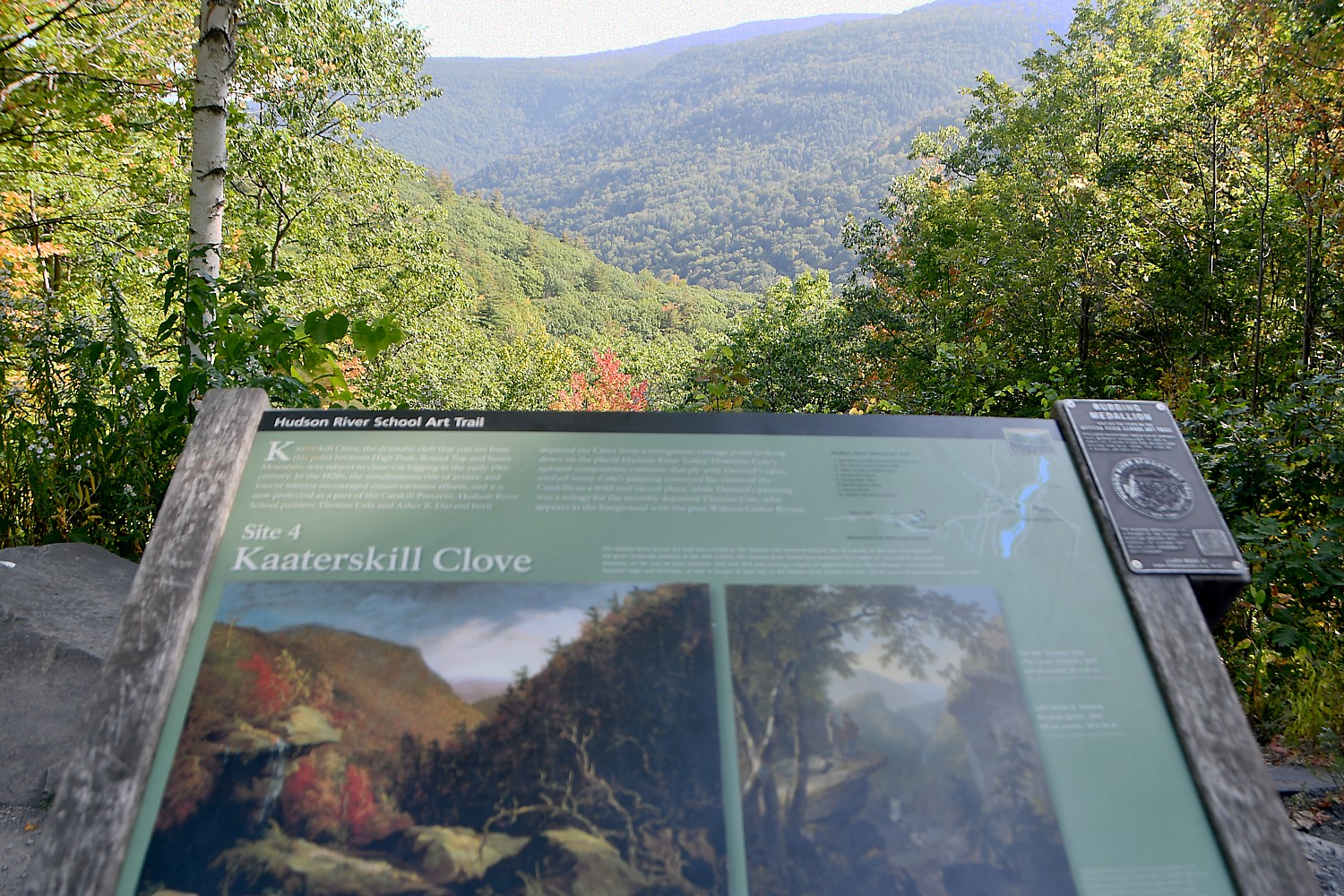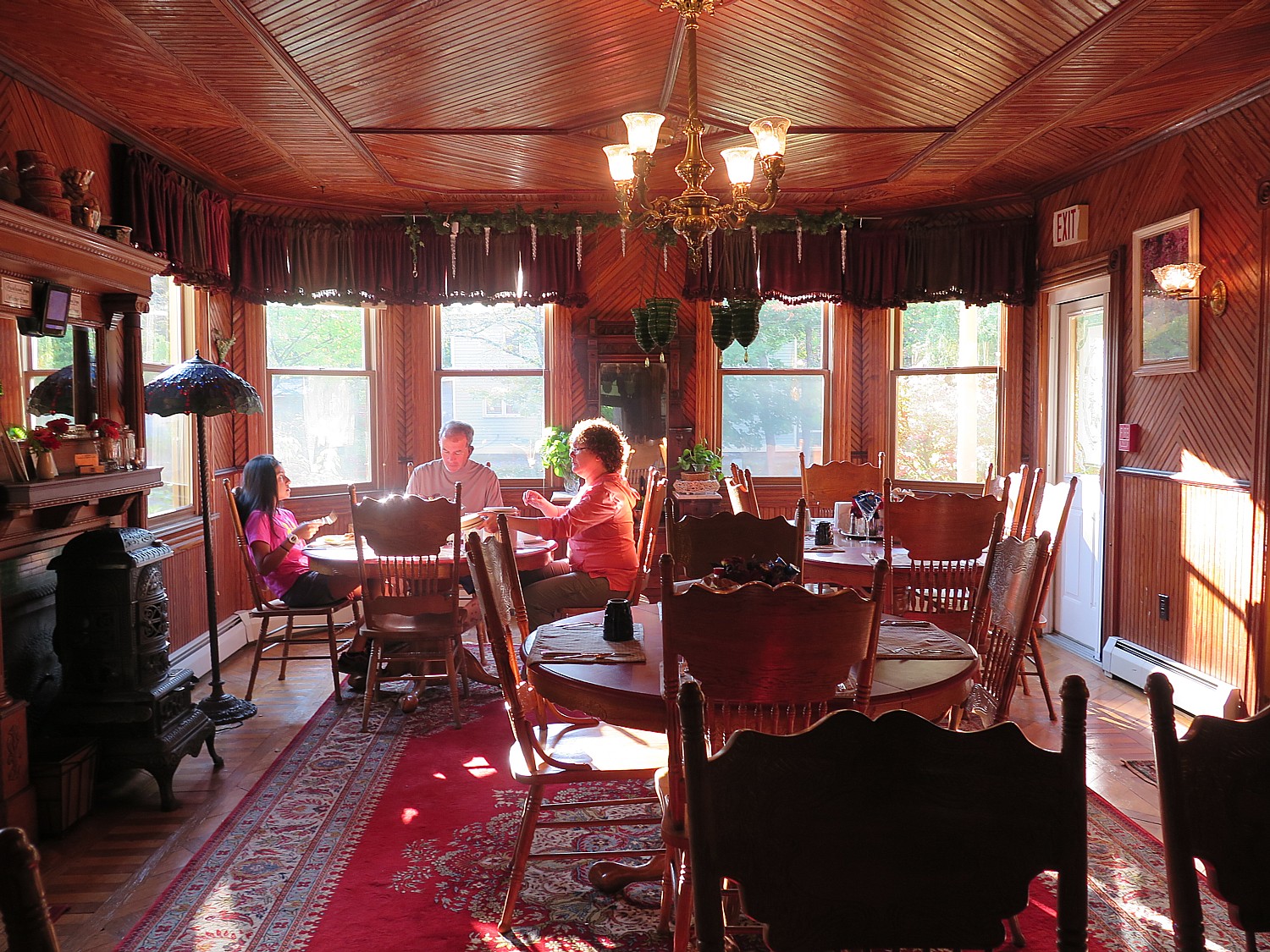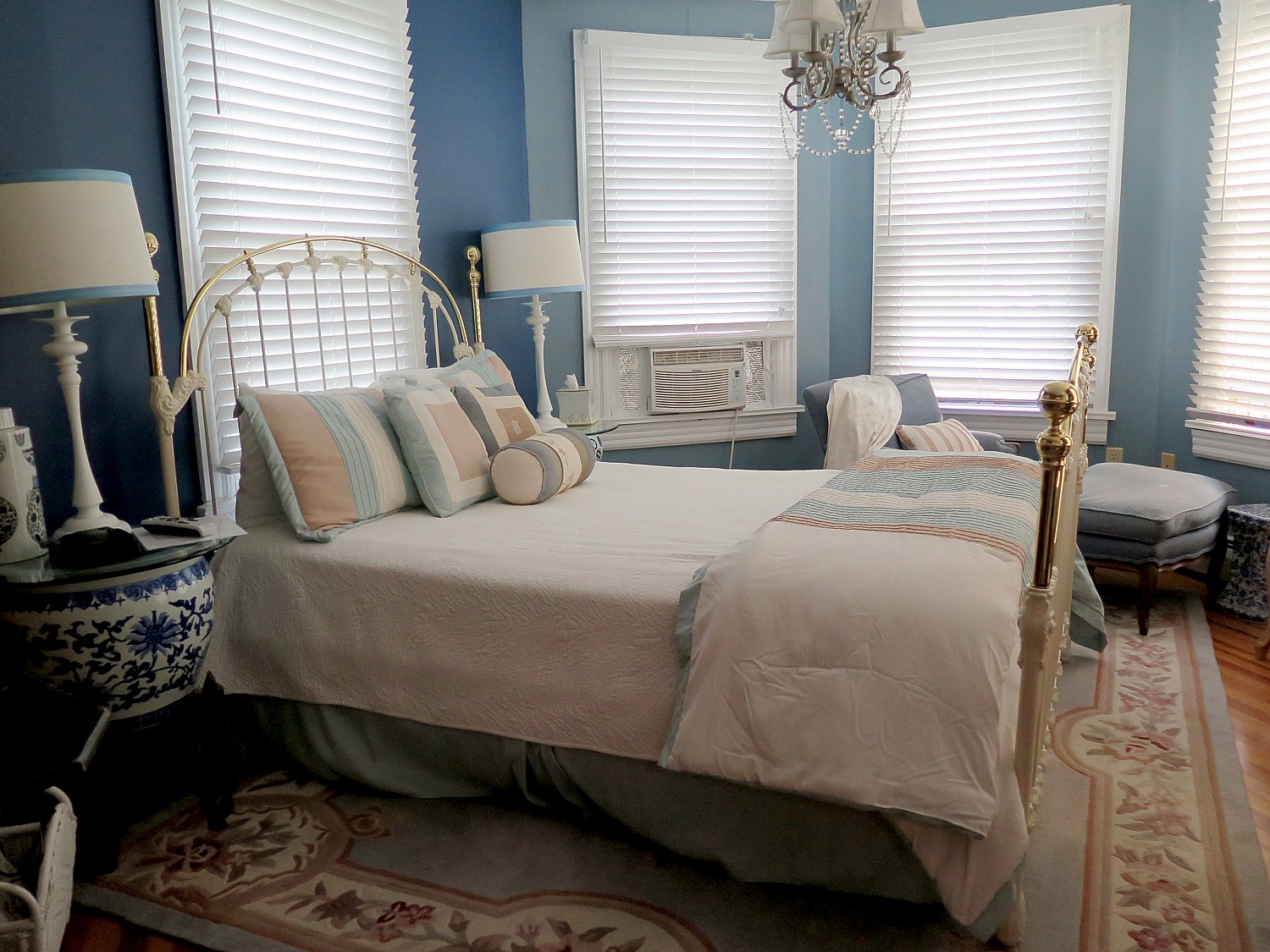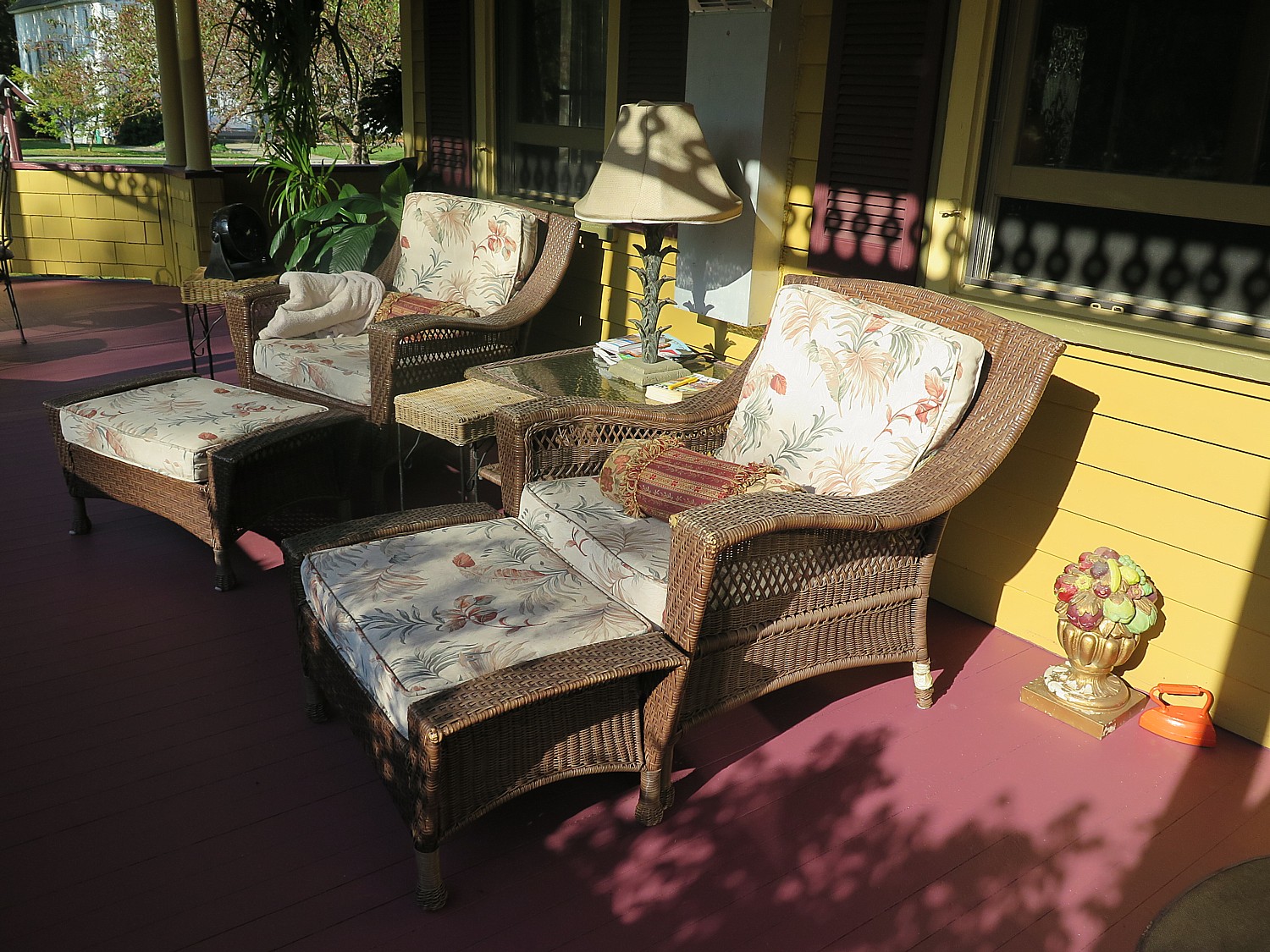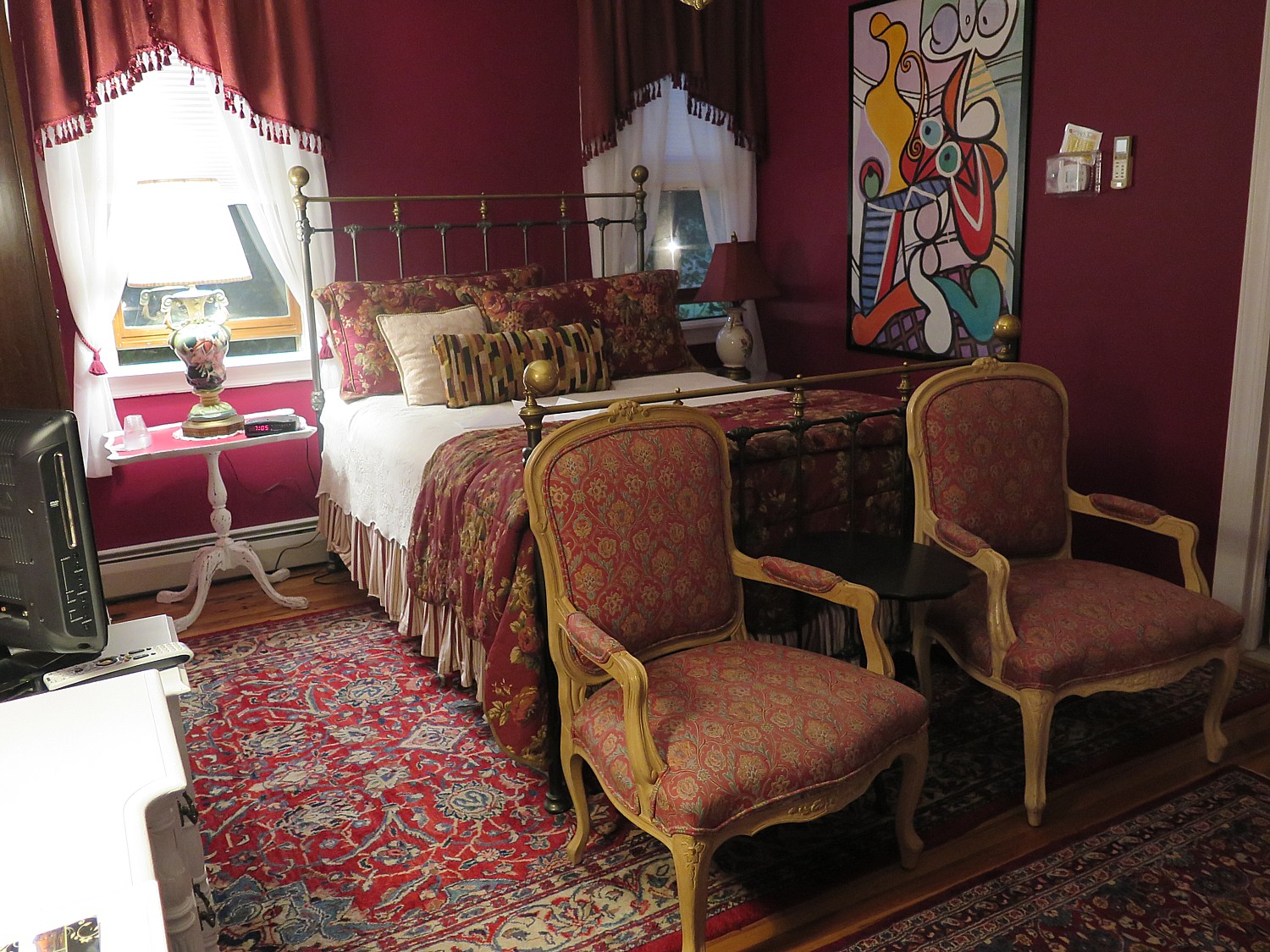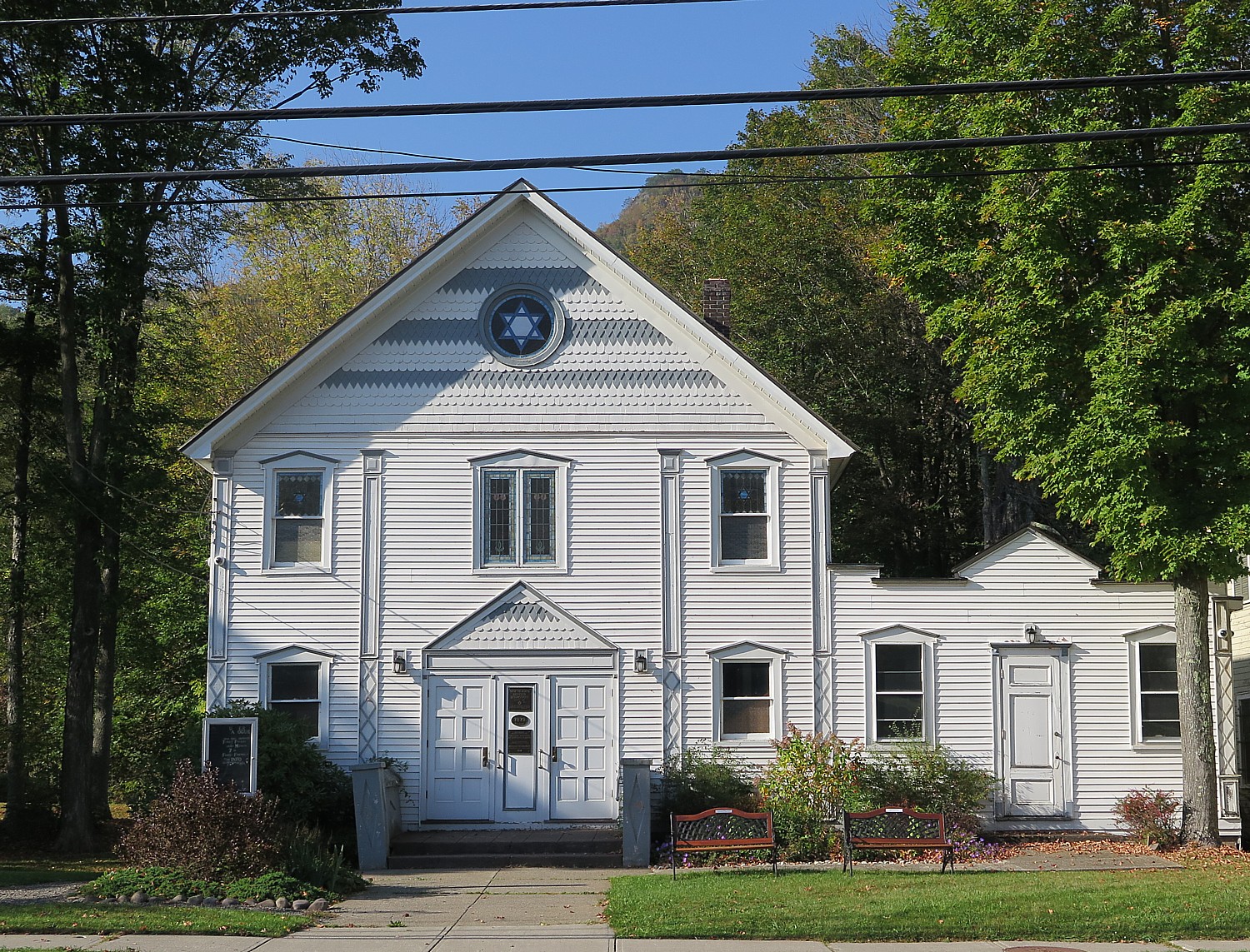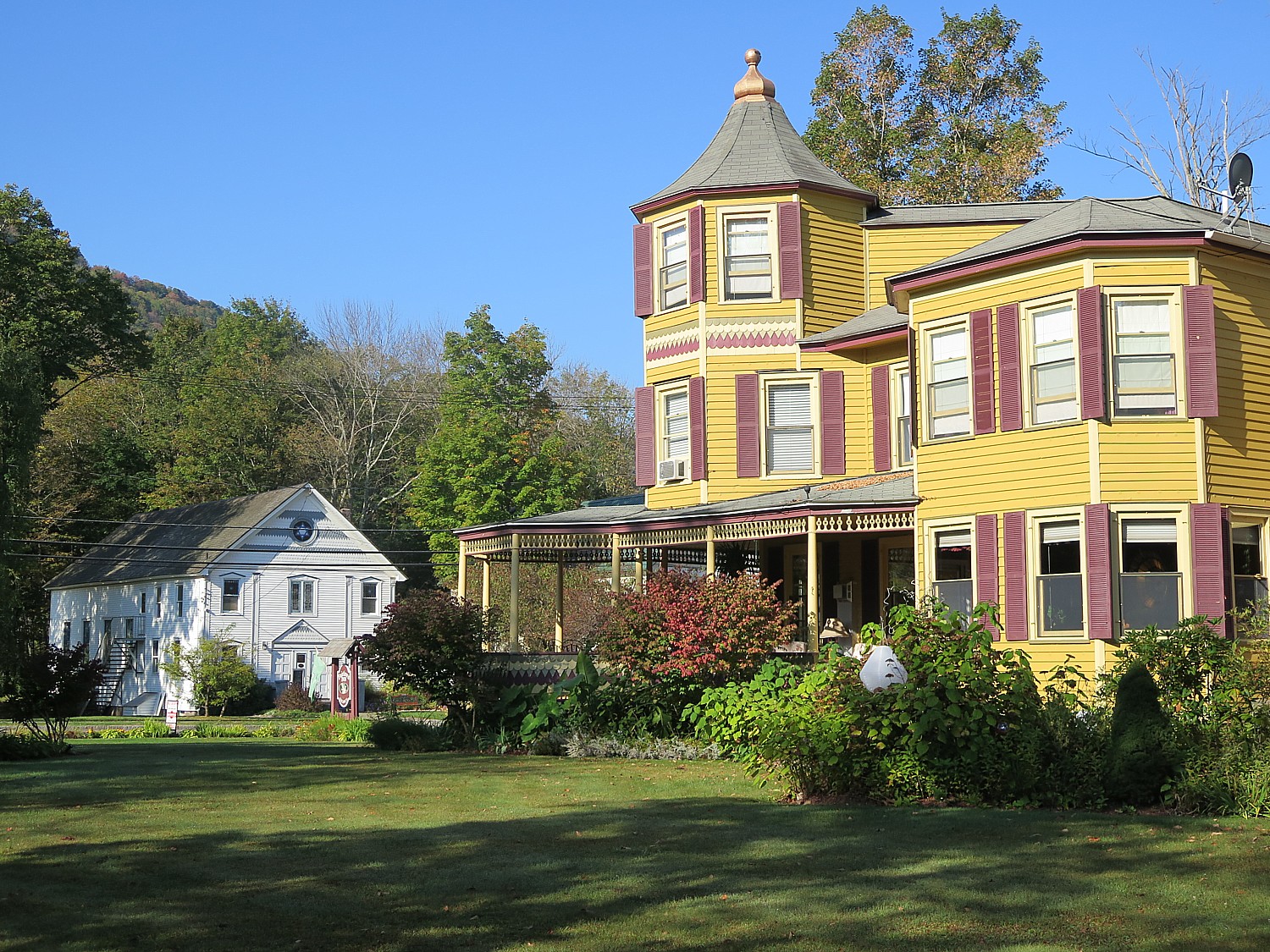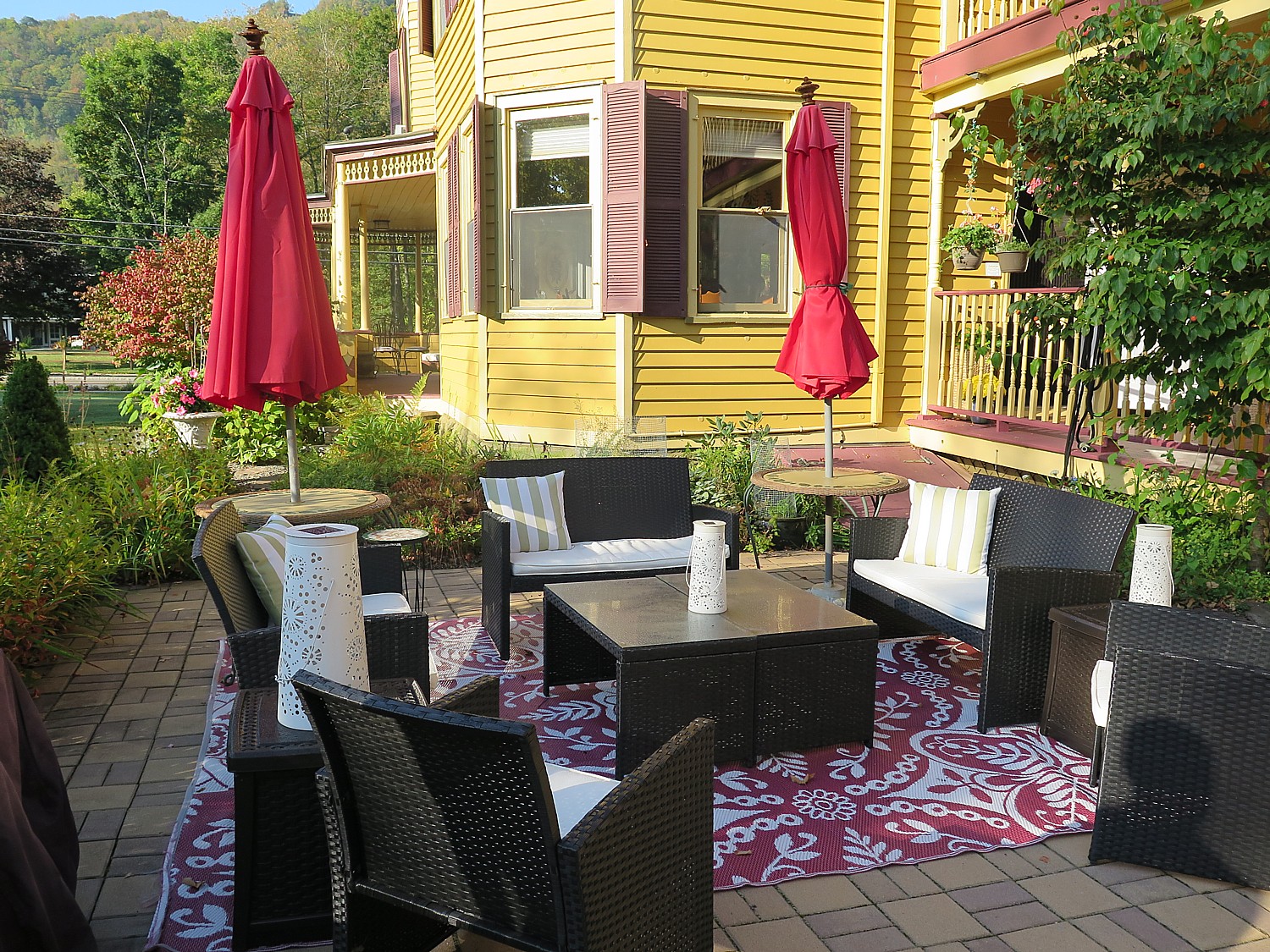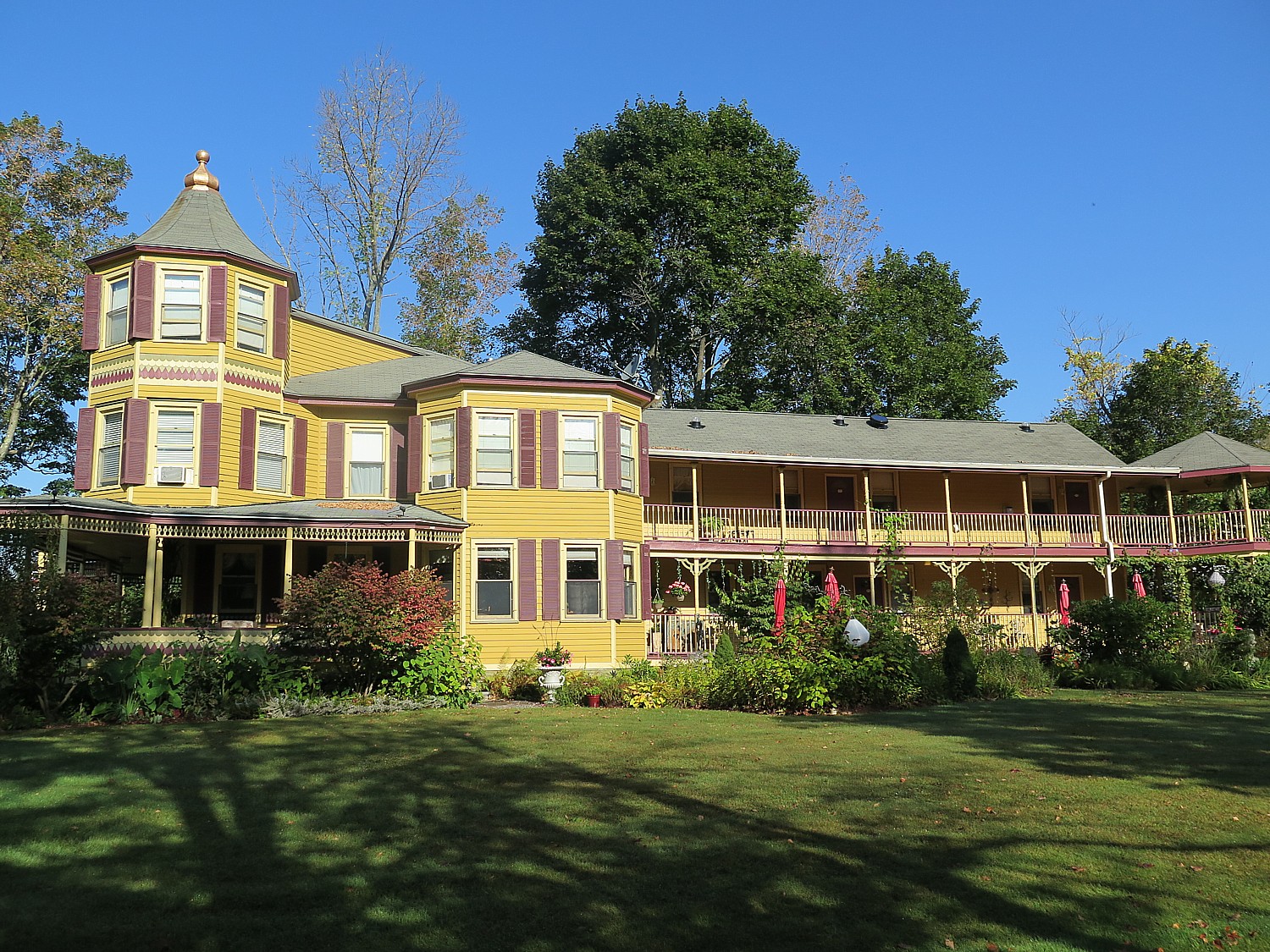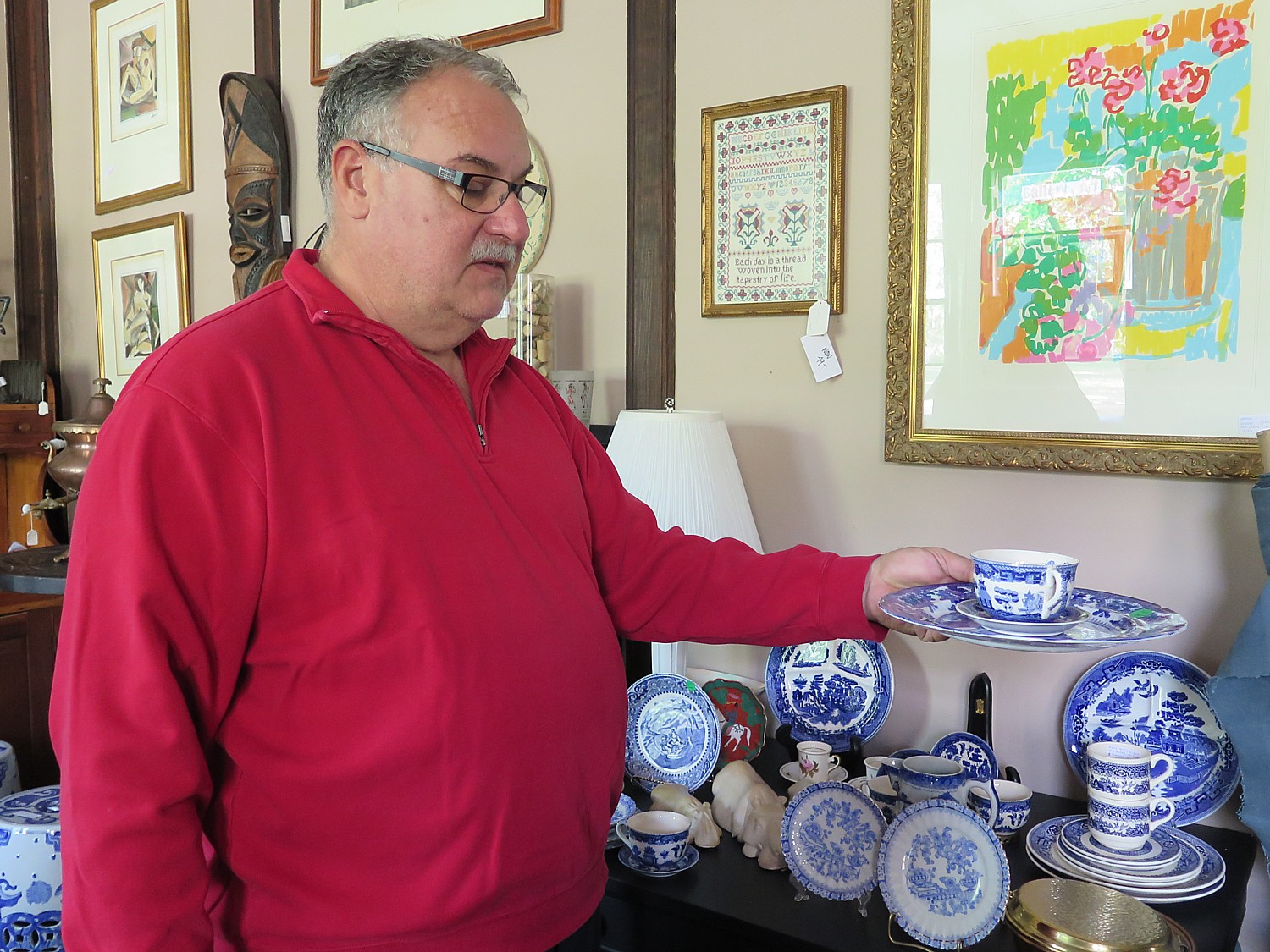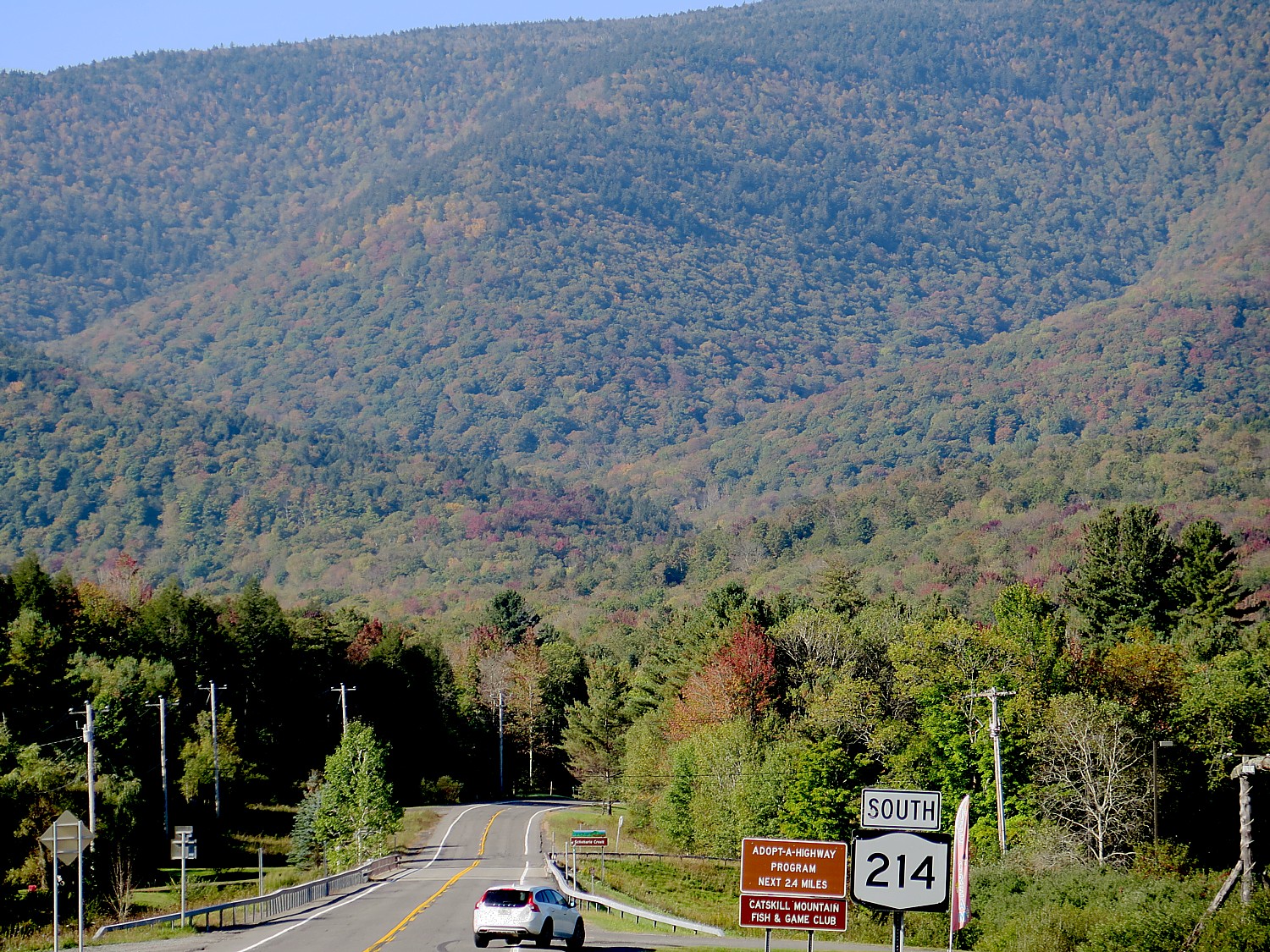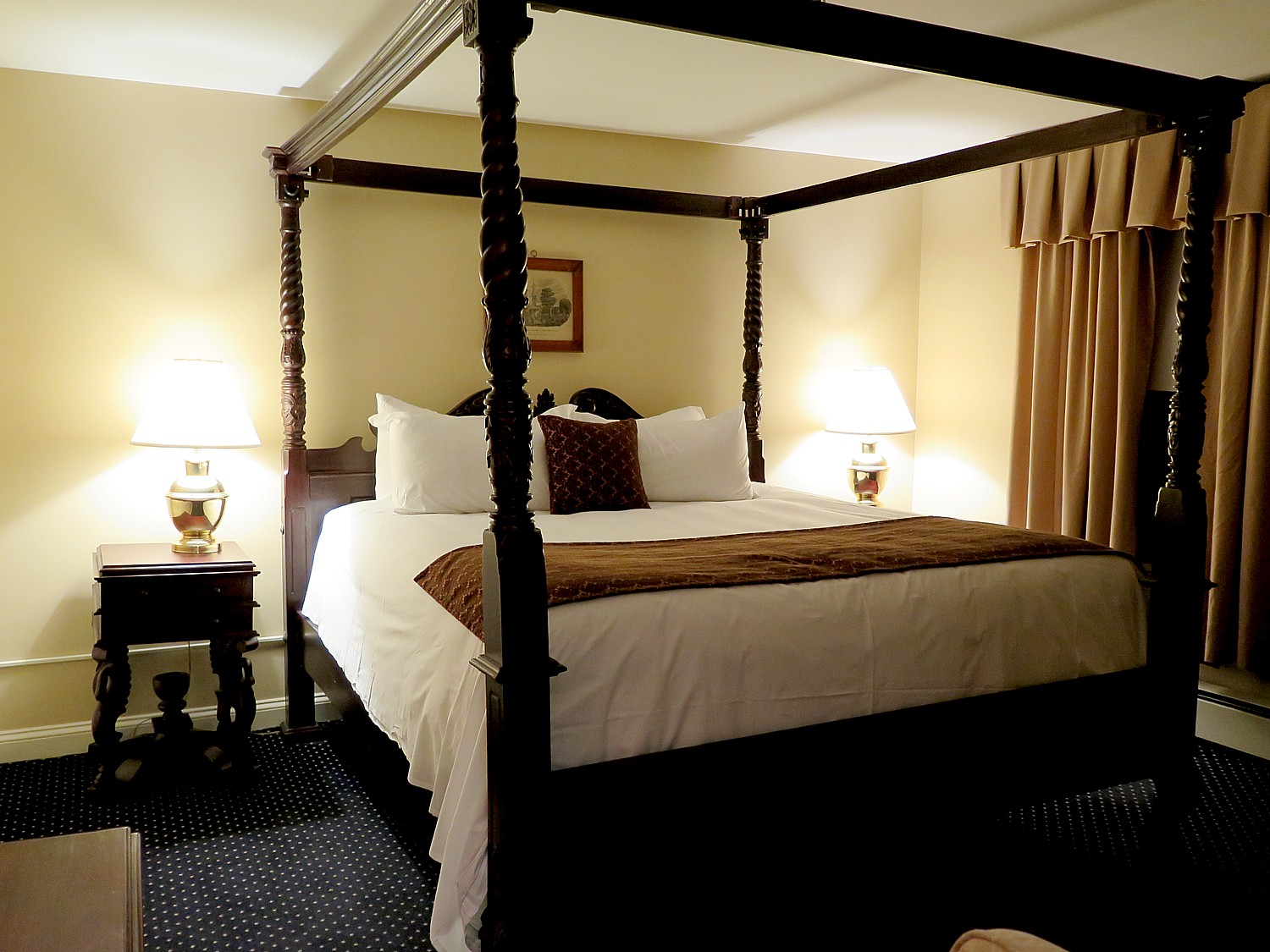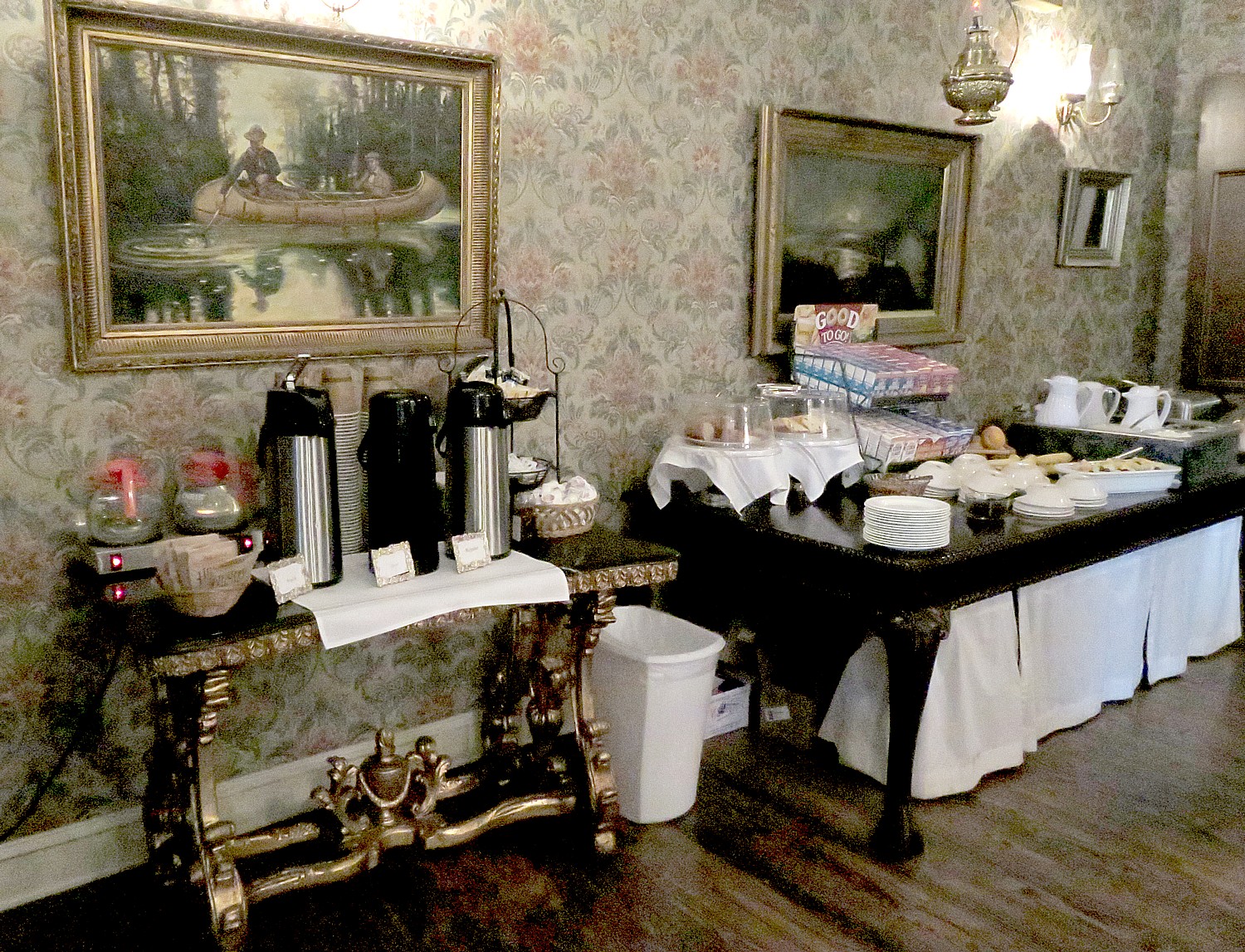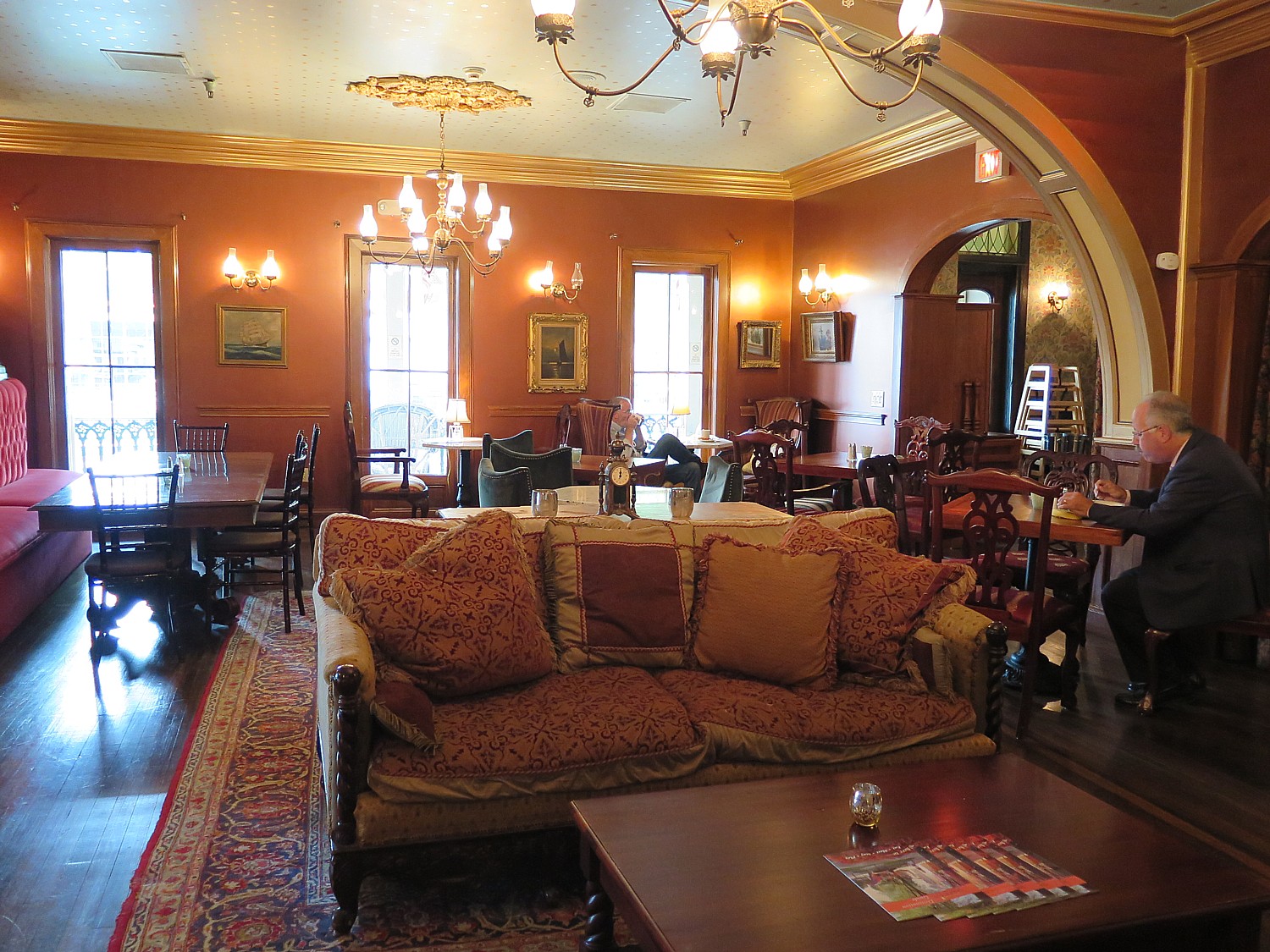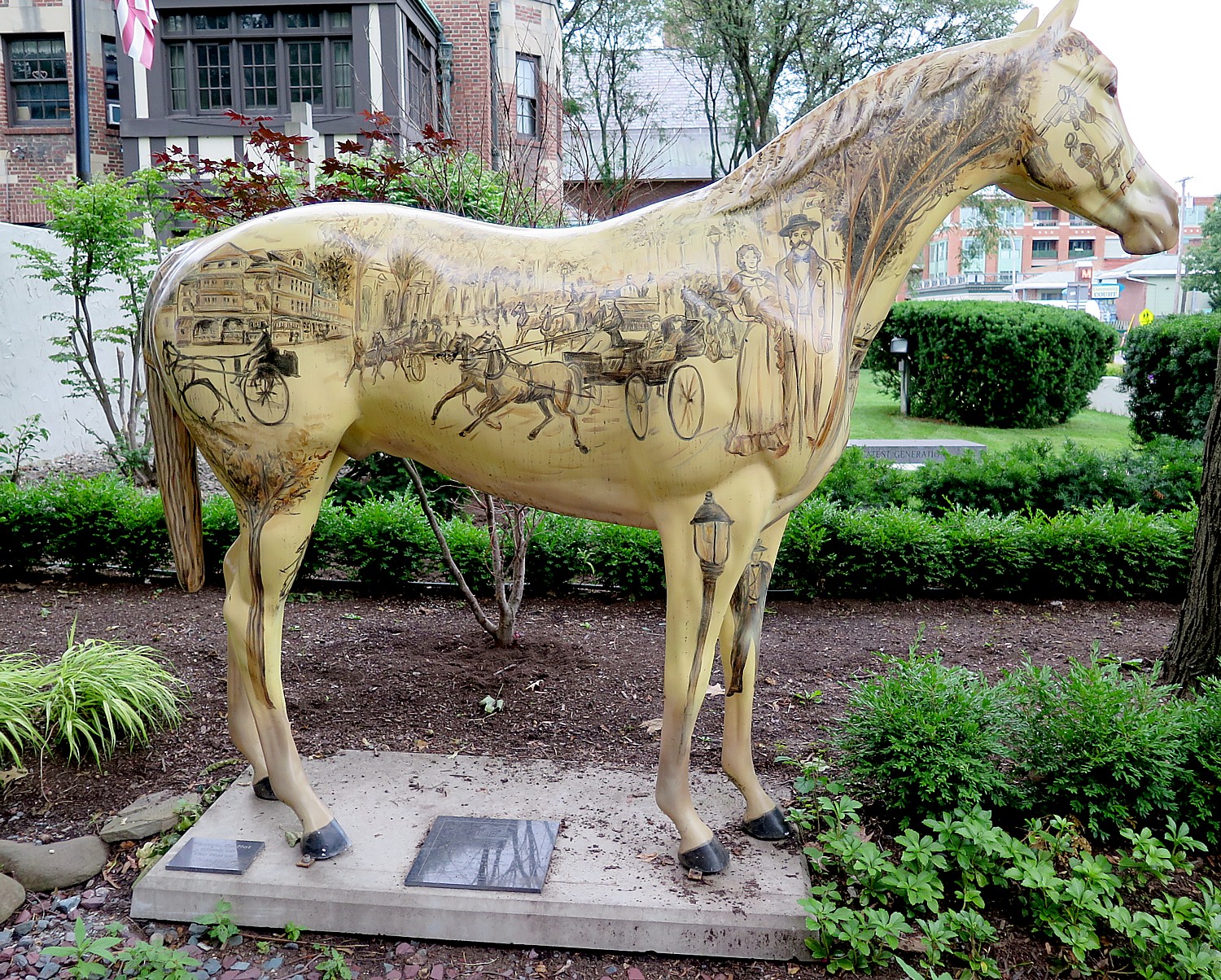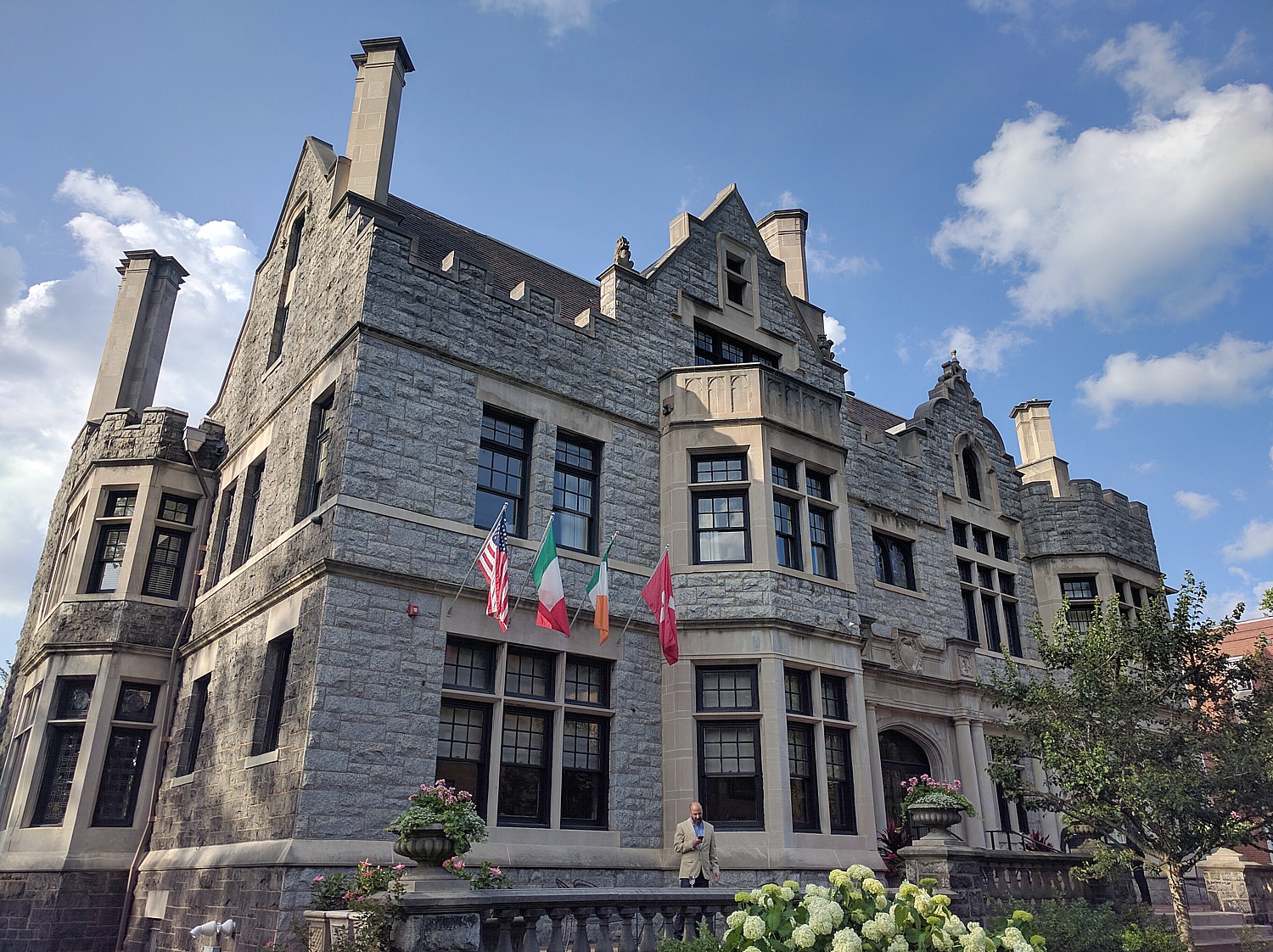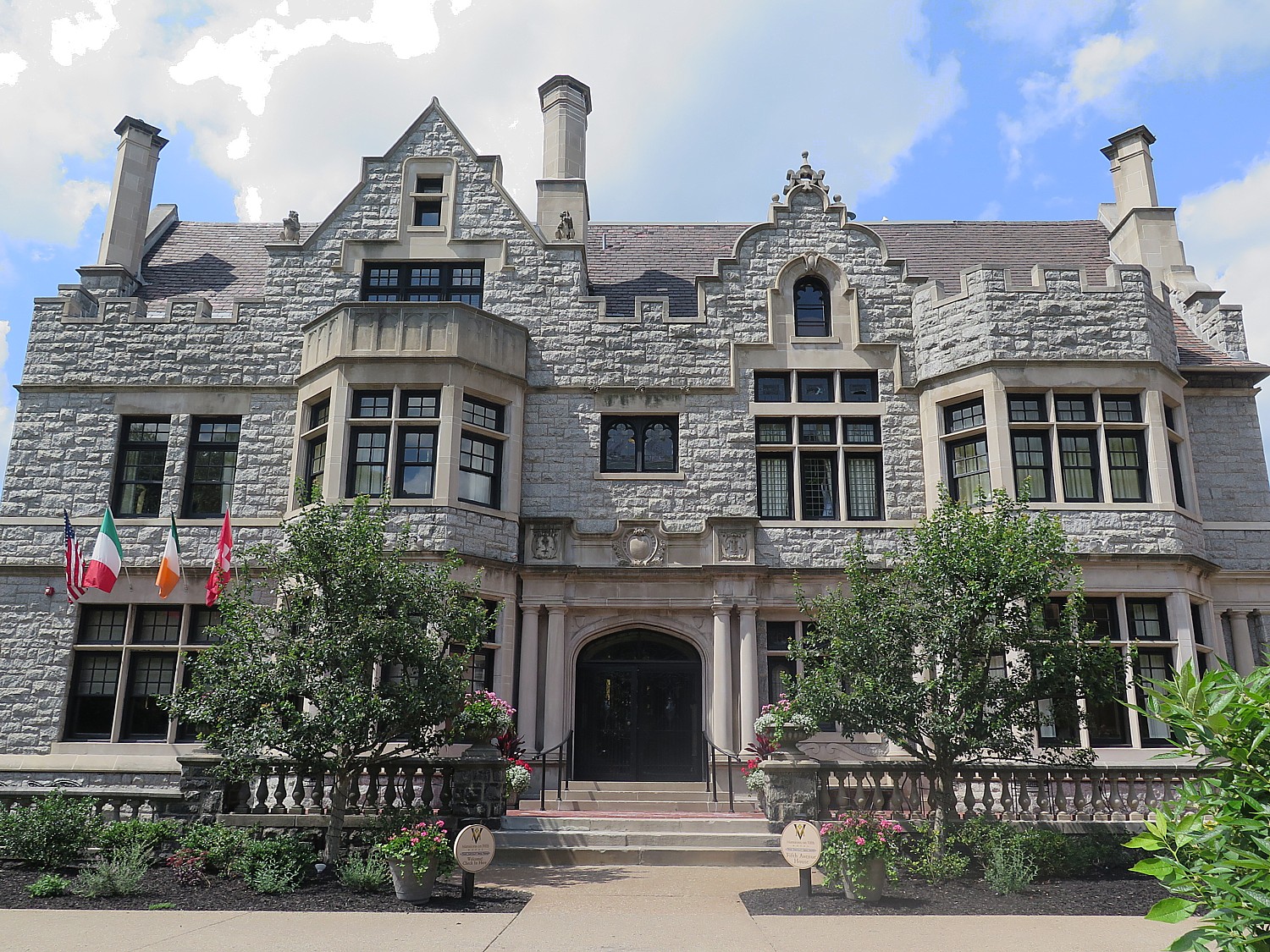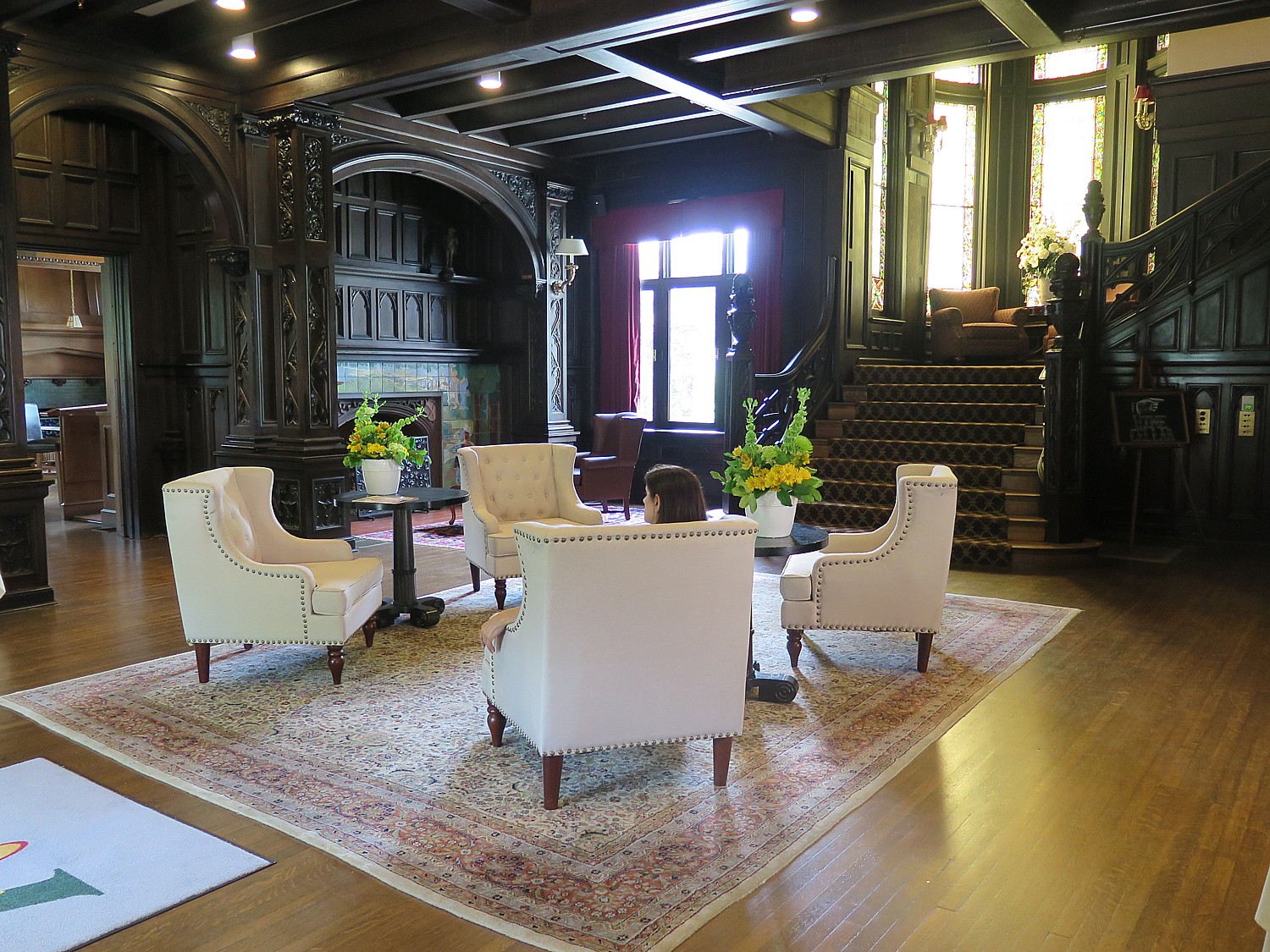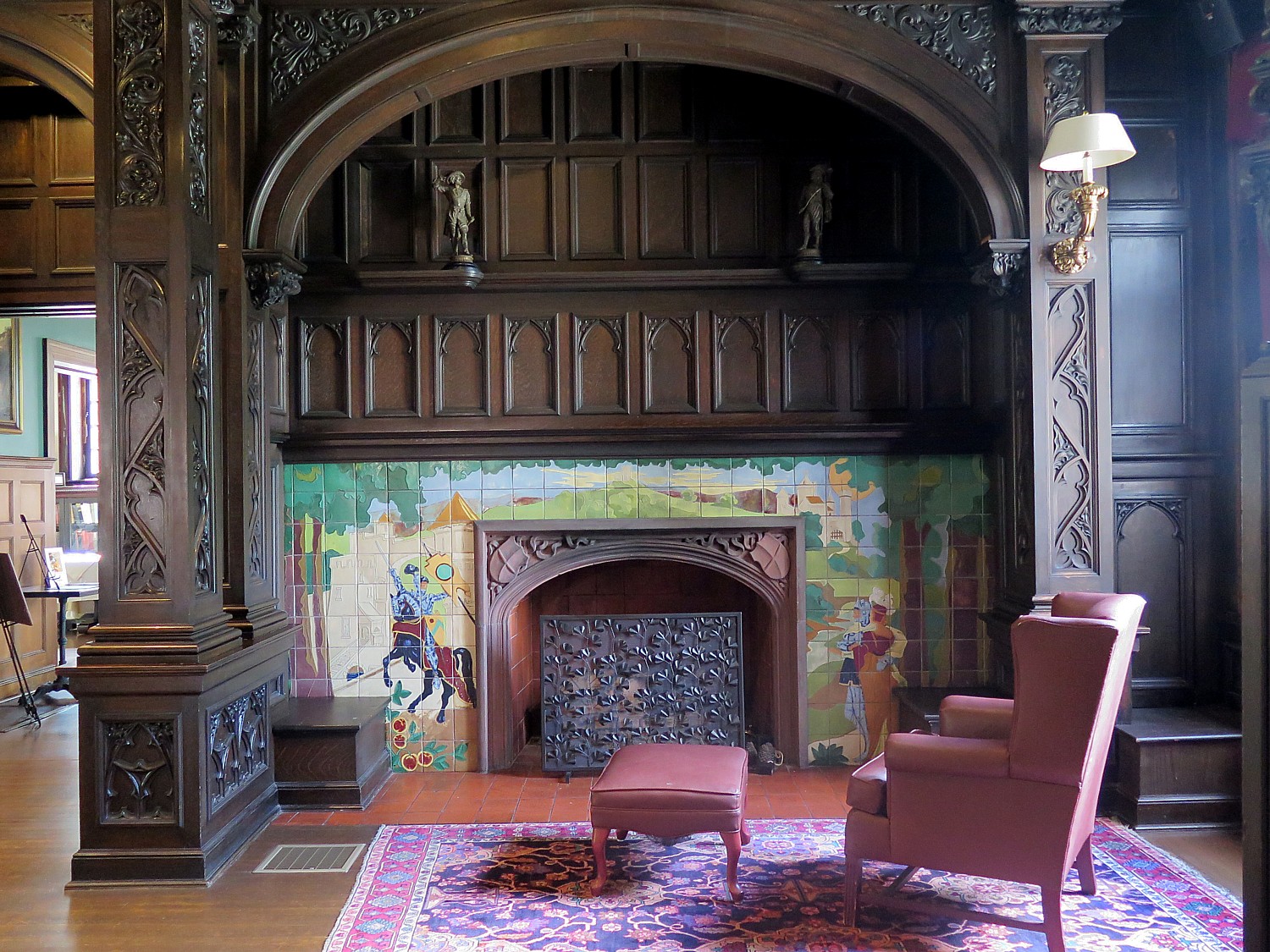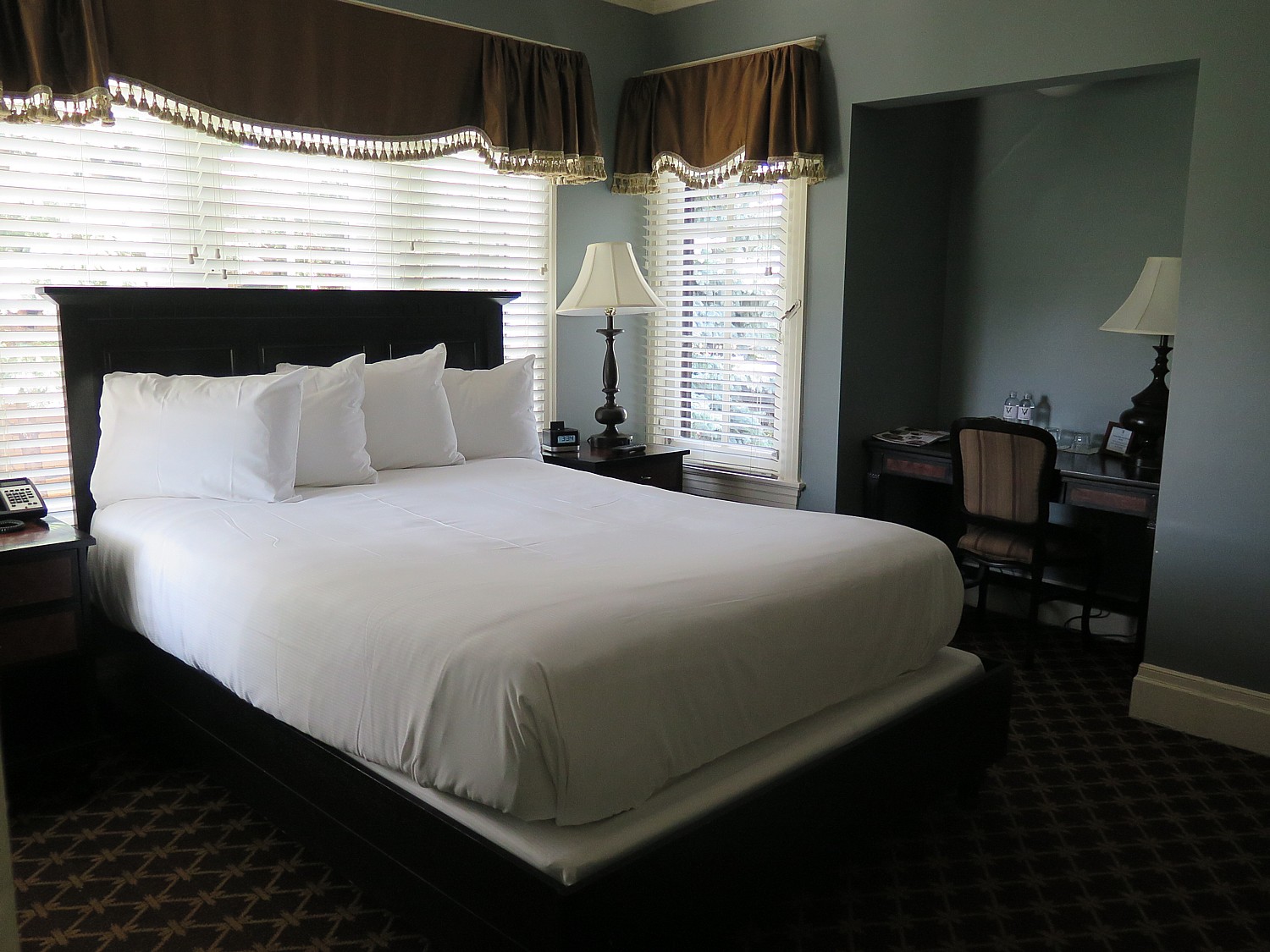
By Karen Rubin, Travel Features Syndicate, goingplacesfarandnear.com
Romance is at the heart of the Hotel Napoleon in Paris, the City of Love. Romance is in its genes.
The Hotel Napoleon, just steps away from the Arc D’Triomphe off the Place d’Etoile in Paris’ fashionable 8th Arrondisement, began with a love story that continues to this day.
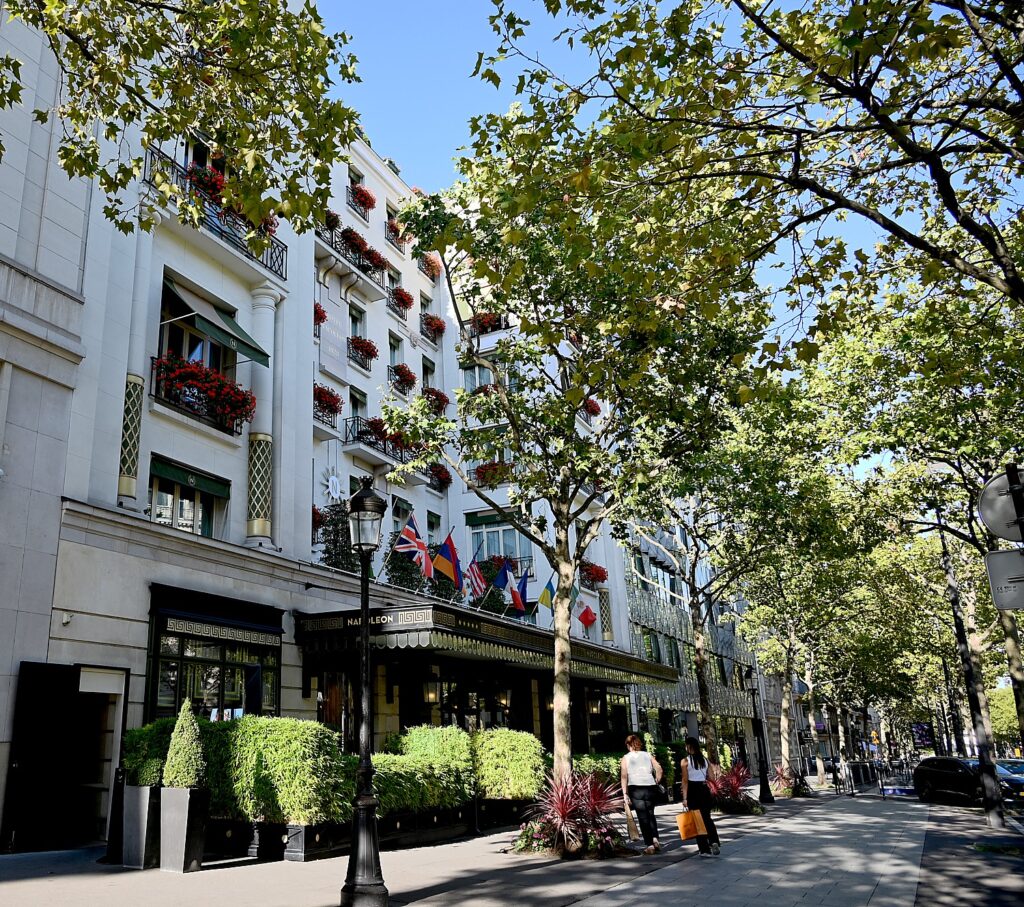
Built on the site of the former Tolstoy family mansion in Art Deco style in 1928 by architect Henri Porteau, shortly after its opening, it was bought by Alexander Pavlovitch Kliaguine, a wealthy businessman from Russia, as a wedding present for his bride. A young Parisian student of literature, they had met at a salon, and fell in love at first sight. Kliaguine wanted to provide his bride a place to entertain Parisian high society (she later became the Baroness de Baubigny) and both resided there all their lives.
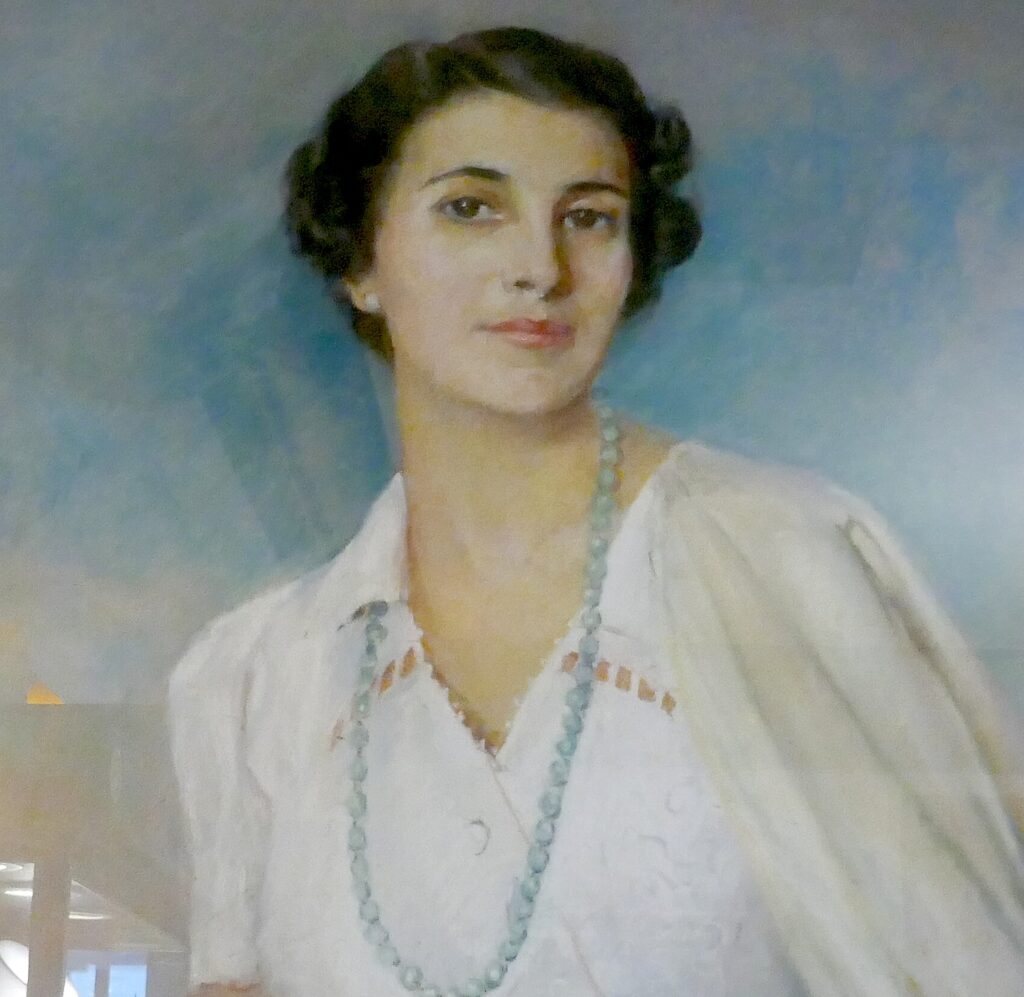
To this day, the Hotel Napoléon Paris is owned by the Kliaguine family, and a new generation Kliaguine, now the general manager, still lives in the hotel with his family. Indeed, the hotel, a member of Historic Hotels Worldwide, was named to its The 2022 Top 25 Historic Hotels Worldwide Most Romantic Hotels
And as Kliaguine had promised his bride, the Hotel Napoleon became a popular gathering place for Paris’ social elite and illustrious artistic and literary expatriates (“The Lost Generation”): F. Scott Fitzgerald, Gertrude Stein, Ernest Hemingway, John Steinbeck, Salvador Dali, Pablo Picasso, Orson Welles, Errol Flynn (who nicknamed the Napoleon “The Place”), Miles Davis, Josephine Baker and Ella Fitzgerald, who signed its Golden Book.
This all prompts images of Woody Allen’s “Midnight in Paris,” (where a nostalgic screenwriter finds himself mysteriously going back to the 1920s every day at midnight), and the Algonquin Hotel in New York (famous for its Algonquin Round Table of New York City writers, critics, actors, and wits) to dance in my mind.
The hotel has appeared in movies, such as Jean Gabin’s 1930’s movies and even had a star turn in, Le Cave se rebiffe (1961), where the character played by Jean Gabin, one of French cinema’s greatest stars, declares he is staying at The Napoléon, “as always”.

The exterior of the seven-story hotel may be Art Deco, but the atmosphere of this luxury boutique hotel will put in mind not of the Jazz Age or Art Deco, but the elegance of the Empire Period of Napoleon.
The Napoléon Bonaparte opened in 1928 as a “hôtel de charme” (a small distinctive hotel or boutique hotel) and only a year later, in 1929, reached the grade of “petit palace” and was renamed Napoléon Paris for its location steps away from the Arc de Triomphe. It was designated a five-star hotel by the French Agency of Tourist Development in 2013.
It is perfection that the historic Hotel Napoleon is just steps away from the Arc D’Triomphe, along Avenue de Friedland, one of the 12 boulevards that radiate from the Place Etoile and just one over from the famous Champs Elysee in the toniest of Parisian neighborhoods, you might as well be in “Midnight in Paris,’ the way you feel transported back into France’s Empire period of Napoleon with its furnishings and collection of 400 historic paintings.
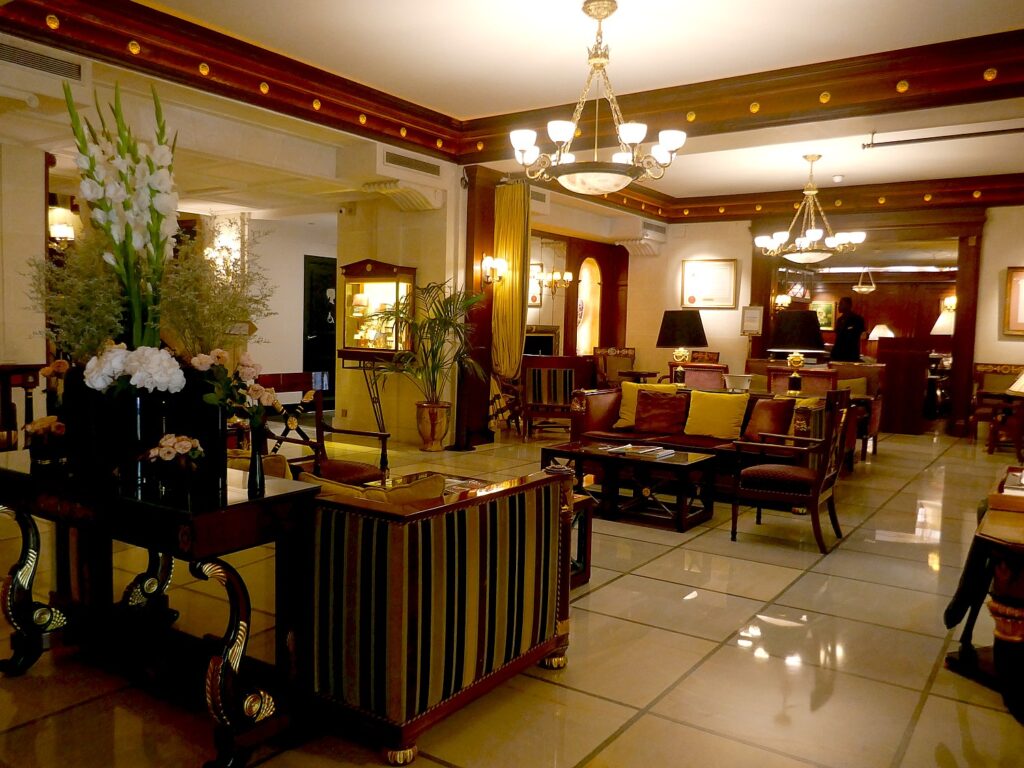
The boutique hotel is elegant, yet intimate and comfortable. You feel more like you are invited to into a gracious mansion or even that you are occupying your own grand Paris flat in the toniest of Parisian neighborhoods, the fashionable 89th Arrondissement. The Napoleon has remained an undeniably romantic retreat, offering private terraces with views of the Eiffel Tower or Arc de Triomphe and an enviable location in the Triangle d’Or.
You can’t help but swoon at the collection of art which is also featured in the sumptuous guestrooms and suites inspired by Parisian Empire design by interior design firm Malphettes & Biz.

The Napoleon boasts more suites (57) than hotel rooms (39), recently refreshed and renovated. Each is individually decorated and blends the extravagance of Empire design with contemporary elegance. Each has fine furnishings, sumptuous linens, grand drapery, lush fabrics and wallpaper, striking artwork, and luxurious marble-and-mahogany bathrooms, stocked with Nuxe luxury skincare products.
Some of the terrace suites overlook the Arc de Triomphe or the Eiffel Tower, while others provide views of Avenue de Friedland or the flowers of the inner courtyard. Seven of the rooms have a terrace and four have a balcony.
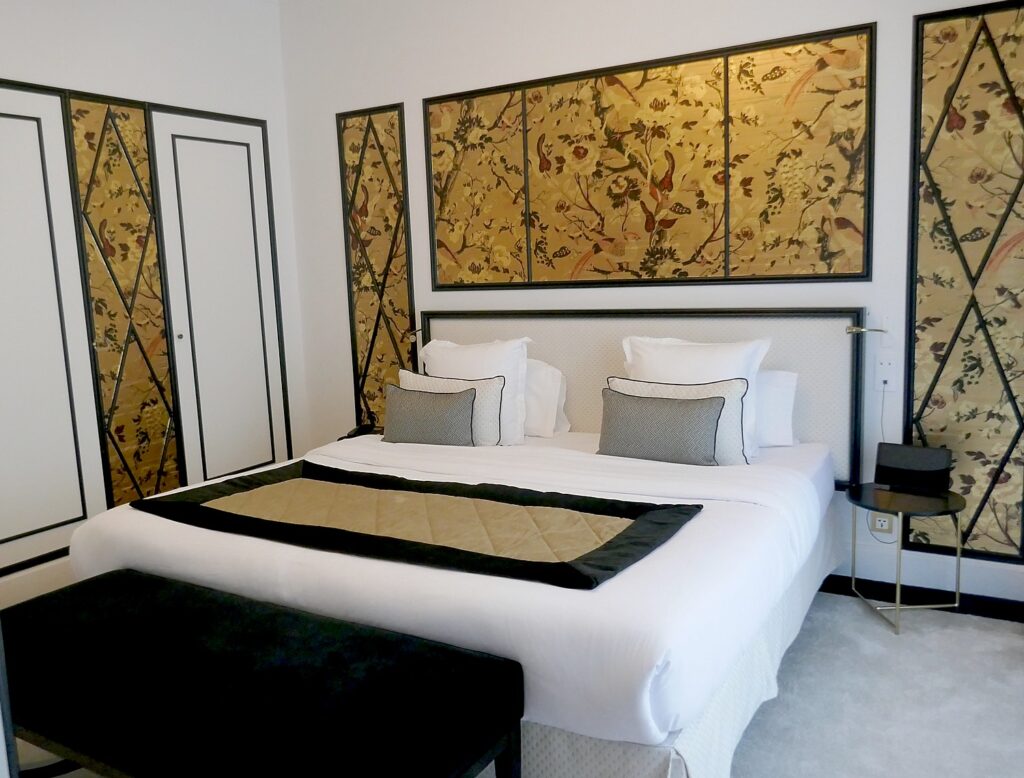
Suite 319-320 is opulently decorated with Chinese black-and-gold wallpaper. The most luxurious suite, 618, is named for Josephine – not Napoleon’s wife, but Josephine Baker.
There are niceties including a refrigerator stocked with snacks and soft drinks and juice that are replenished each day at no charge and free WiFi.
A battery of concierges who are members of the prestigious Les Clefs d’Or readily share knowledge of the city, make you feel really at home and get the most of the precious time you have in Paris. The hotel can even arrange child care. And small pets are welcome.
The Napoleon has a gracious lobby, a lovely dining room (which before COVID served as a restaurant, but is where breakfast is served), and a lovely bar, the 1807, with outdoor terrace which serves as an outdoor café.

The tradition of celebrities staying at this intimate hotel is maintained, with a photo gallery of autographed photos of sports heroes– some who stayed here, some who were friends of the owner – outside the 7th floor fitness room (and what a fitness room it is!).
The Napoleon Hotel offers a selection of massages and treatments, available in the spa or in your room (daily from 9am to 9pm) and can be booked before your arrival or directly with the concierge.
There is also a very pleasant (and private) courtyard and for convenience of guests. Another luxury: a number of parking spots in front of the hotel (41E/day) and EV charging stations.
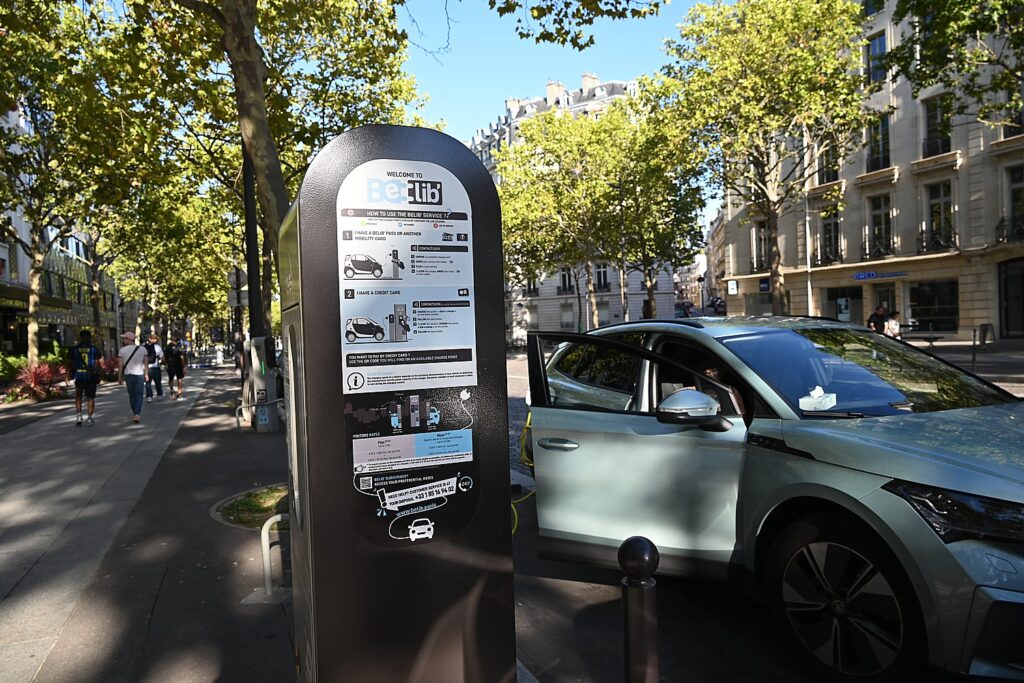
Hotel Napoleon Paris offers packages, such as Romance in Paris includes Champagne, chocolates, and flowers; the Family package features connecting rooms.
The hotel is walking distance to everything on the first part of my four-day itinerary.
And so, on this first afternoon after I arrive by train from Strasbourg at the end of my European Waterways canal cruise through the Alsace Lorraine and pop out of the metro station at Place Etoile, I drop my bags in my room and set out to explore the Arc d’Triomphe, stroll the Champs Elysee, and walk along the quai of the Seine for the exquisite views of the Eiffel tower at sunset into the night.
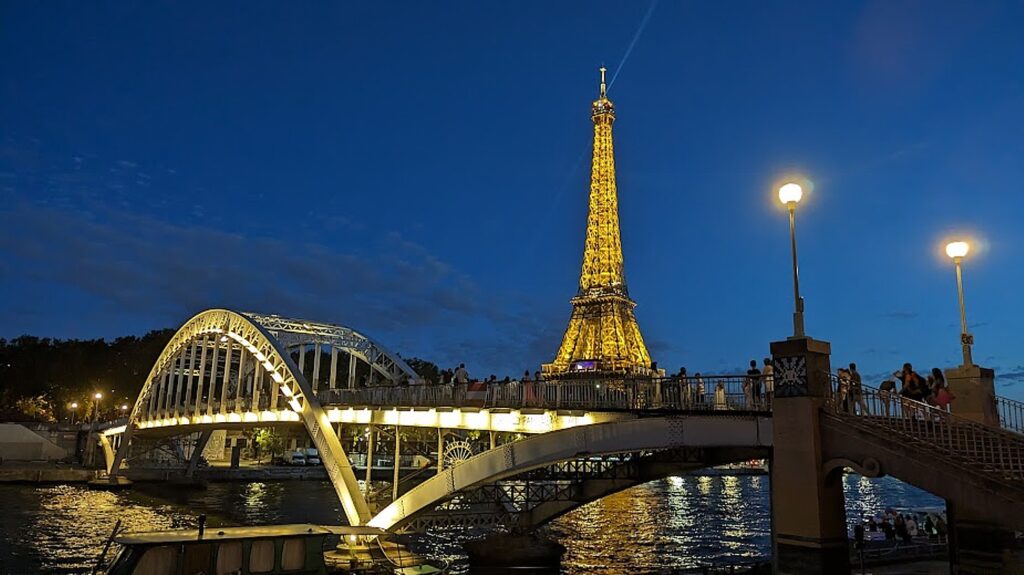
I stroll back to the hotel along the grand Champs Élysées– the view up to the Arch at night is so dramatic – and for my brief time in the city, live a very Parisian experience. And the Empire ambiance completes the fantasy.
Midnight in Paris, indeed.
Hôtel Napoléon Paris 5,40, av. de Friedland 75008 Paris, Direct phone +33156684480, www.hotelnapoleon.com, https://www.historichotels.org/hotels-resorts/hotel-napoleon-paris/ https://preferredhotels.com/hotels/france/hotel-napoleon-paris
Historic Hotels Worldwide
The Hotel Napoleon is a member of Historic Hotels Worldwide since 2011, the sister collection of Historic Hotels Worldwide®, a prestigious collection of more than 350 legendary historic hotels including many that were once castles, chateaus, palaces, academies, haciendas, villas, monasteries spanning ten centuries. Historic Hotels Worldwide recognizes authentic cultural treasures that demonstrate exemplary historic preservation and their inspired architecture, cultural traditions, and authentic cuisine, and in this way, preserves them.
To be nominated and selected for induction into Historic Hotels Worldwide, historical lodging properties must be at least 75 years old; utilize historic accommodations; serve as the former home or be located on the grounds of the former home of famous persons, or be a significant location for a historic event; be located in or within walking distance of a historic district, historically significant landmark, place of a historic event, or a historic city center; be recognized by a local preservation organization or national trust; and display historic memorabilia, artwork, photography, and other examples of its historic significance.
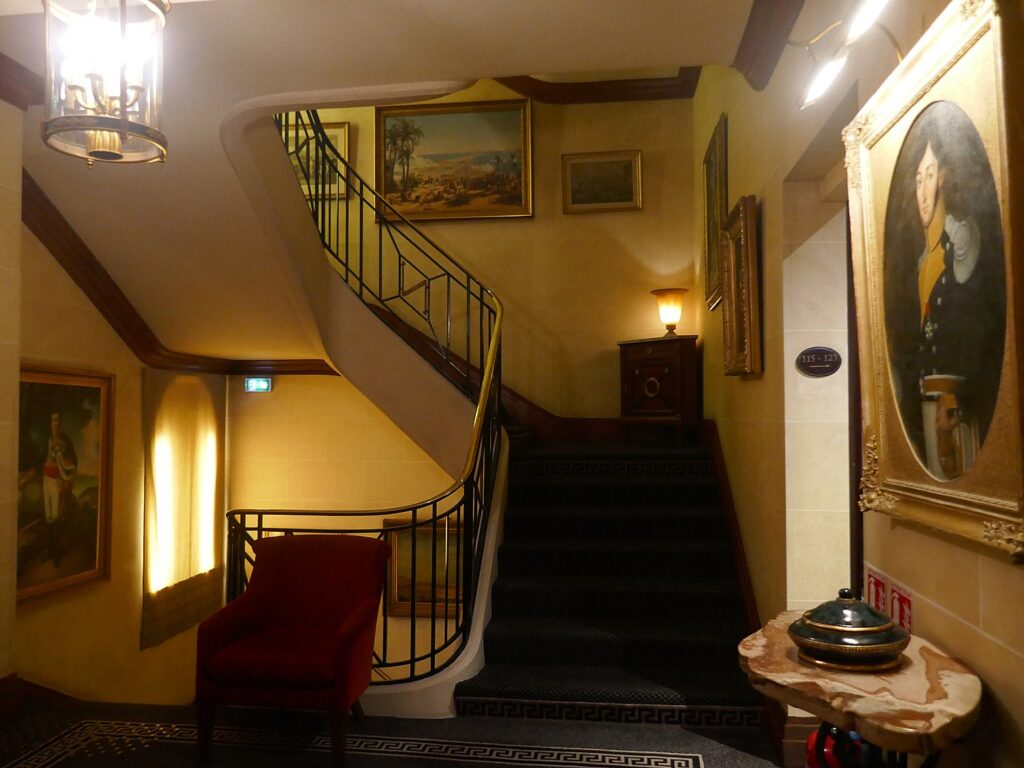
These historic hotels are in diverse cultural settings: a 12th-century castle set among the rolling hills, prehistoric monuments, and Celtic landmarks of Ireland’s Ancient Eastin, (Kilkea Castle, Castledermot Ireland, circa 1180); a medieval village nestled in the Tuscan countryside that dates back to the 11th century (La Bagnaia Golf & Spa Resort Siena, Curio Collection by Hilton, Siena, Italy circa 1081), a 1650 manor house which was the former summer residence of Eugénie de Montijo, Empress of France and wife of Napoleon III (Hotel Claude Marbella, Marbella, Spain).
Travelers can find and book these historic hotels them at HistoricHotels.org, which since 2012 has served as a global travel website, or call 1-800-678-8946. The Annual Directory can be found by visiting HistoricHotels.org/Directory. More information at HistoricHotelsWorldwide.com.
Must Plan in Advance
The days of just showing up in a city as popular and as culturally rich as Paris are over – and not just because the Olympics are coming to Paris this summer. There is no longer a “shoulder” or “off” season. Lines for tickets at attractions can take literally hours, or you can be shut out altogether as capacity is reached. And this caveat is especially the case this year: Paris (with 85,000 hotel rooms) is expecting about 15 million visitors as it hosts the Olympics (July 26-August 11) and Paralympics (August 28-Sept. 8. Other events to keep in mind: Tour de France, from June 29 to July 21; and Tour de France Femmes, from August 12 to 18.
As soon as you know your dates for travel, book your hotel, and pre-purchase timed tickets directly with the attractions you most want to see.
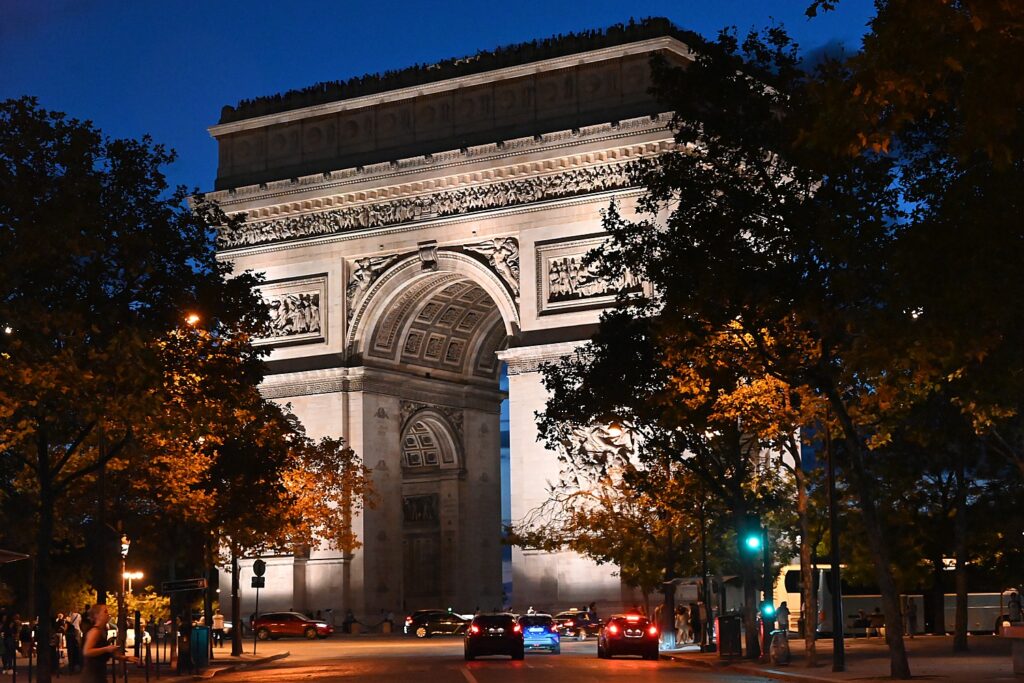
Even better, purchase a Paris Museums ticket, which provides admission to 55 different museums (34 within Paris and another 11 in the Paris region), including the Arc de Triomphe, the Eiffel Tower, Le Louvre and Musee d’Orsay – but you still need to pre-book a timed ticket and go through security (which also takes time). You can purchase the pass according to the number of days: 2 (E35), 4 (E70), and 6 (E85), which not only saves time (priceless), but money on buying tickets individually (https://www.parismuseumpass.fr/t-en).
There is also a Paris Pass through GoCity.com, which adds on attractions and experiences (the Paris Museum pass is included) for a total of 90. Among the experiences: Seine river cruises on the famous bateaux mouches (E18 if purchased separately); Perfume mini workshop by Fragonard (29E); French wine tasting at Les Caves du Louvre (E36); and even Ballon de Paris Generali, where you fly over Paris on the world’s largest balloon at 150 meters altitude (E20 ticket value).
The pass can save up to 50 percent off purchasing tickets individually. It comes with a GoCity app that lets you plan your visit and book your ticket. You sync your All-Inclusive Pass with the Go City app and download your Paris Museum Pass (parispass.com).
More planning help from the Paris Tourist Office, https://parisjetaime.com/eng/. Online ticketing at https://parisjetaime.com/eng/tickets.
___________________________
© 2024 Travel Features Syndicate, a division of Workstyles, Inc. All rights reserved. Visit goingplacesfarandnear.com and travelwritersmagazine.com/TravelFeaturesSyndicate/. Blogging at goingplacesnearandfar.wordpress.com and moralcompasstravel.info. Visit instagram.com/going_places_far_and_near and instagram.com/bigbackpacktraveler/ Send comments or questions to [email protected]. Tweet @TravelFeatures. ‘Like’ us at facebook.com/NewsPhotoFeatures
